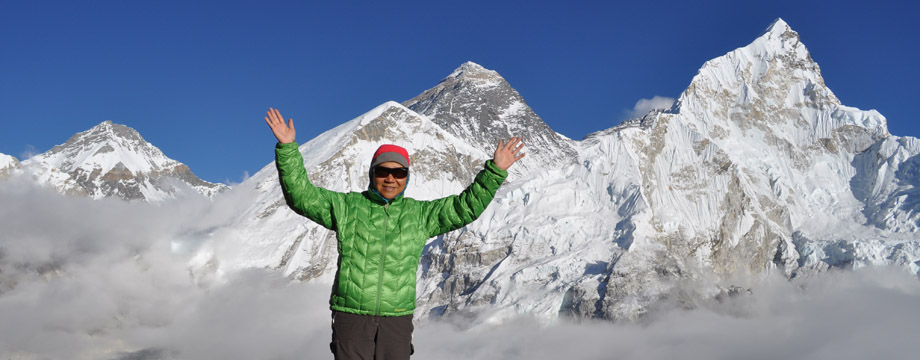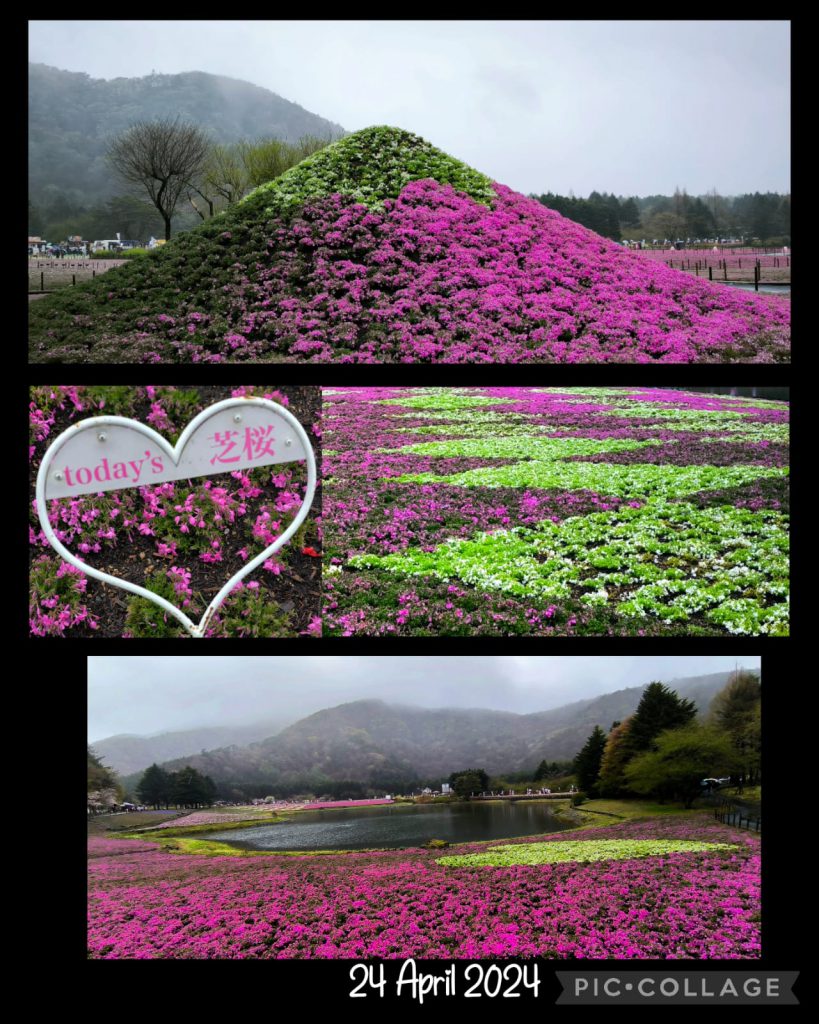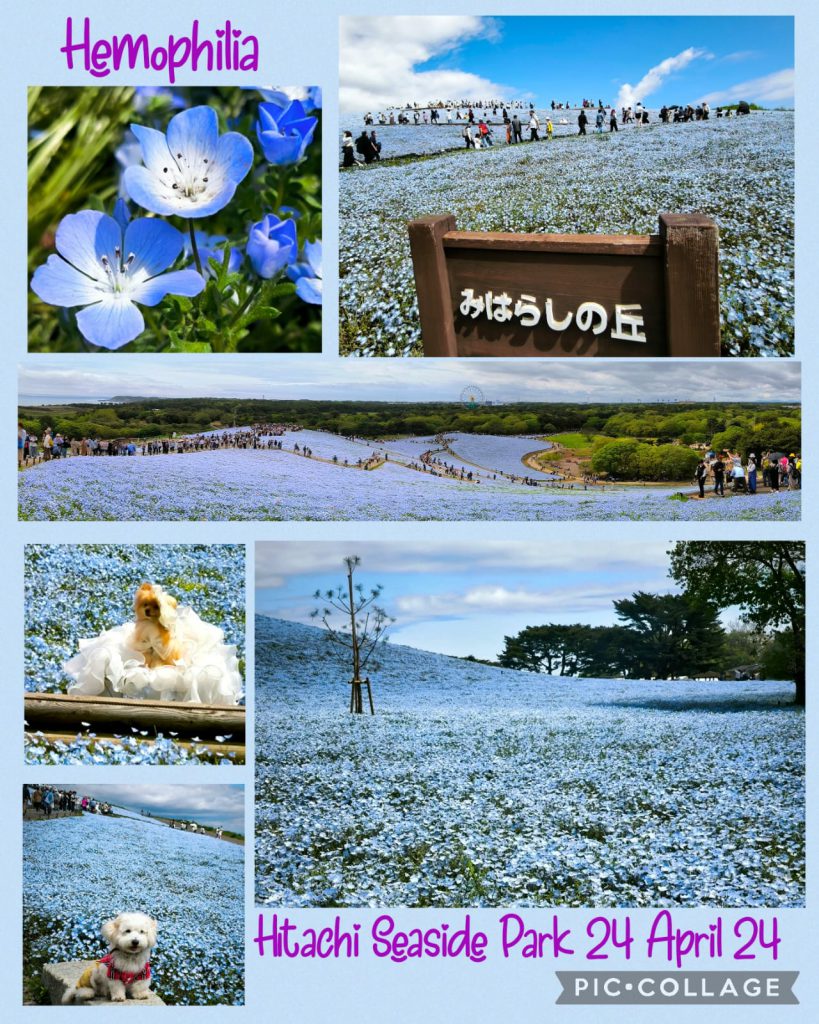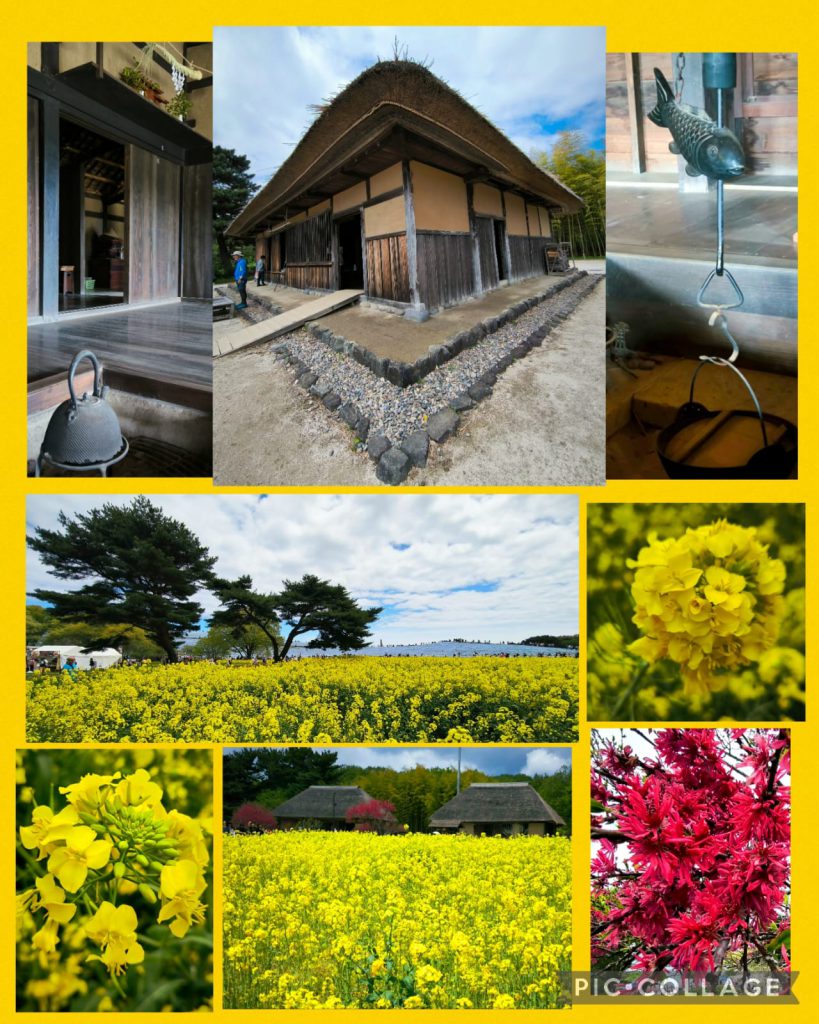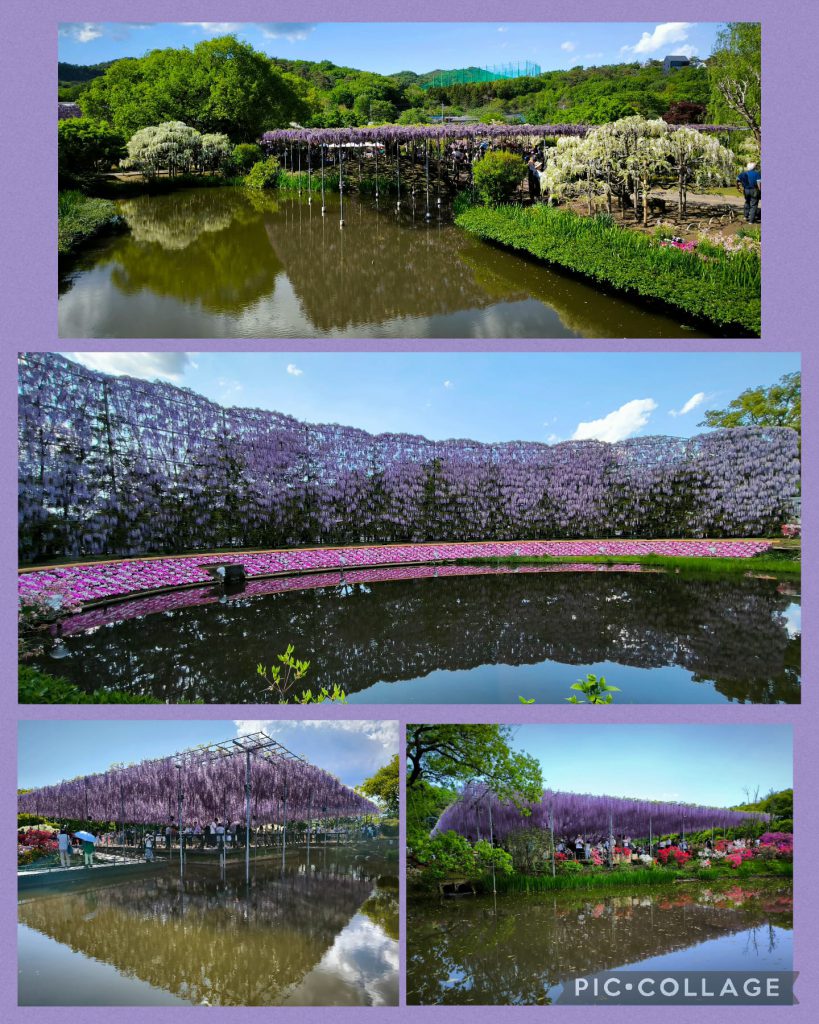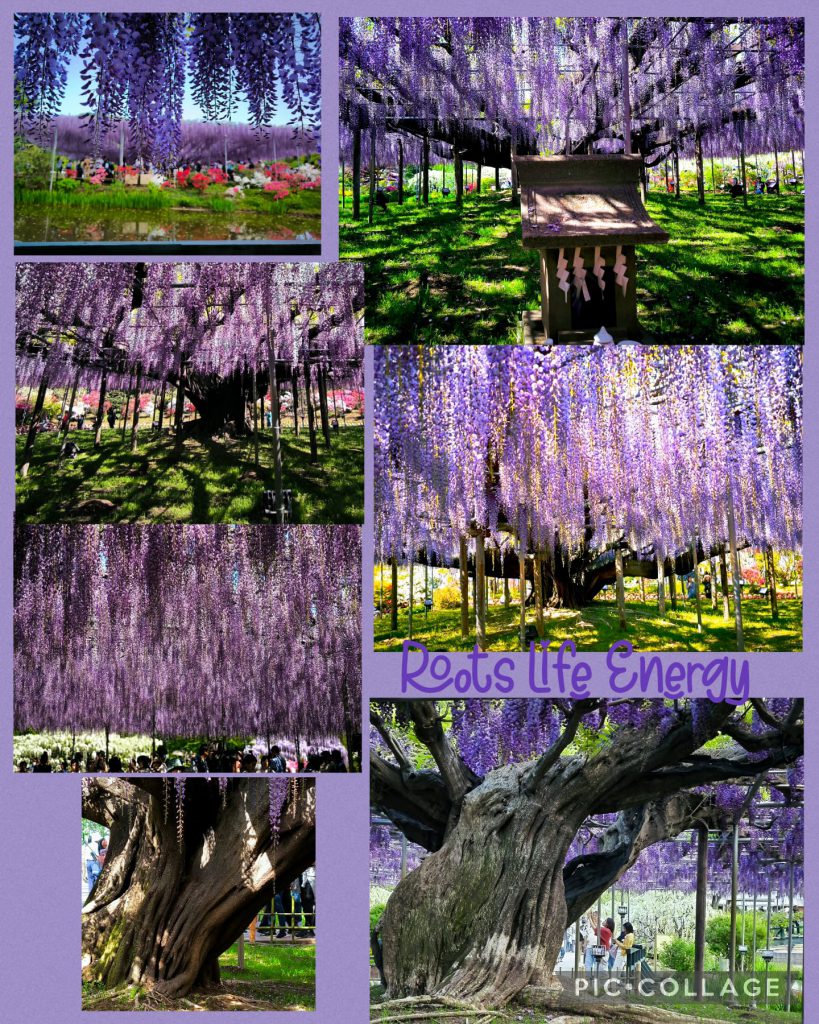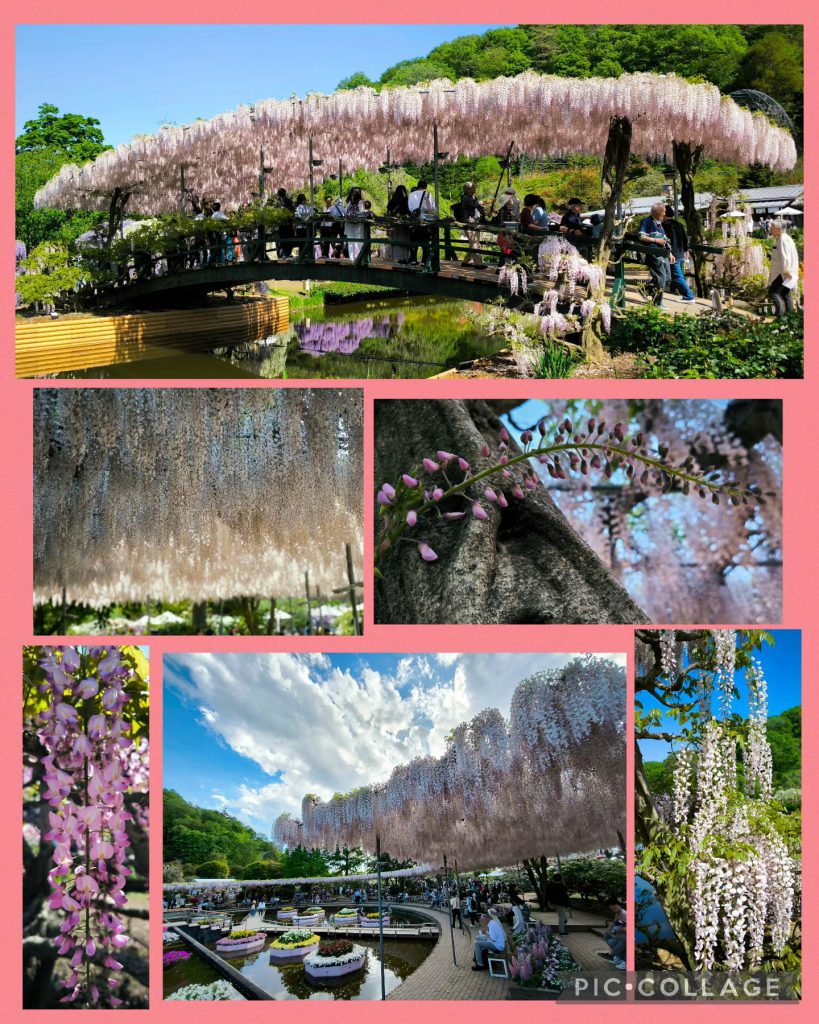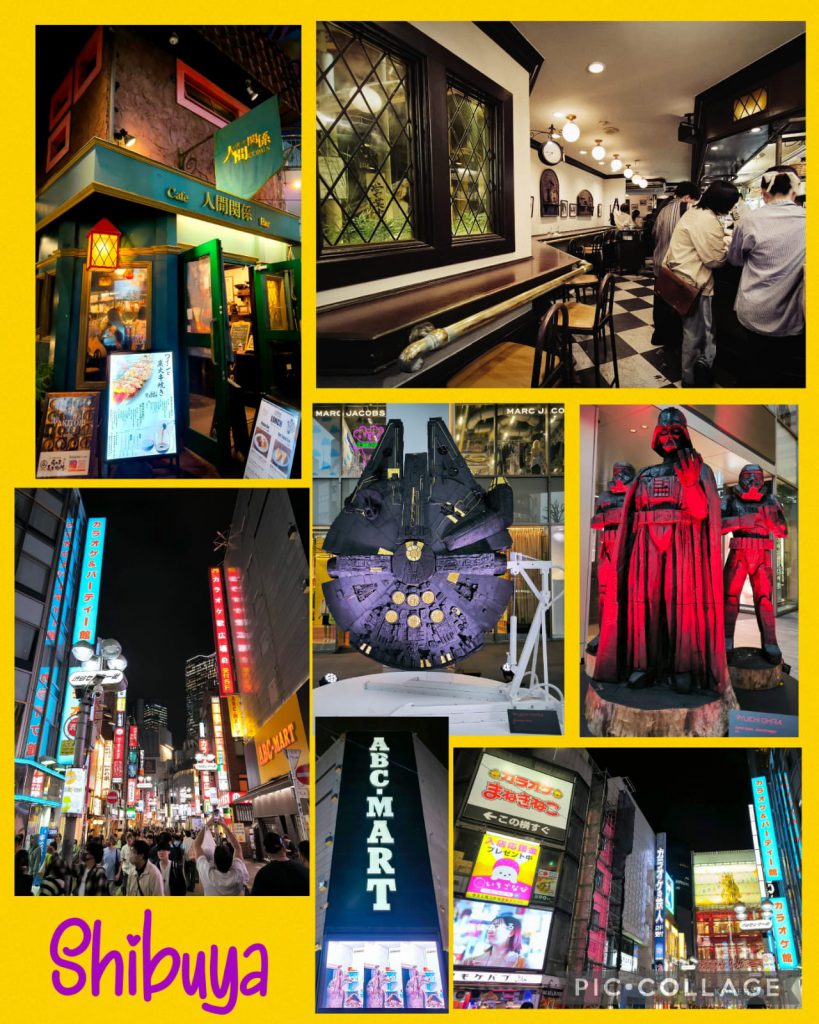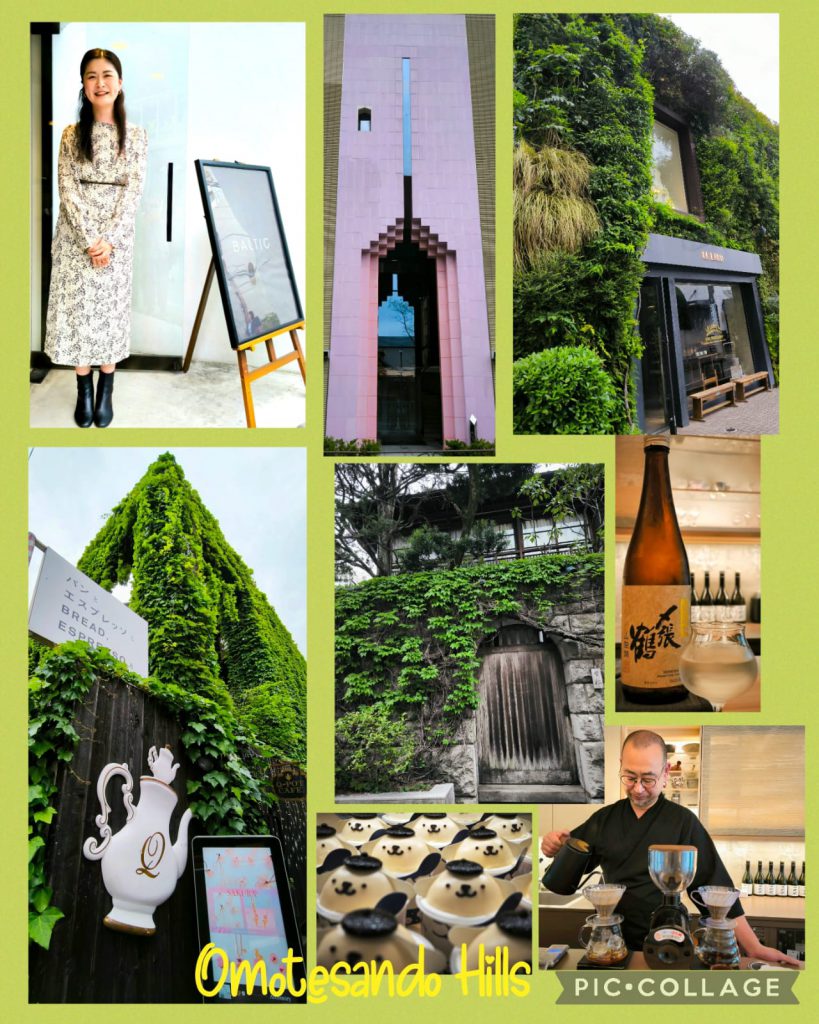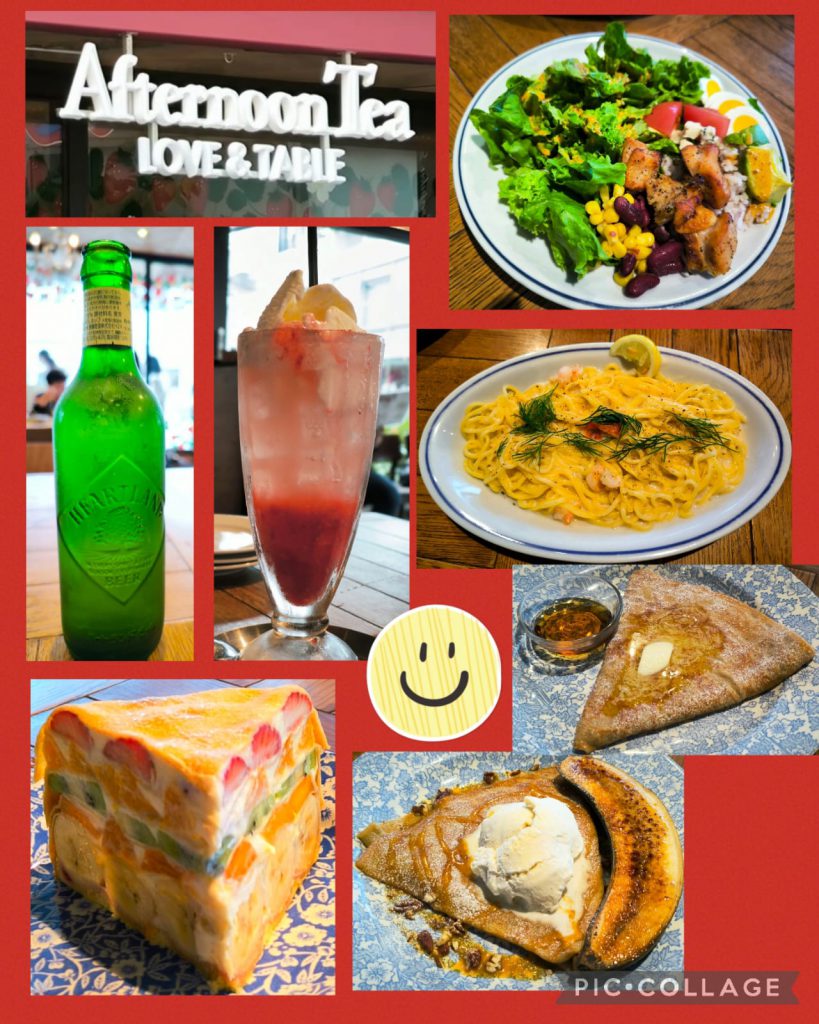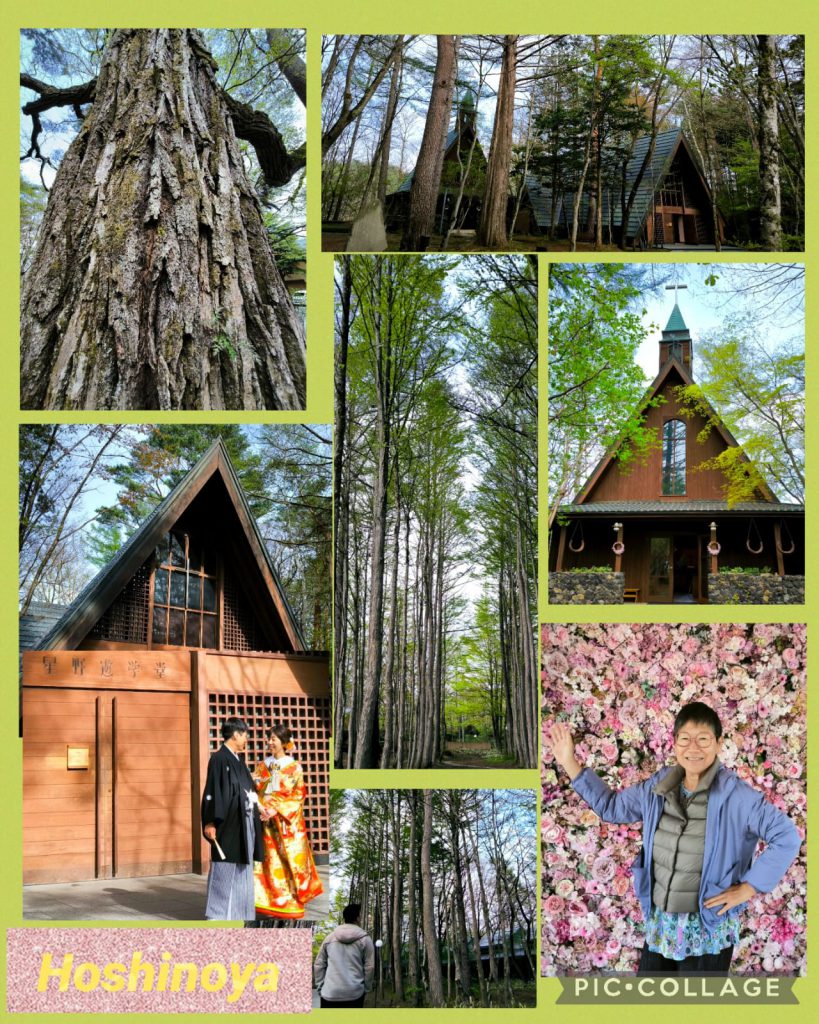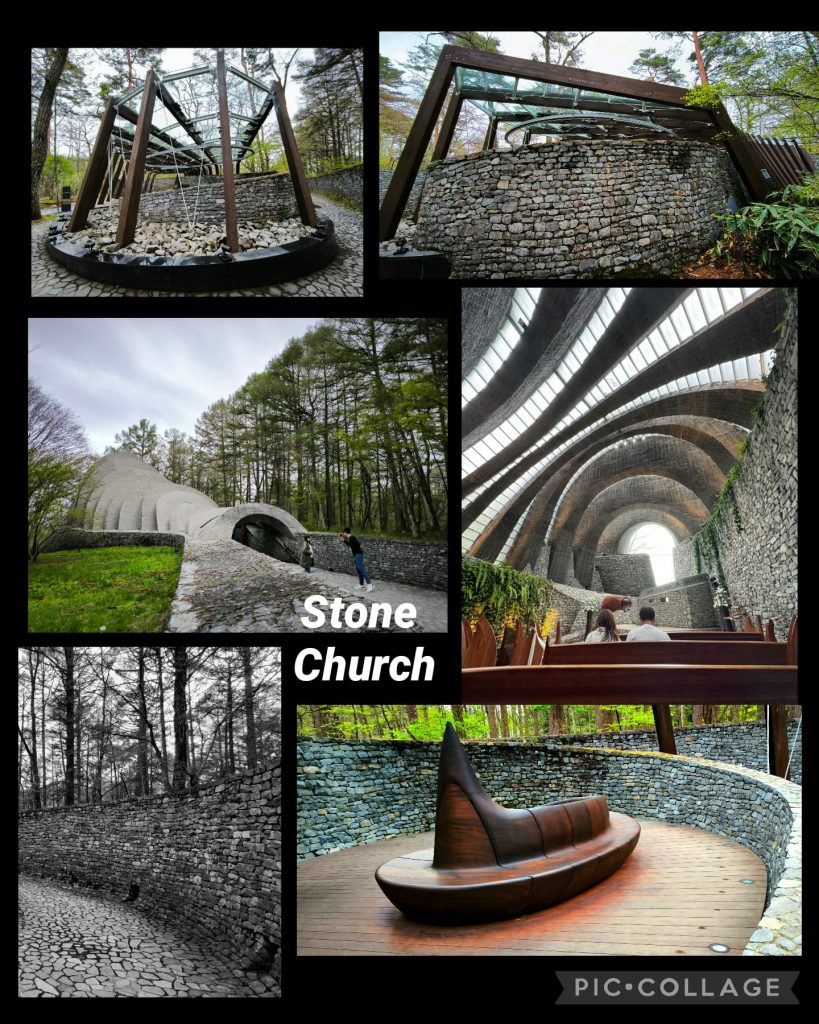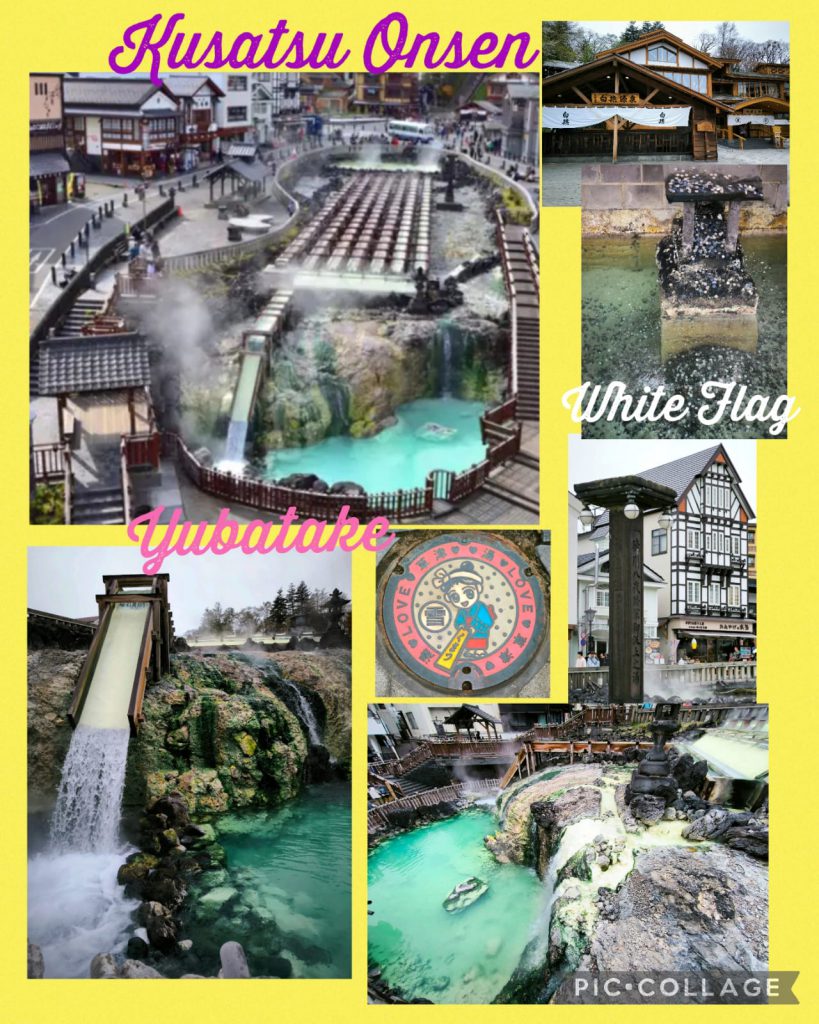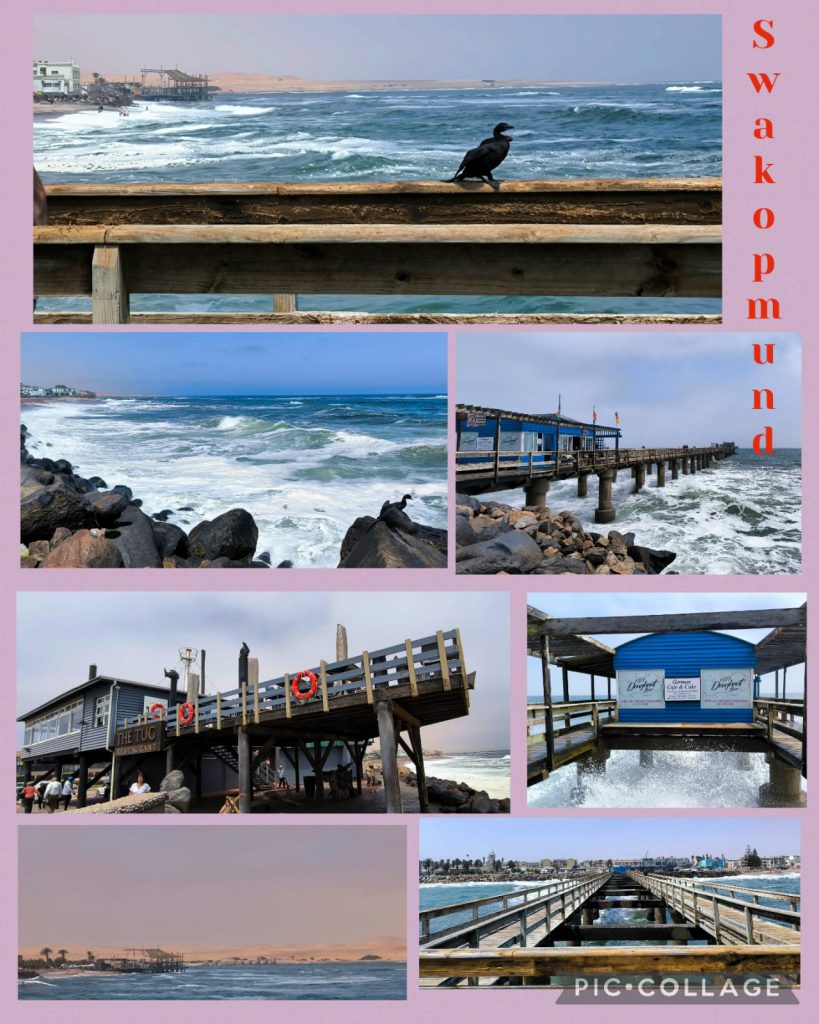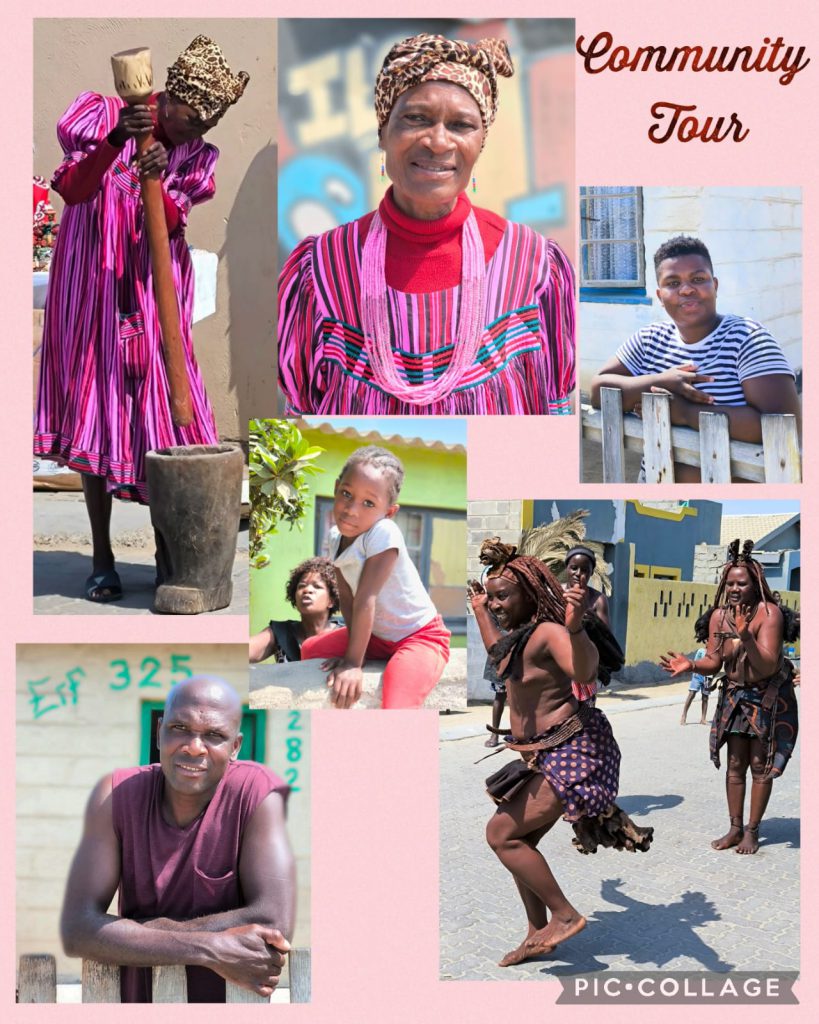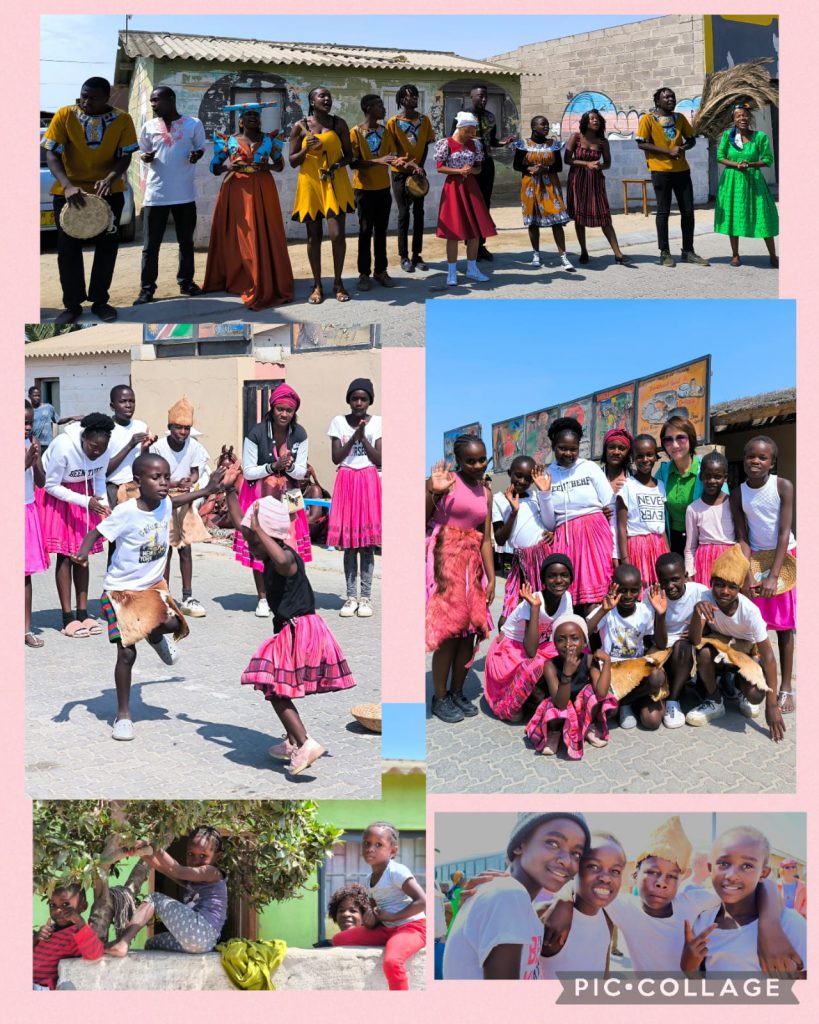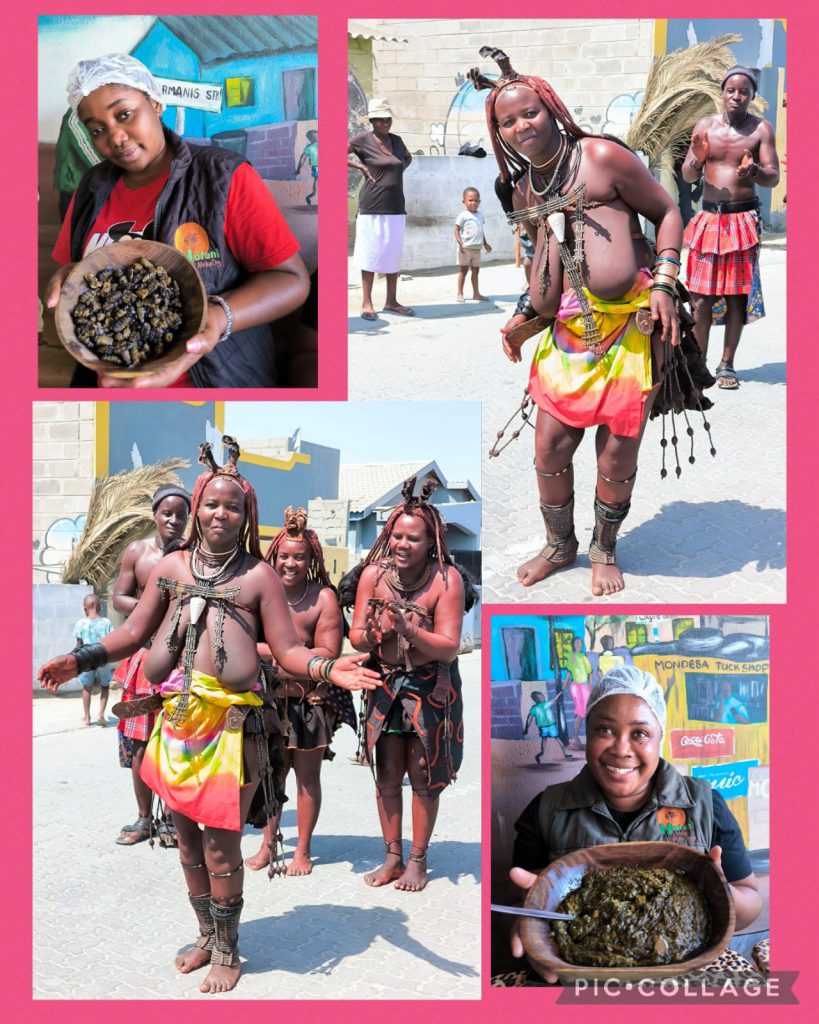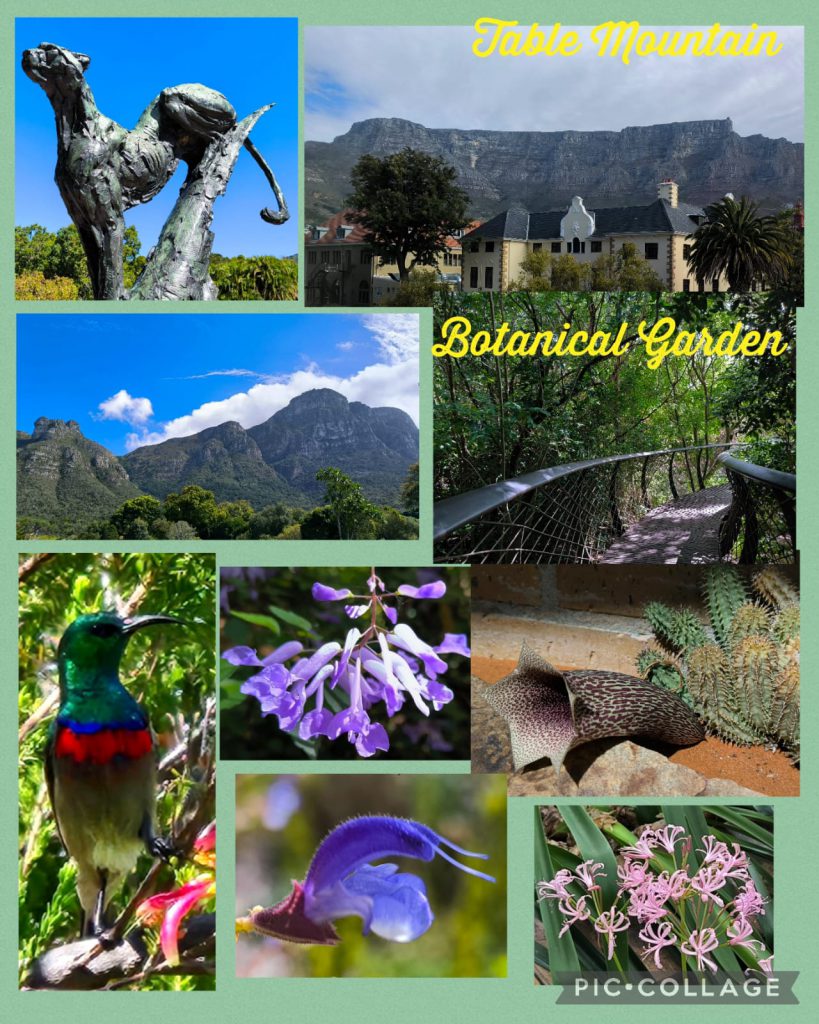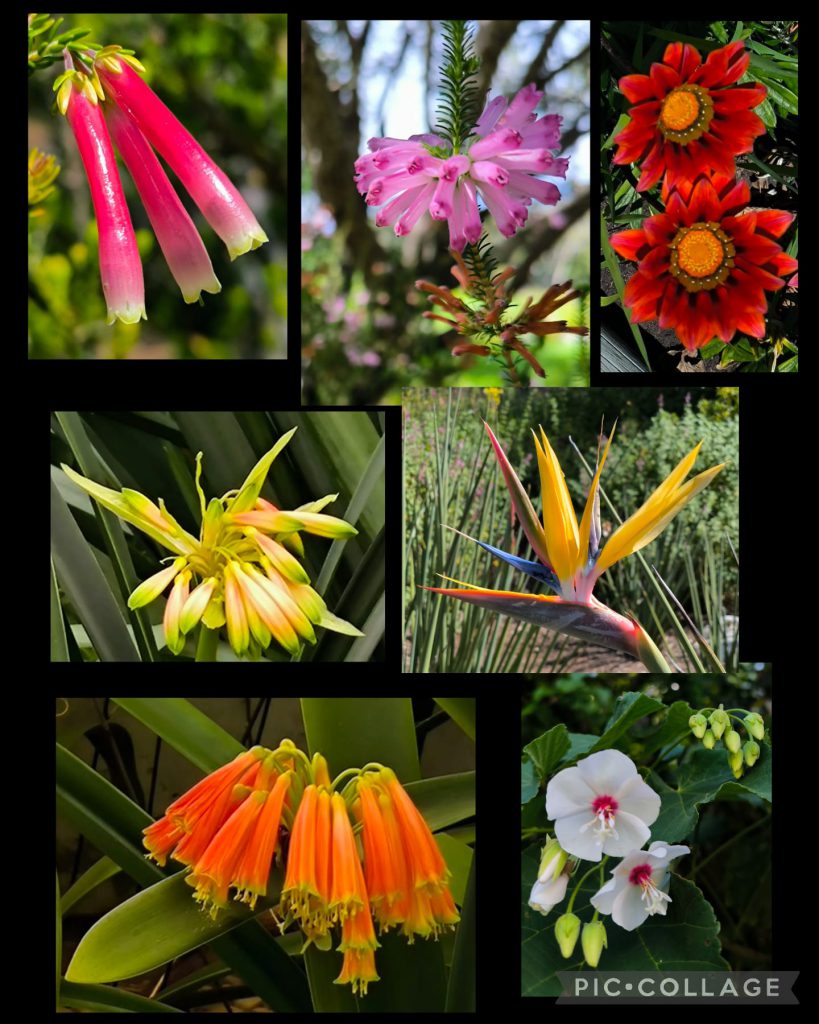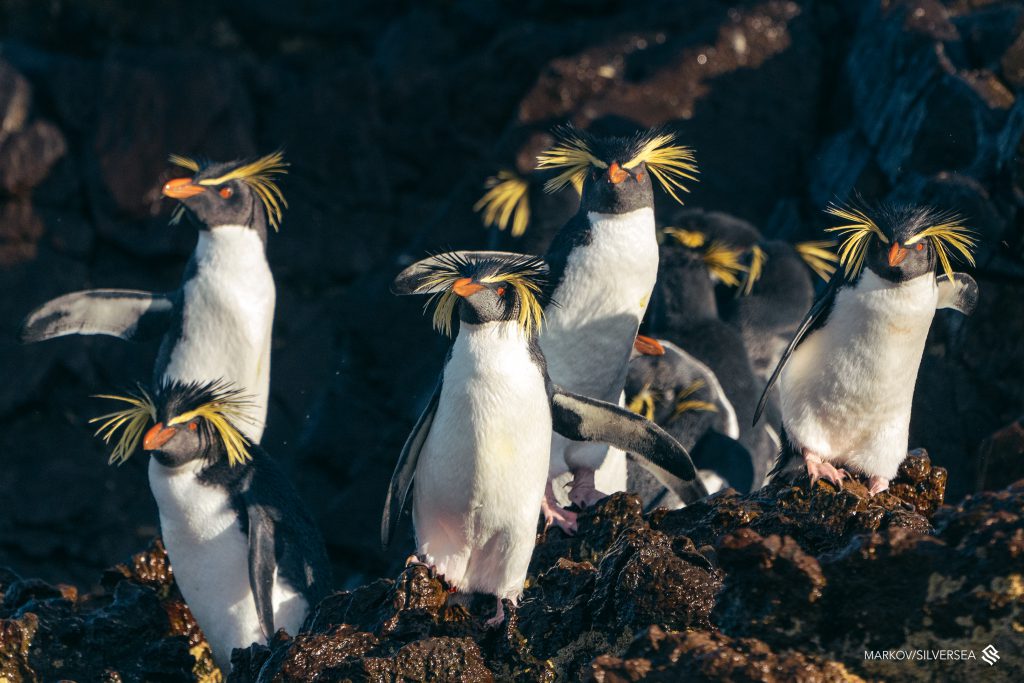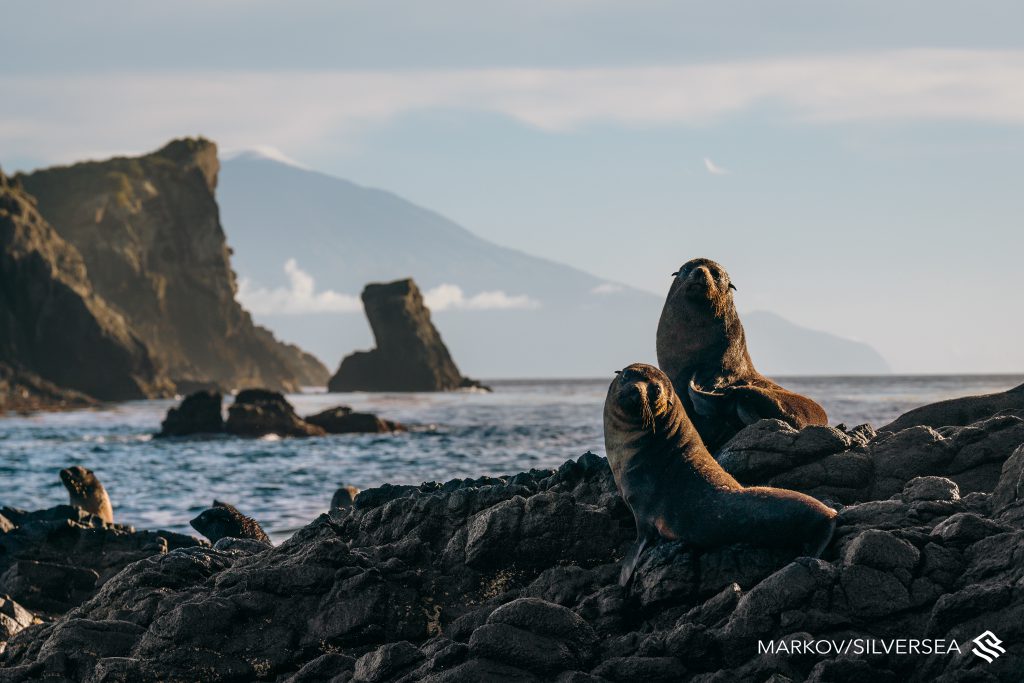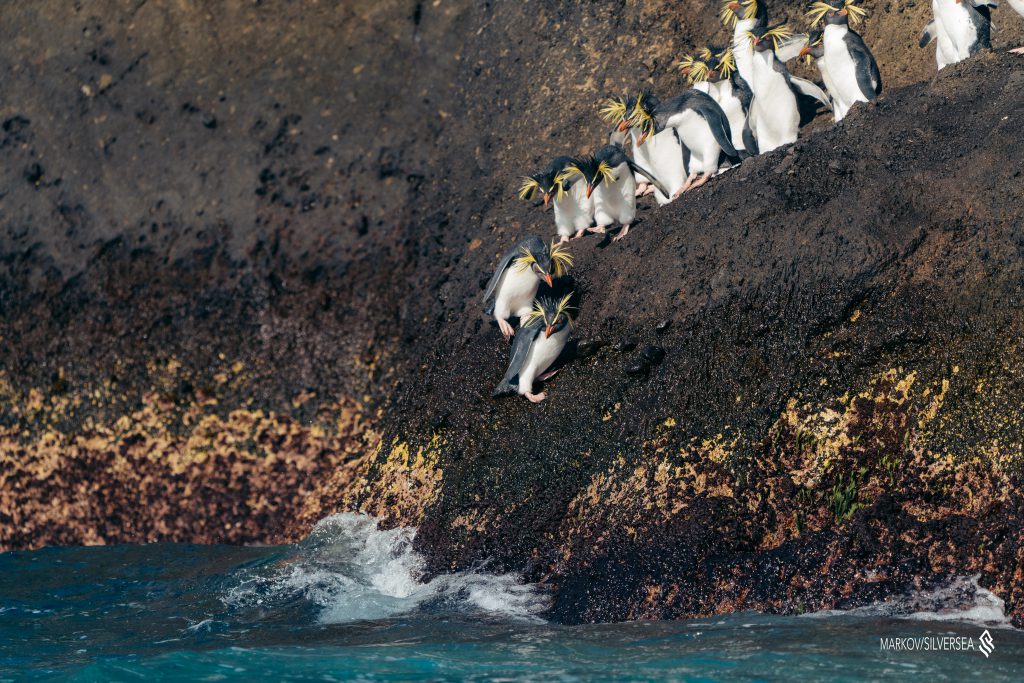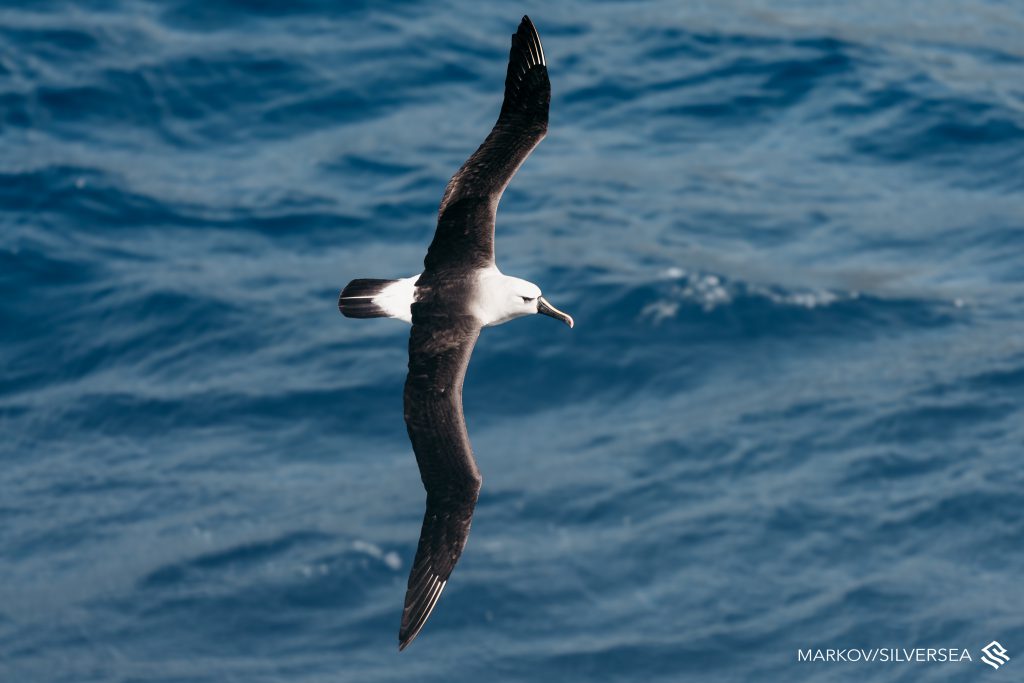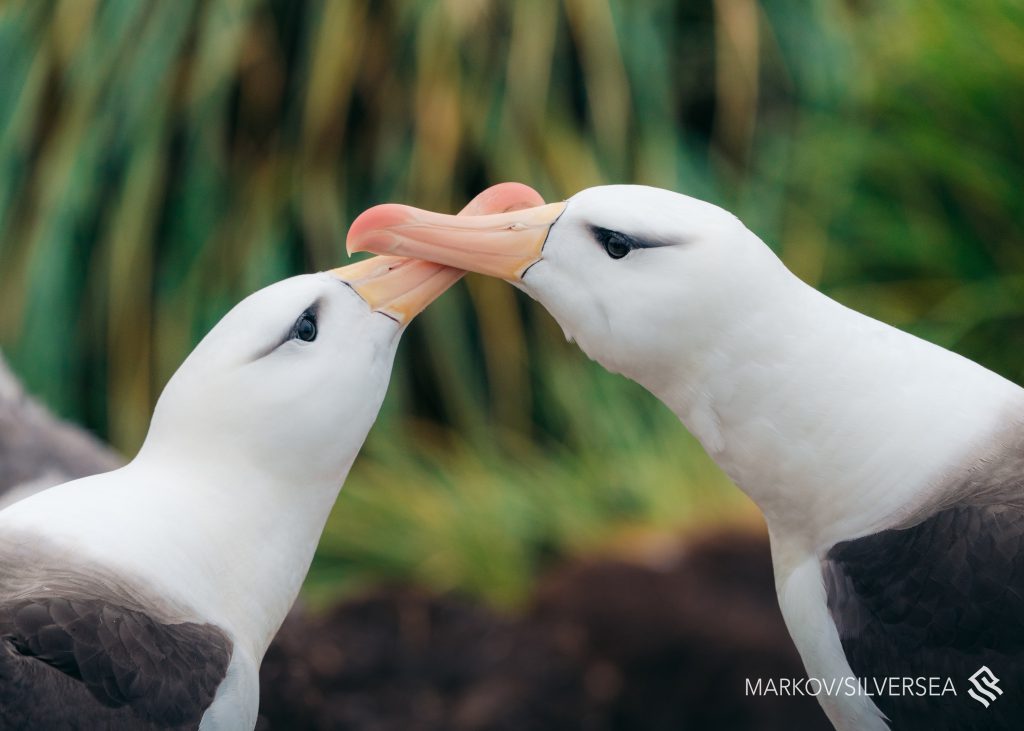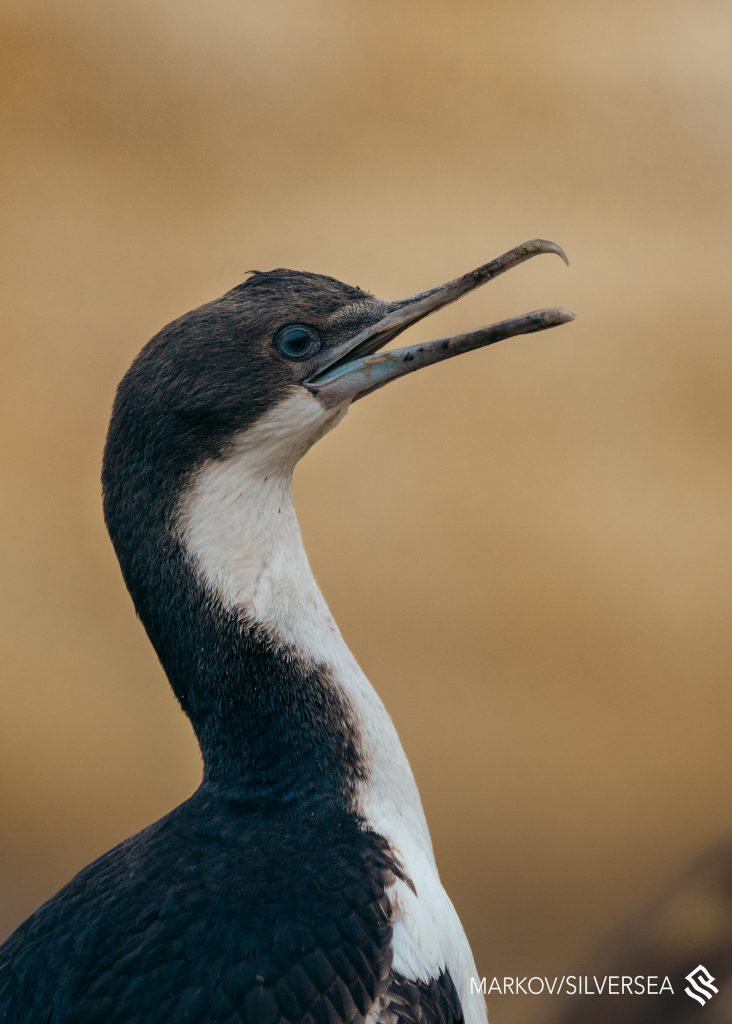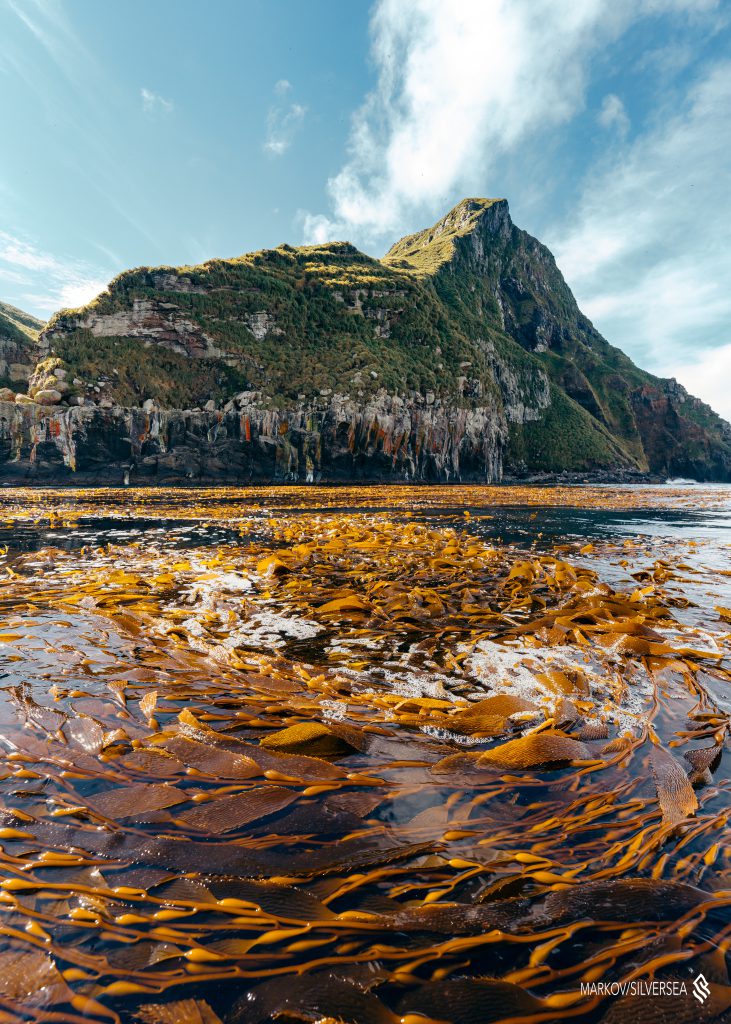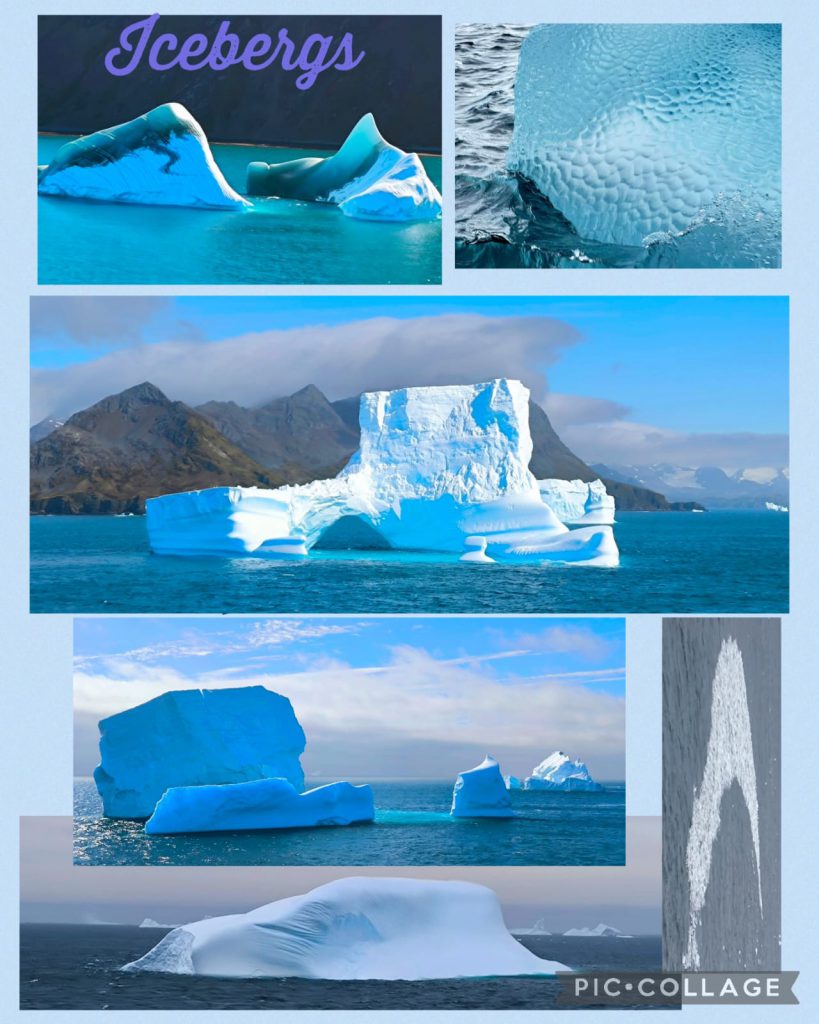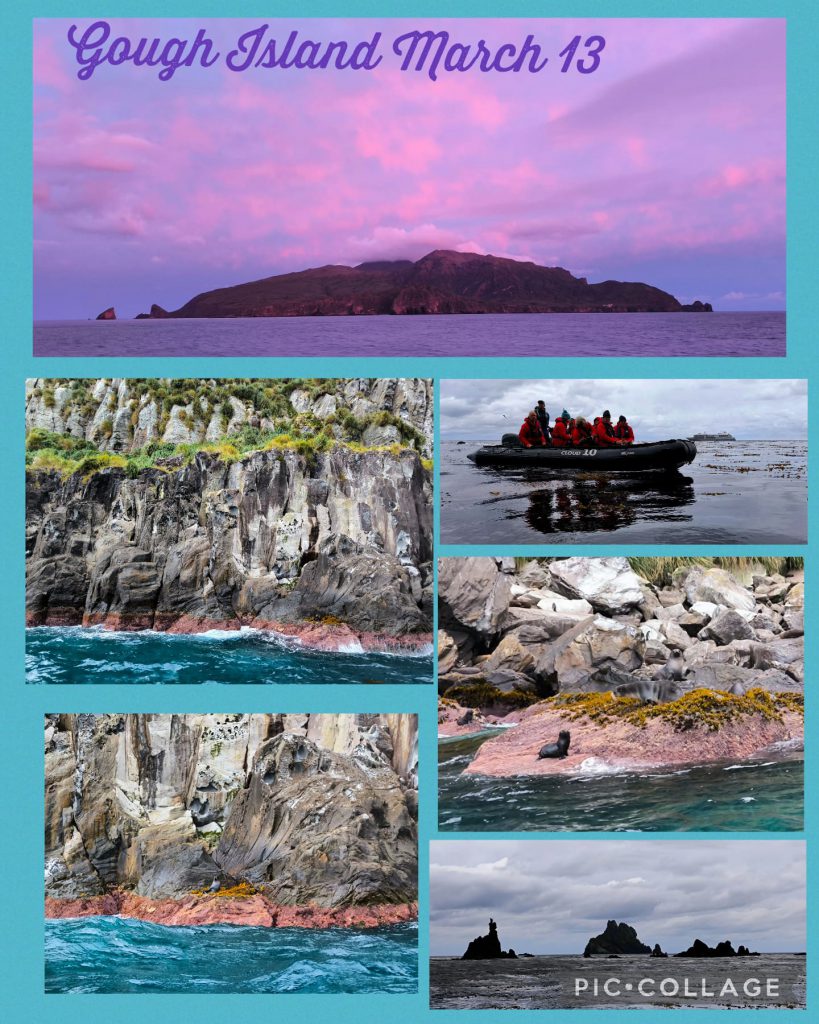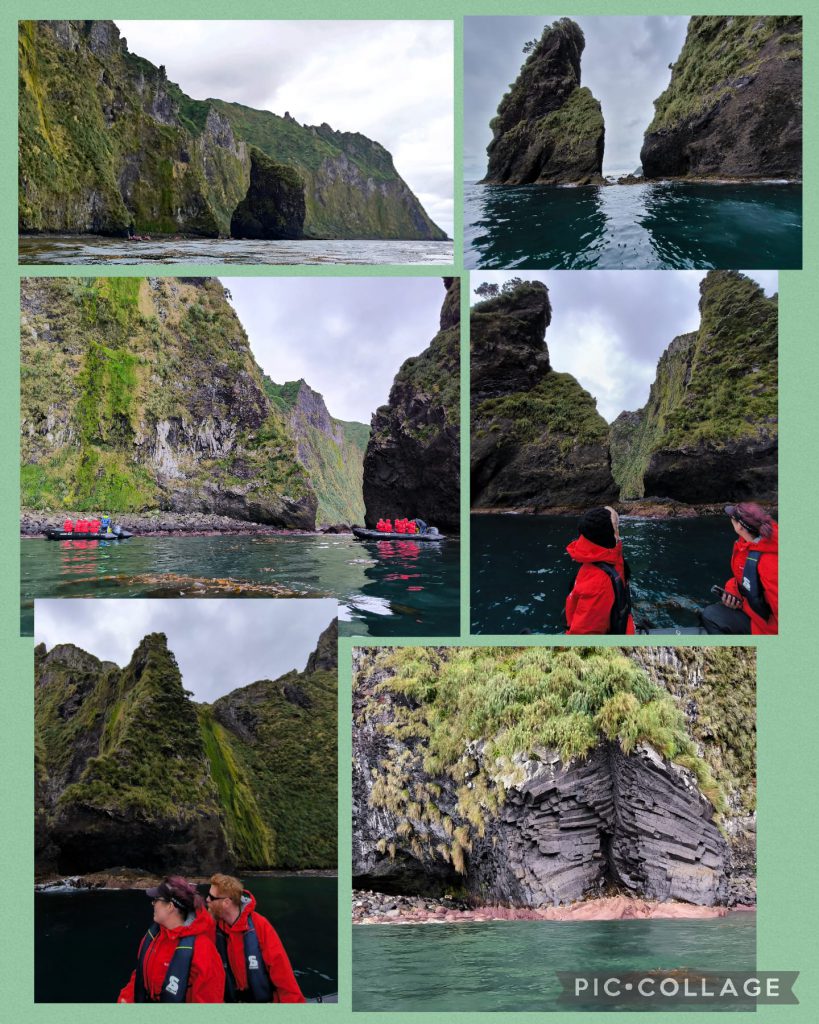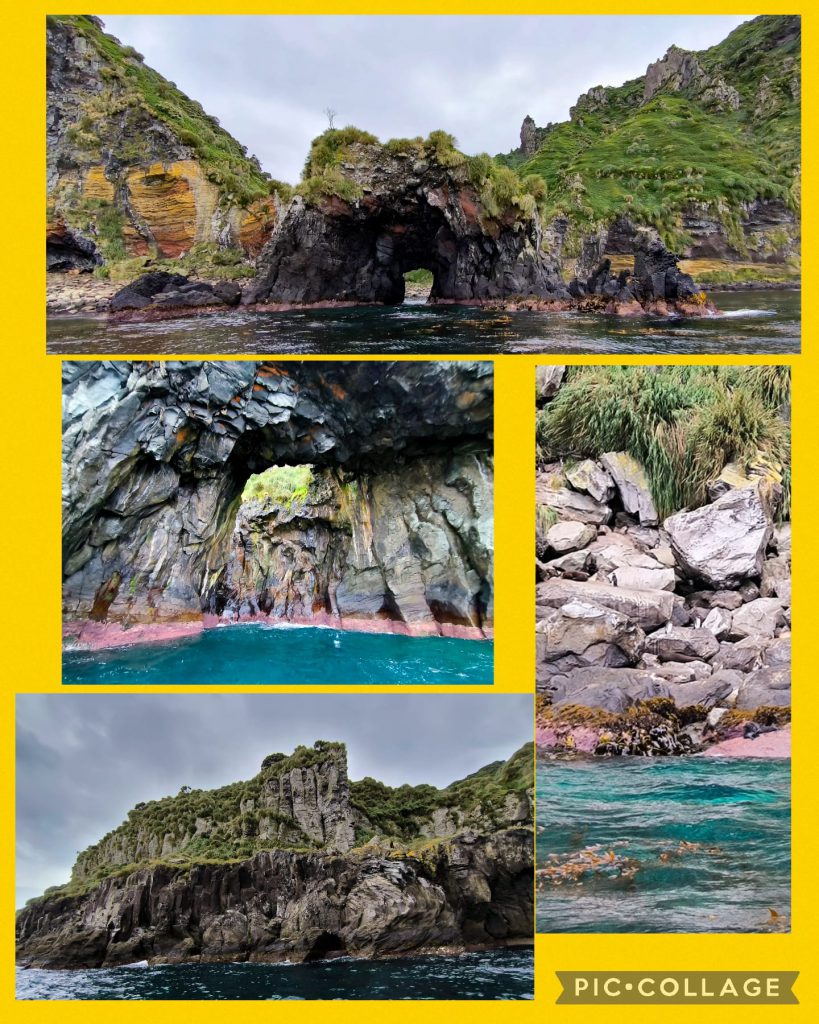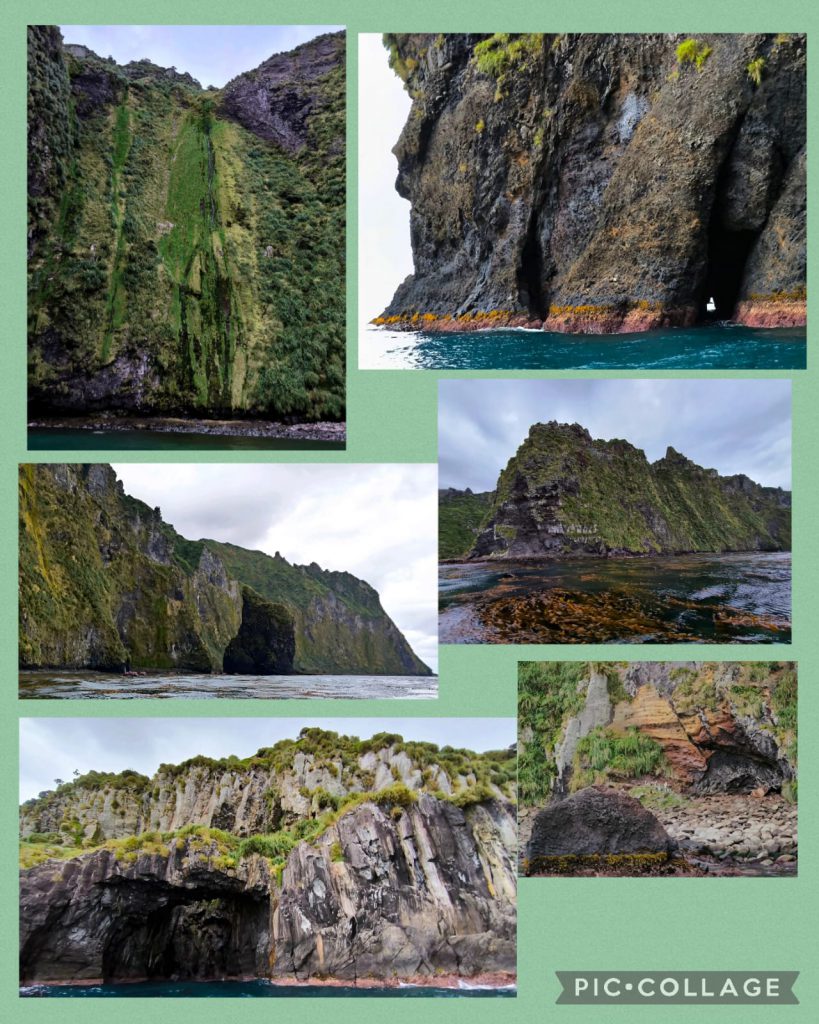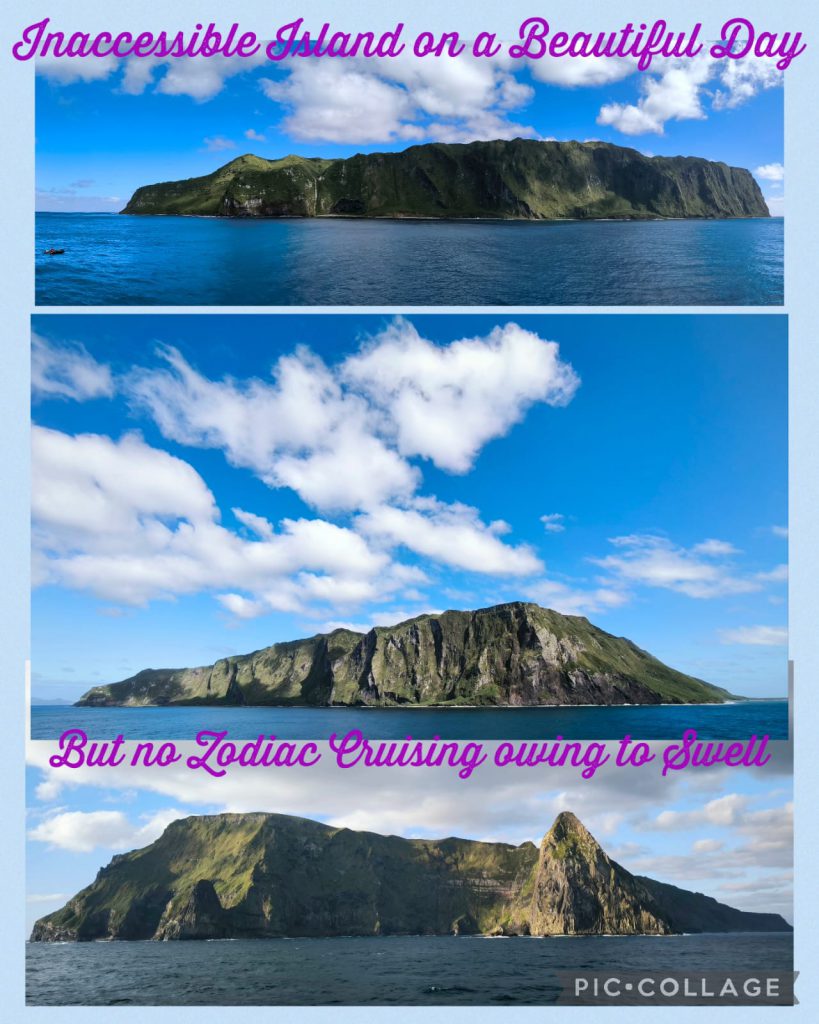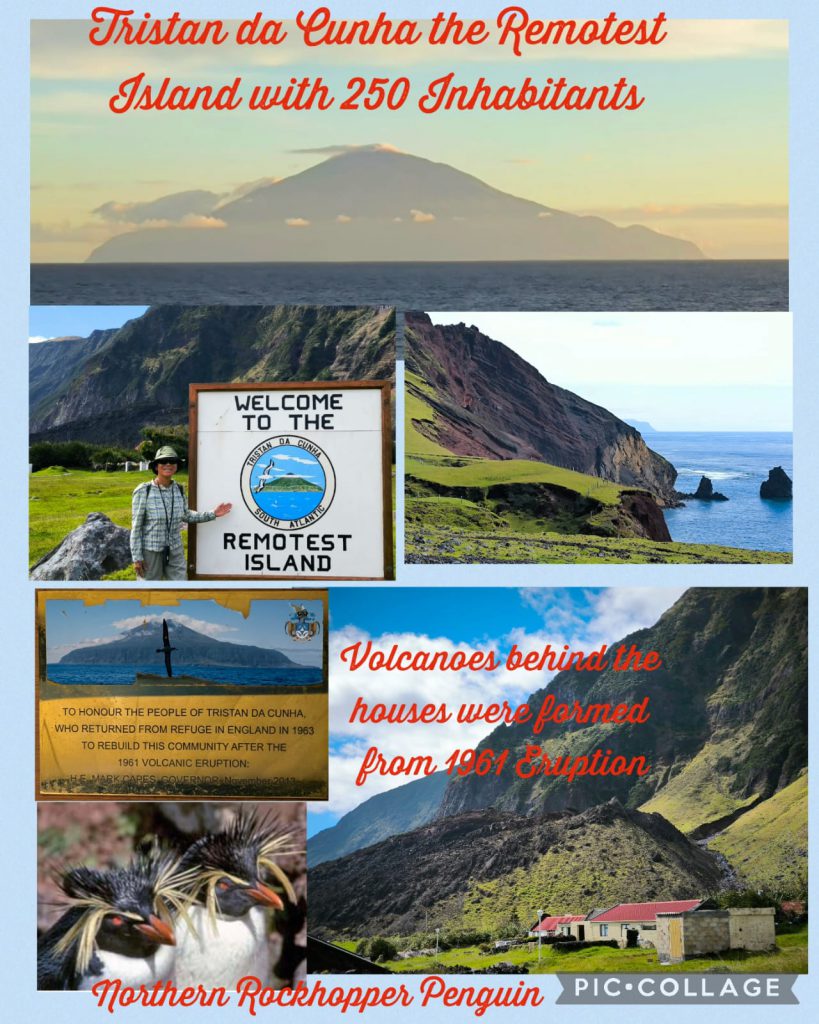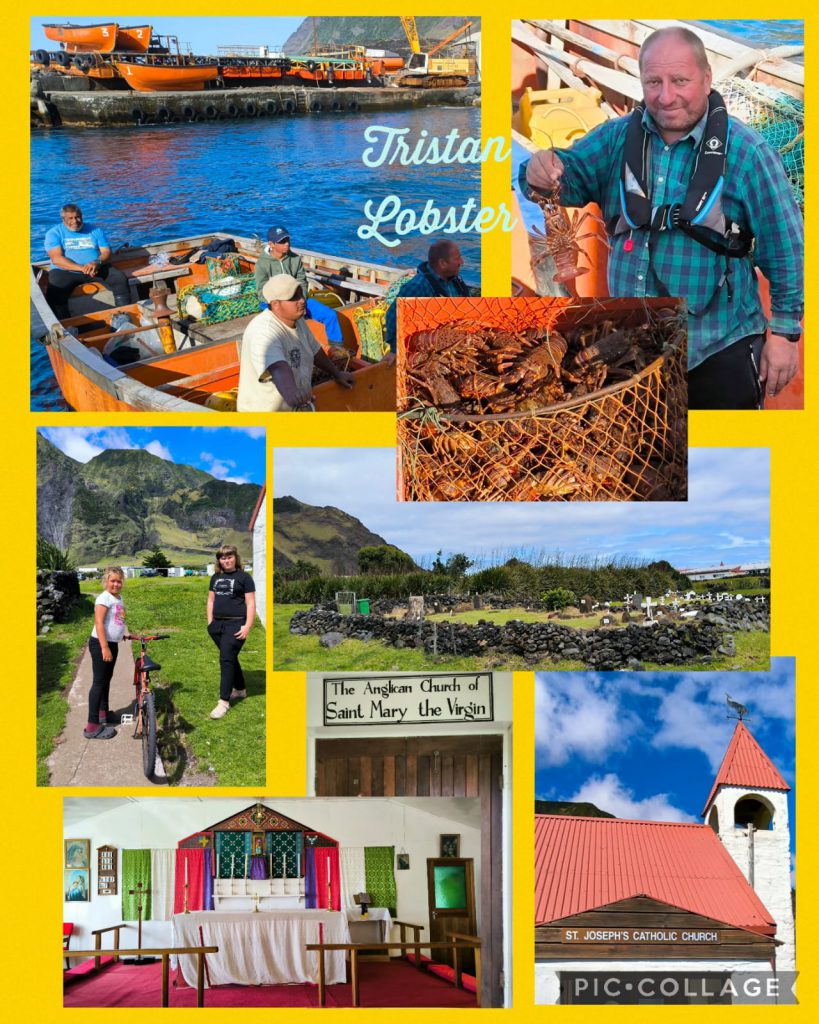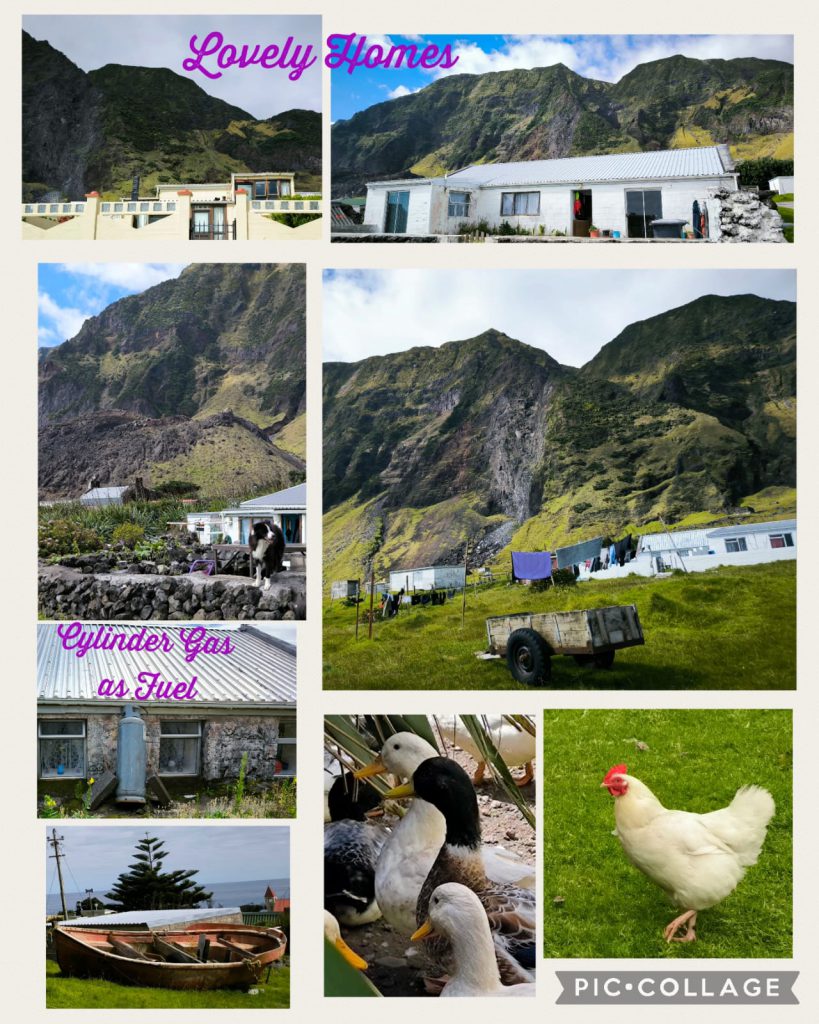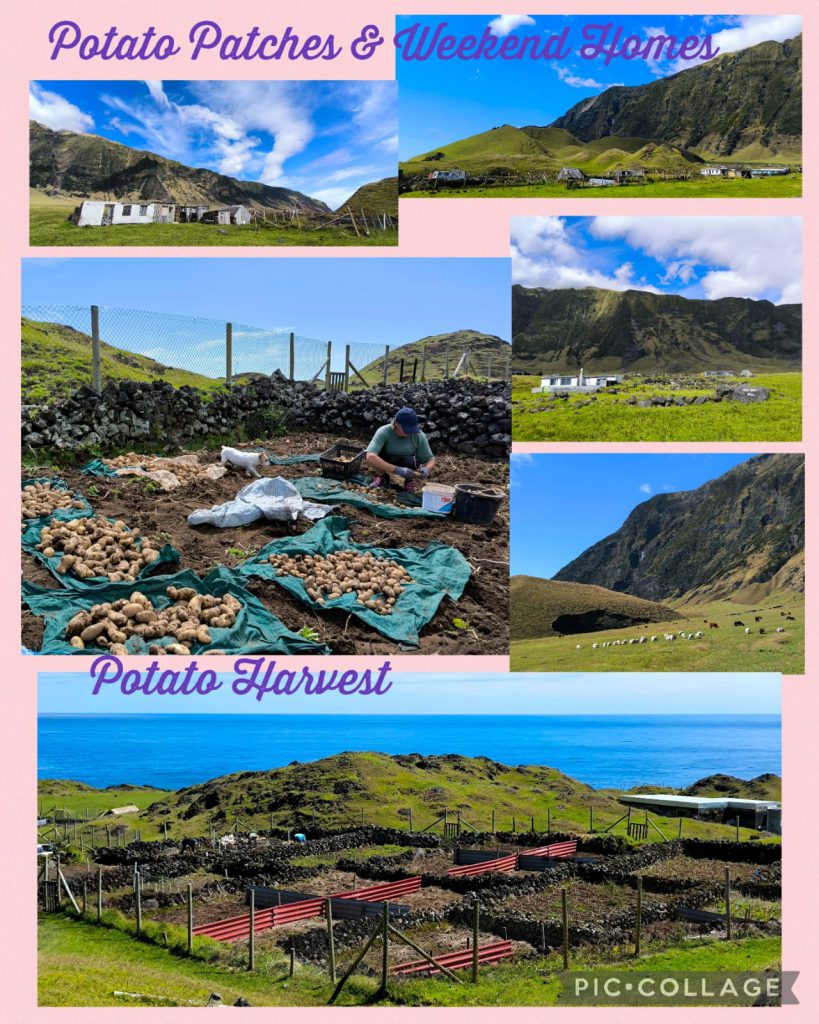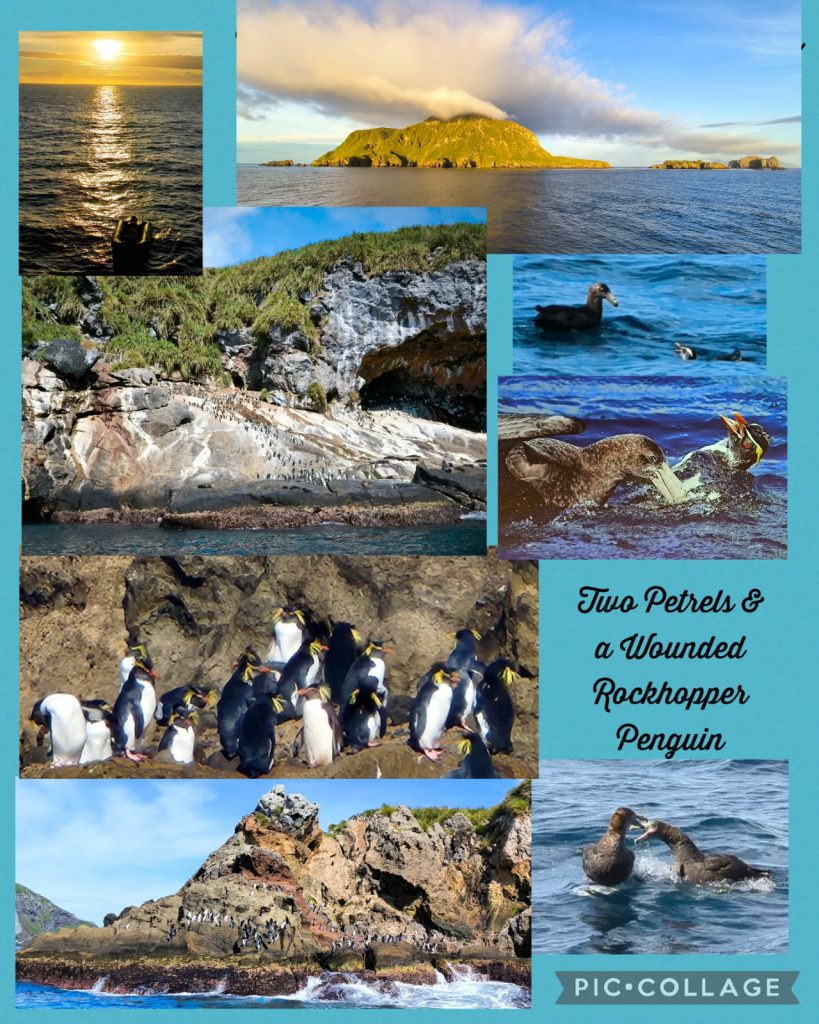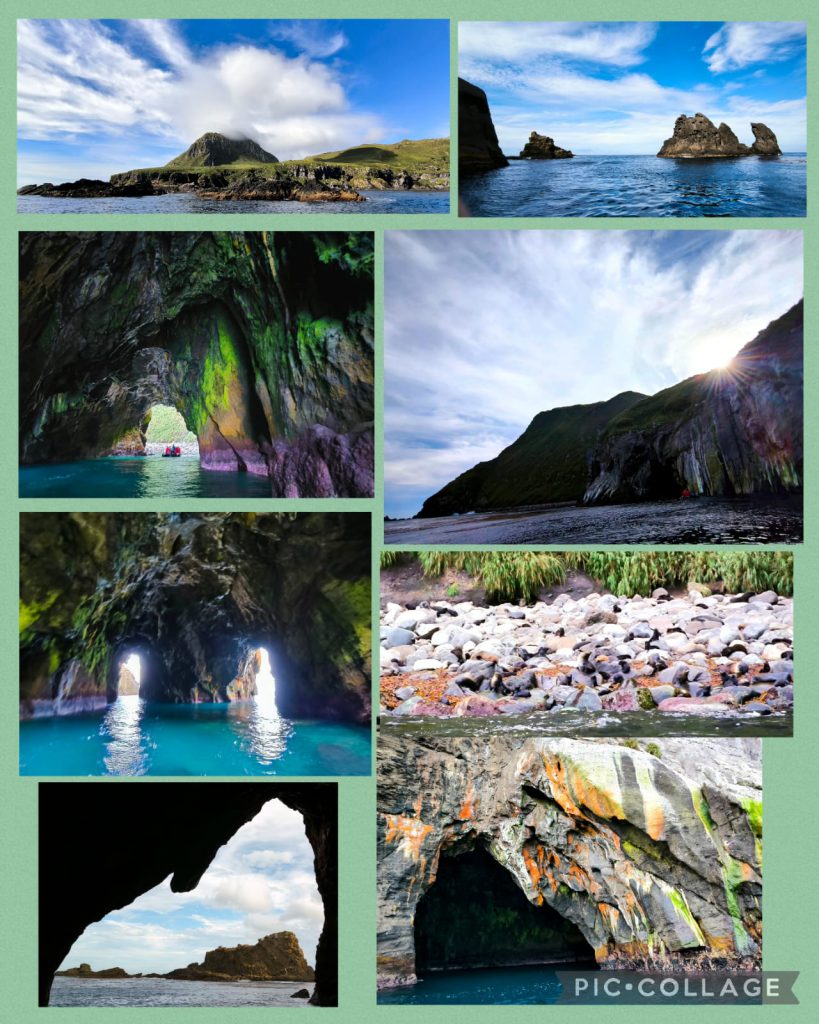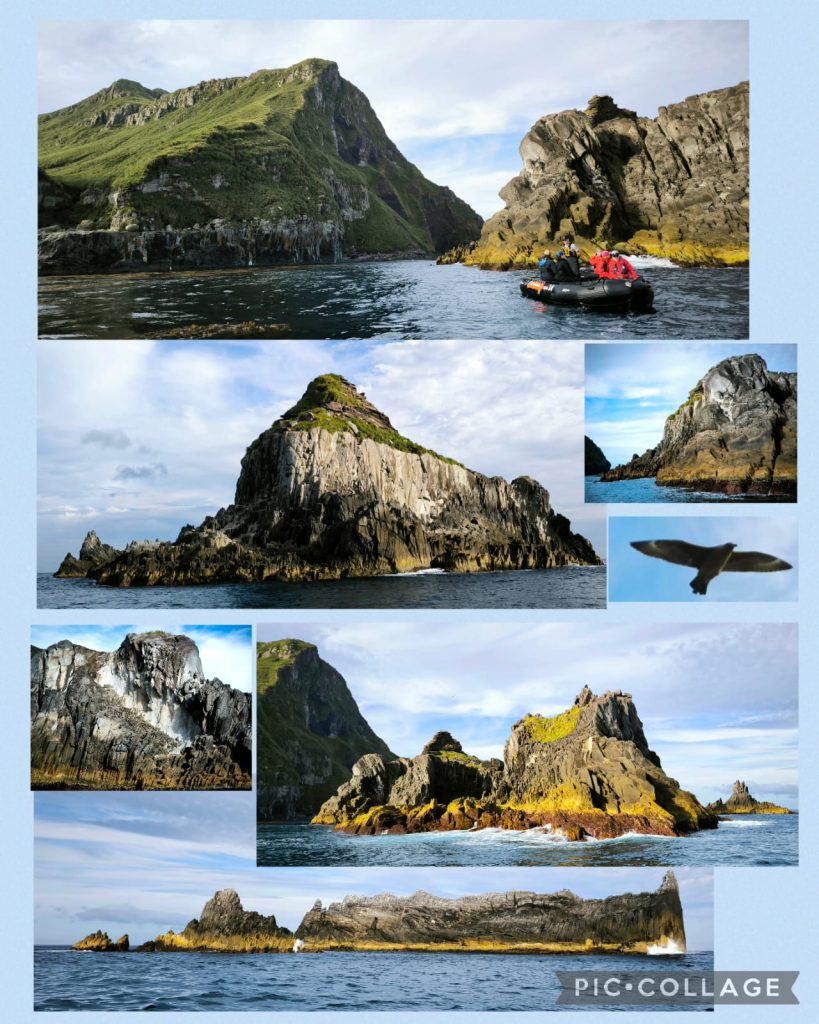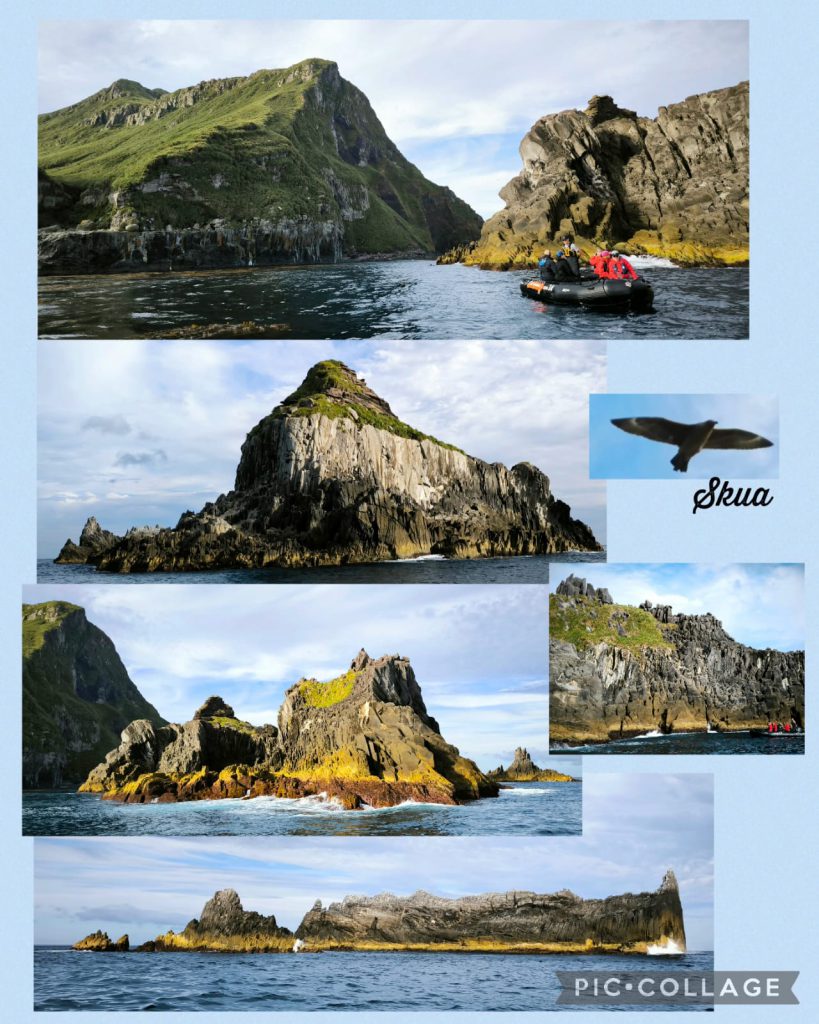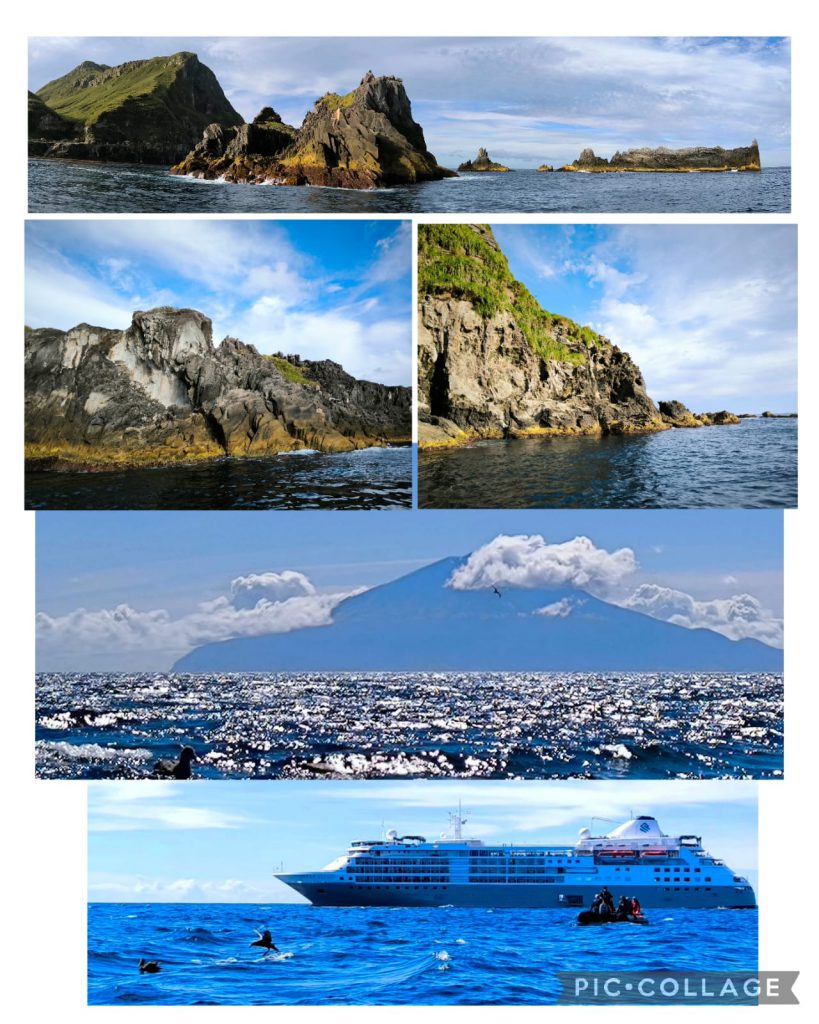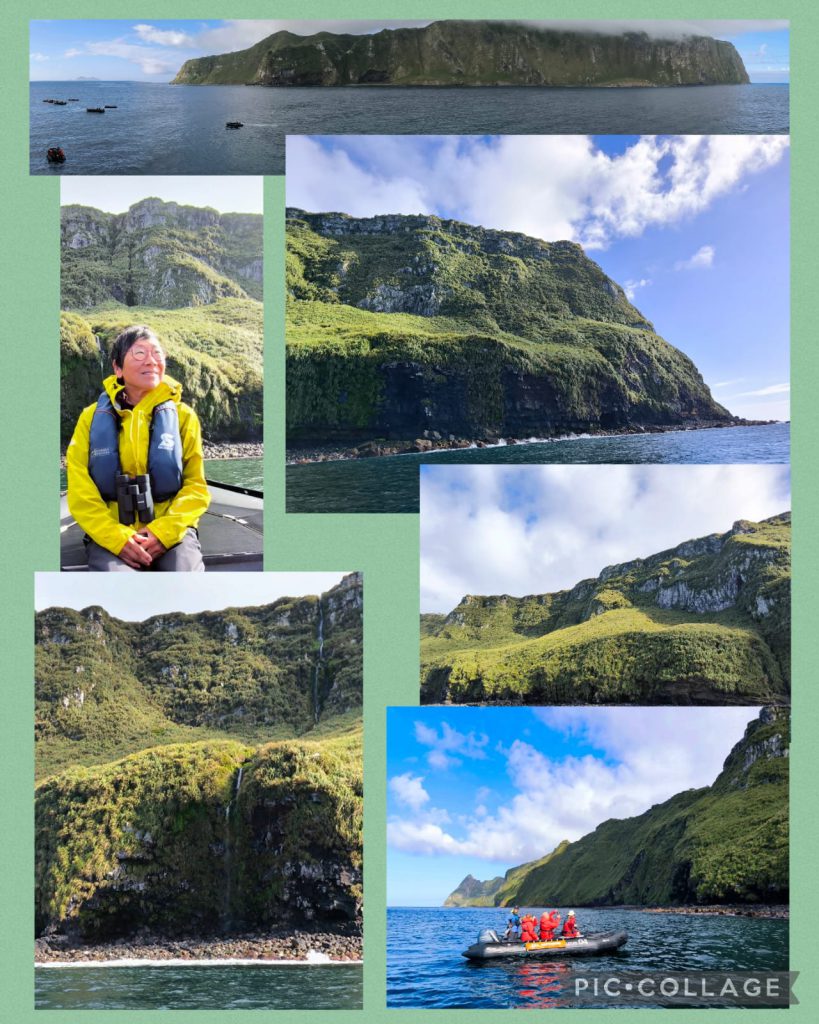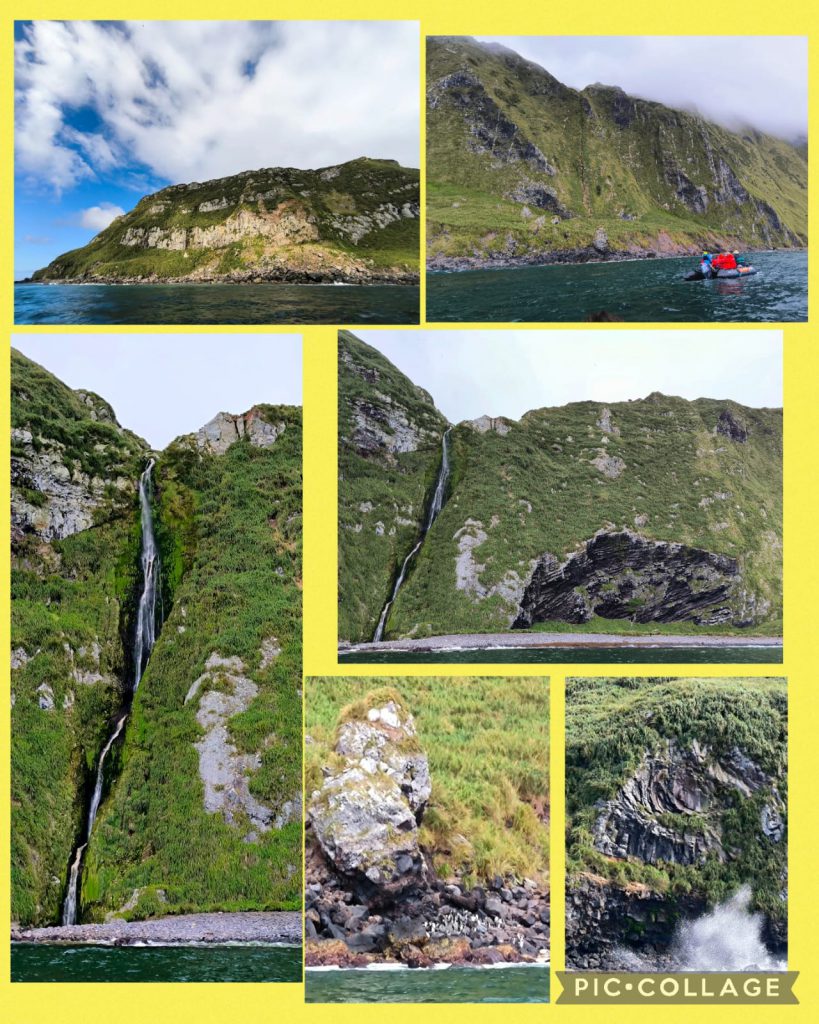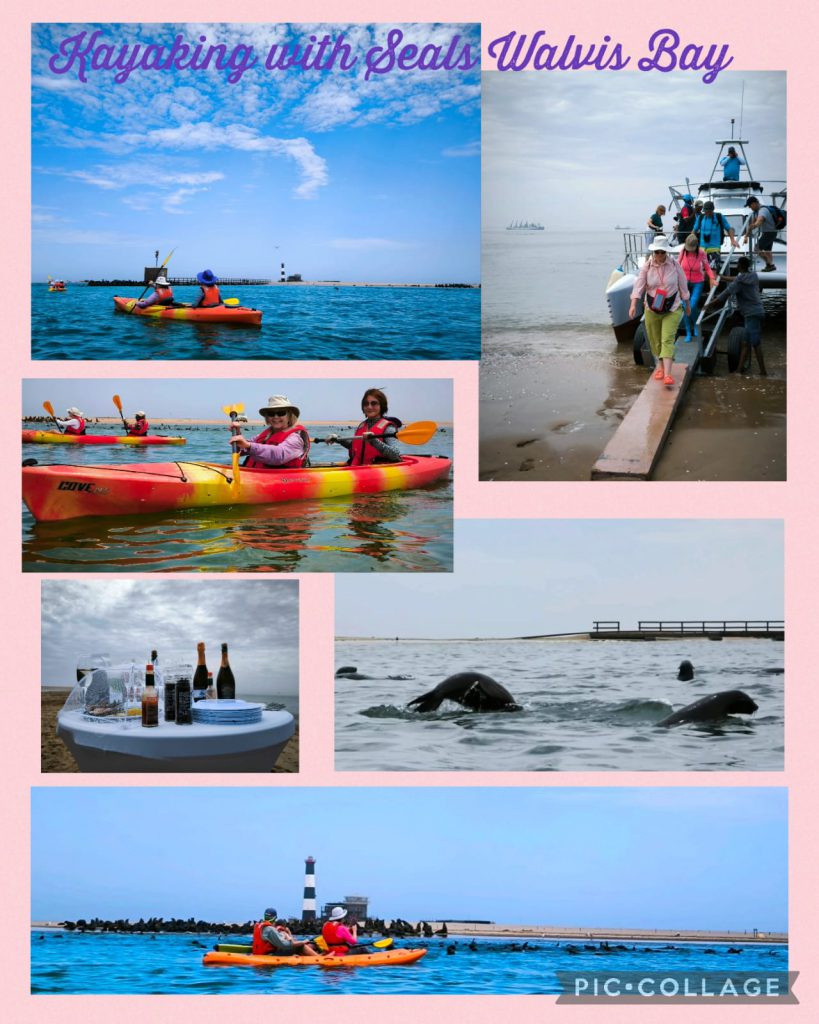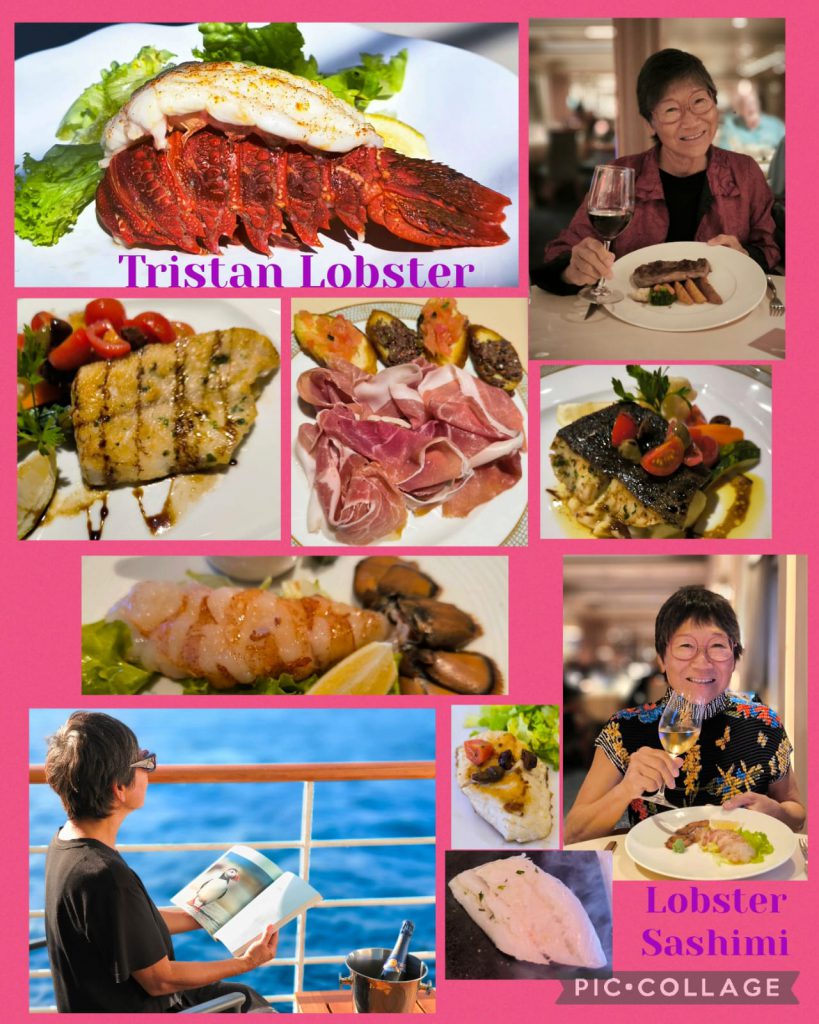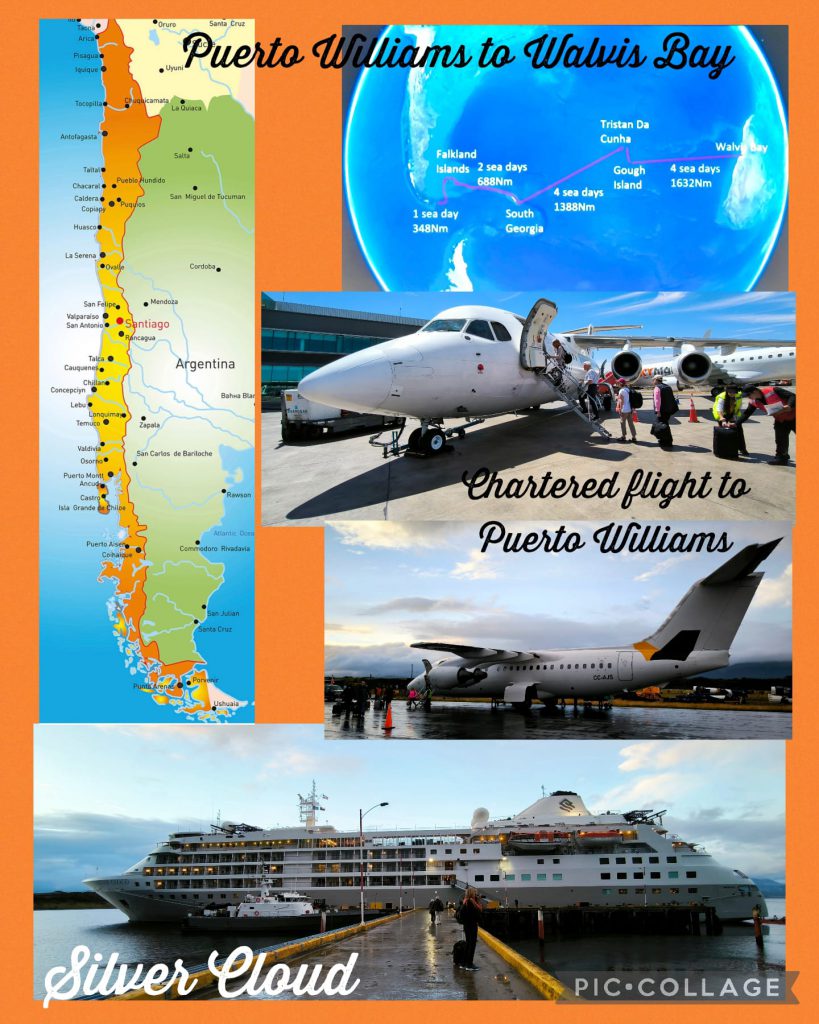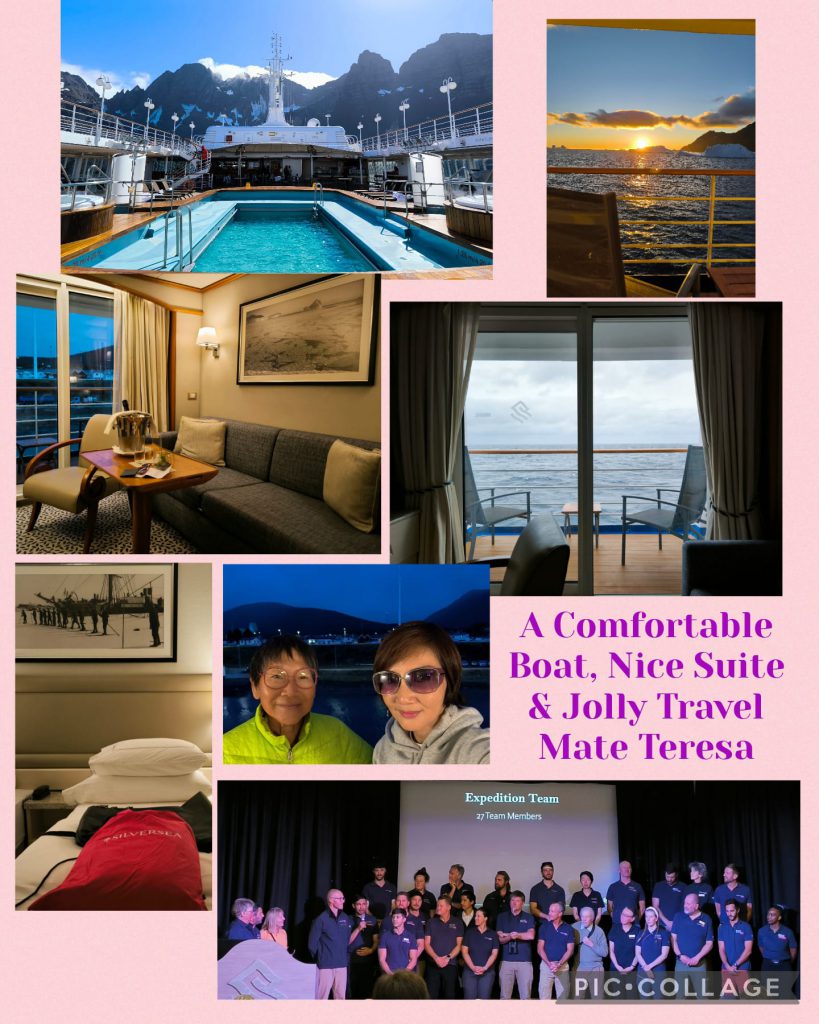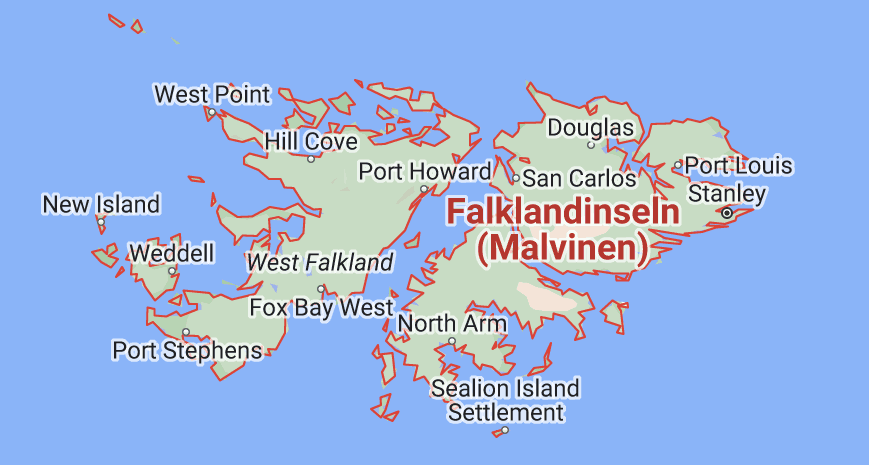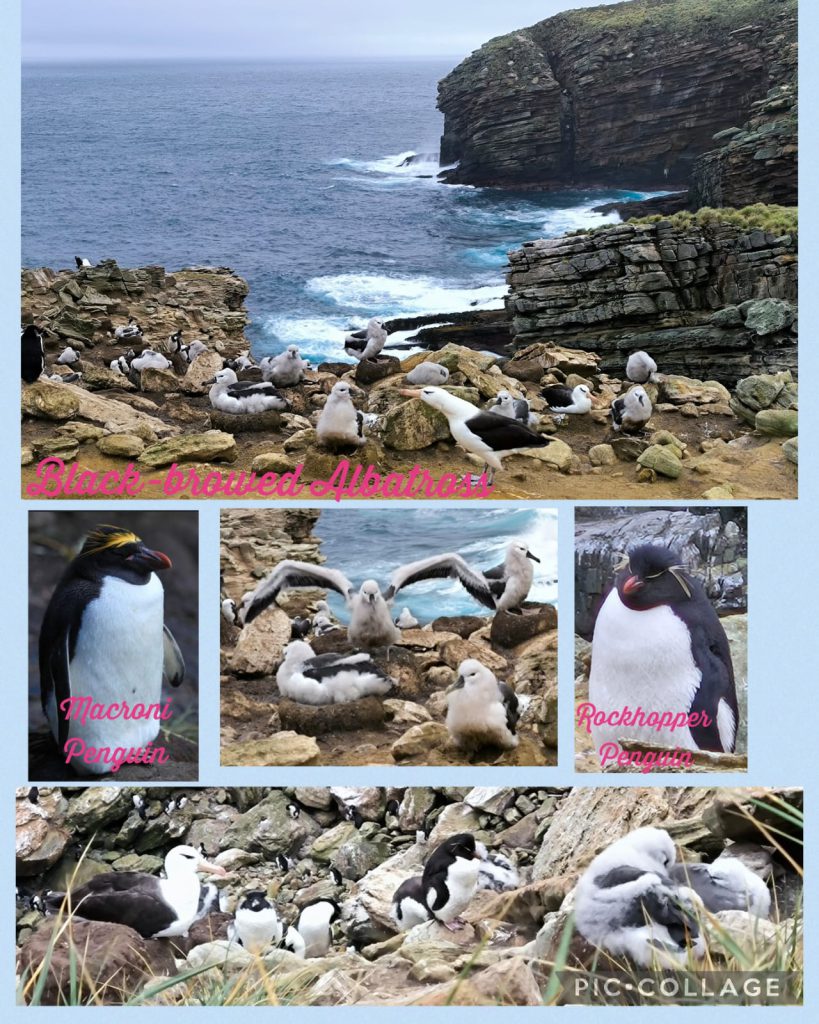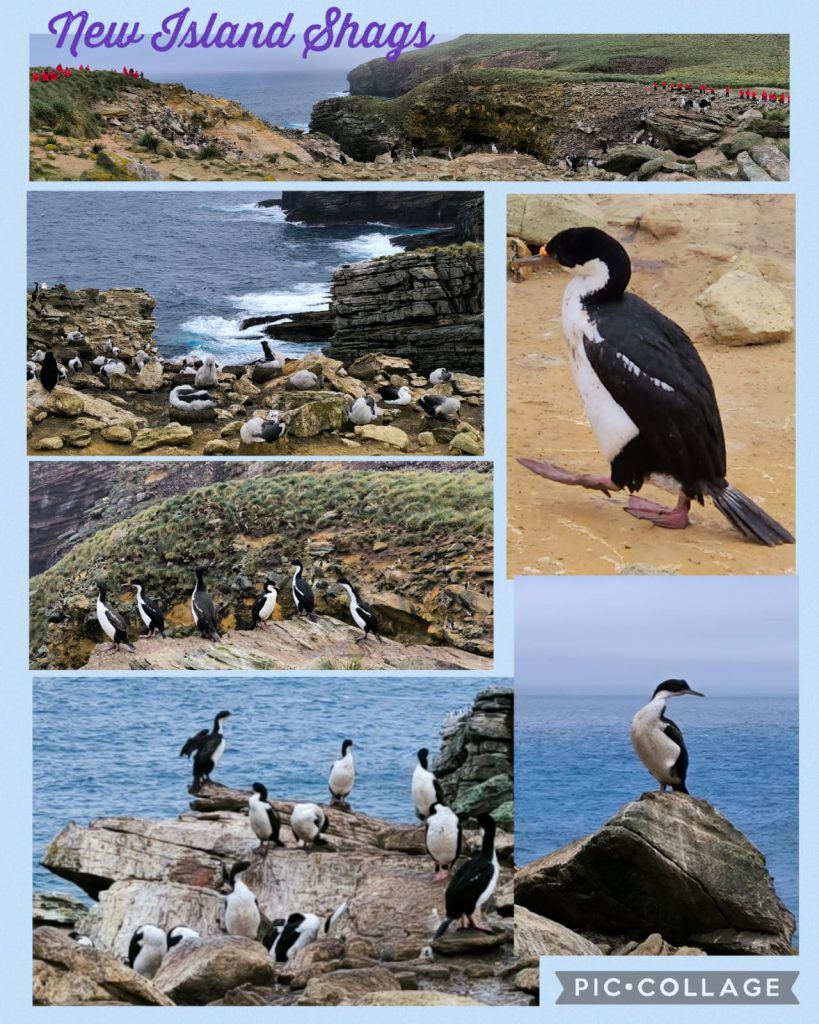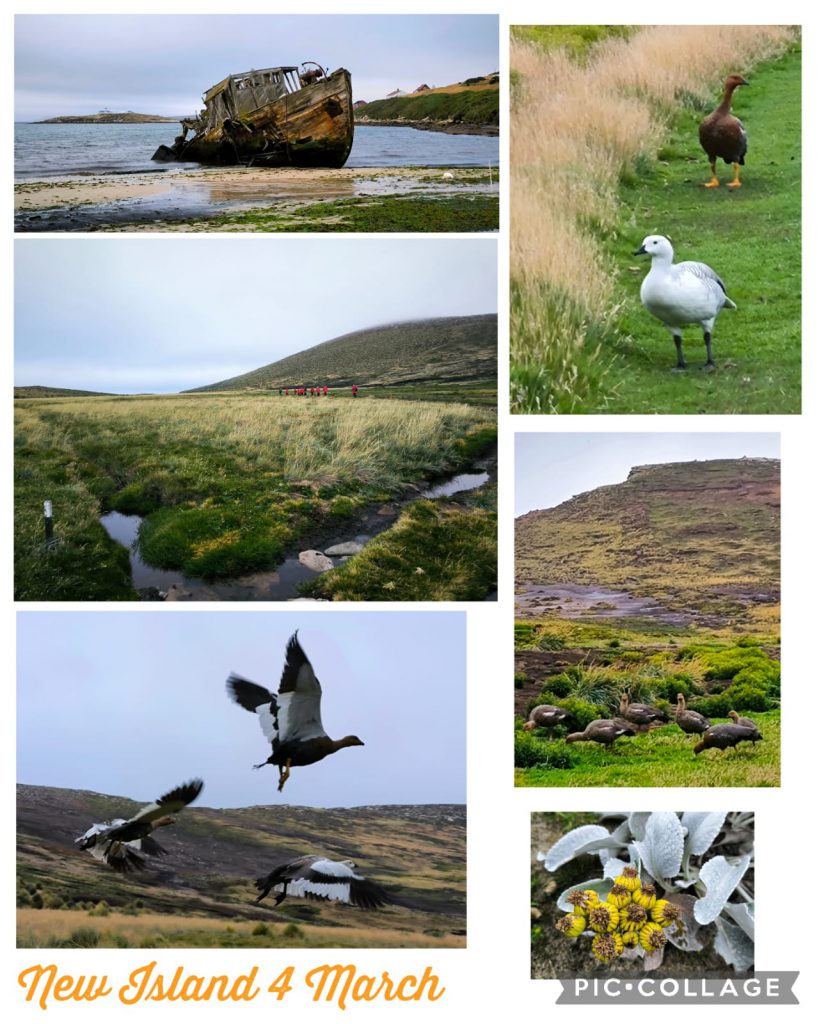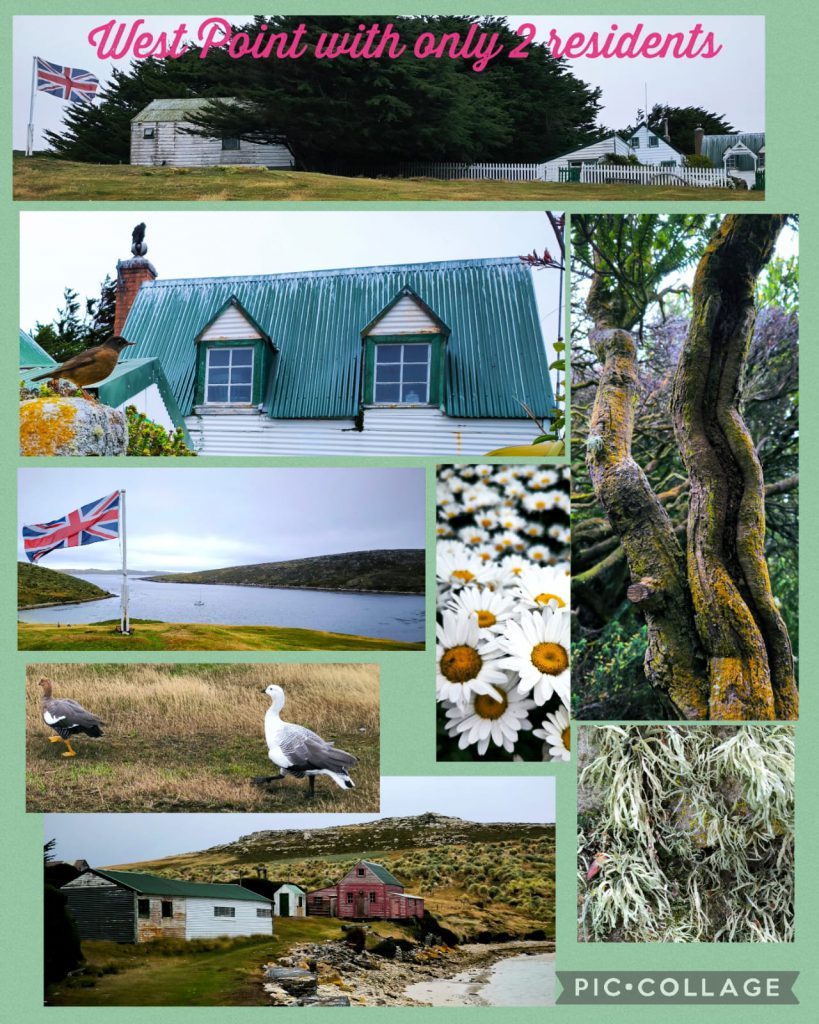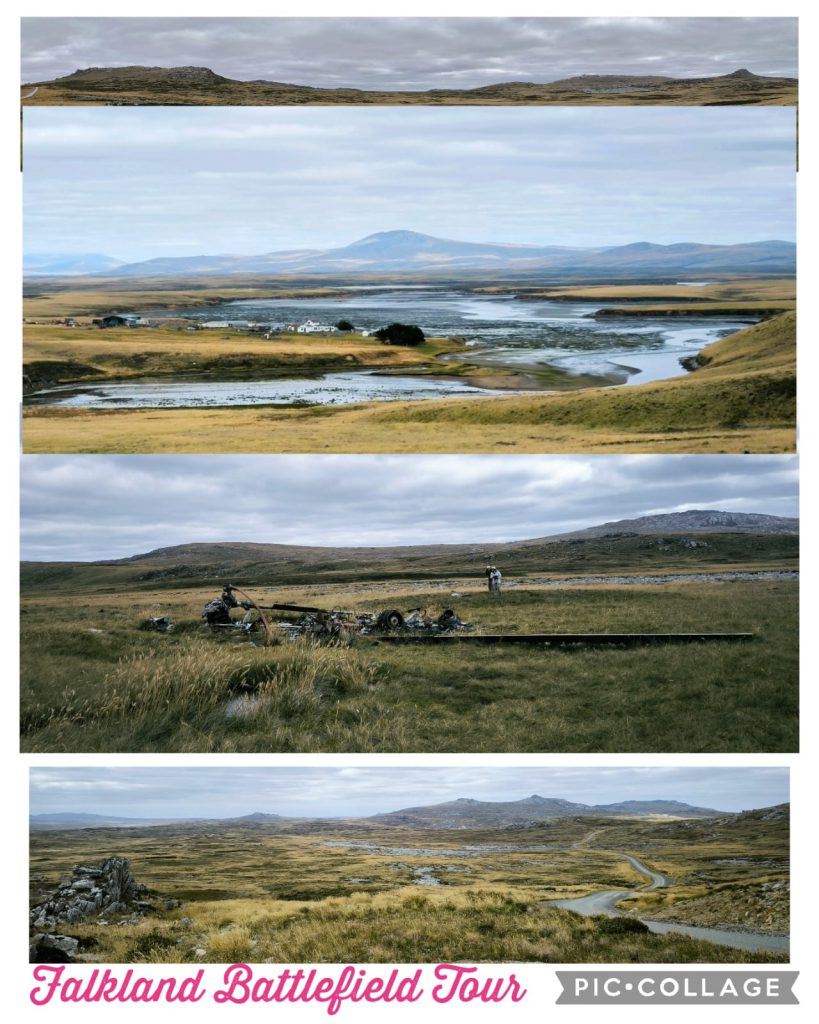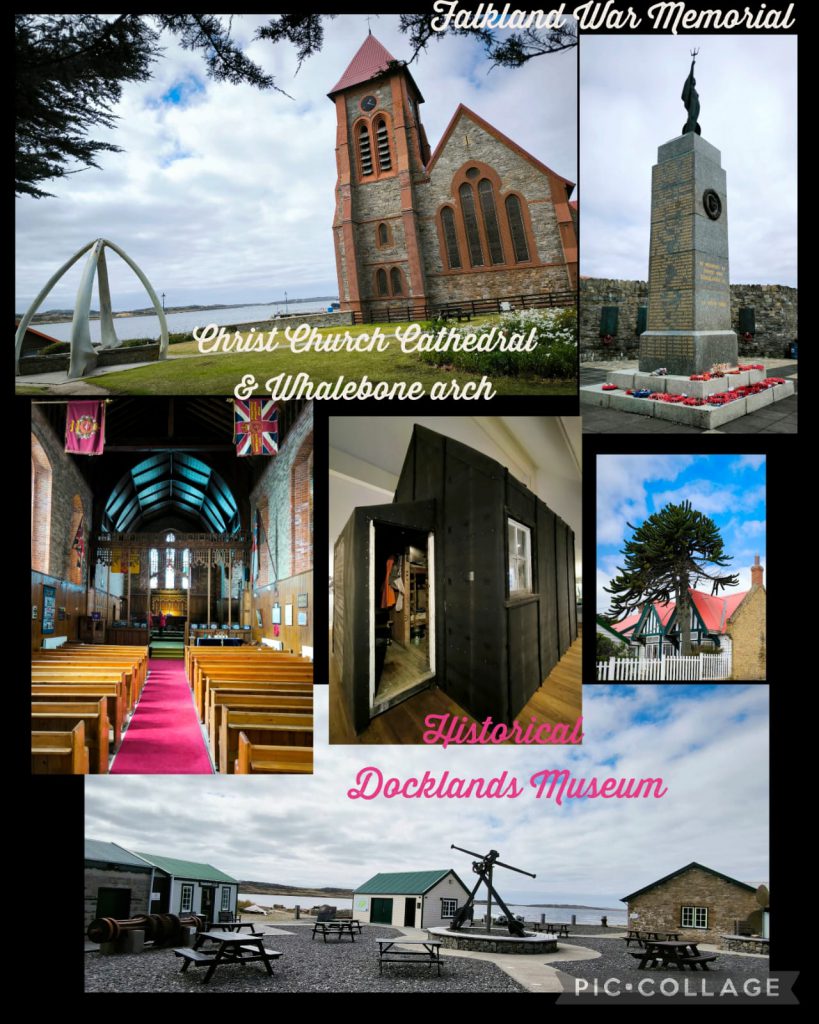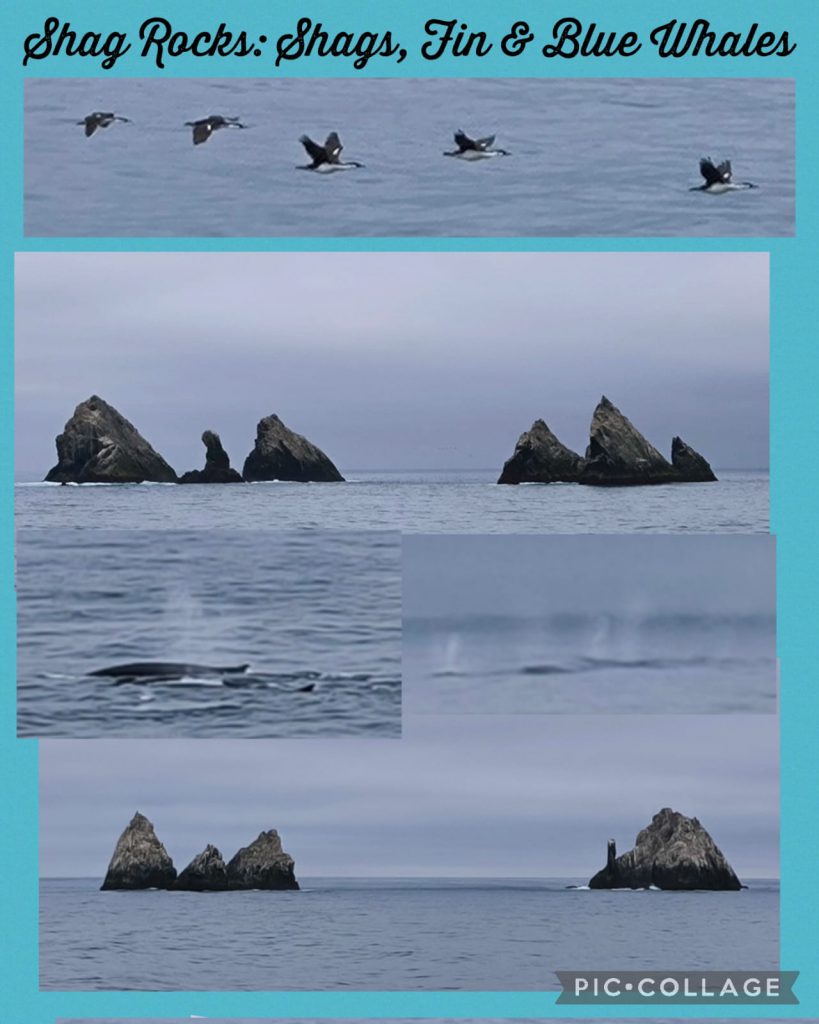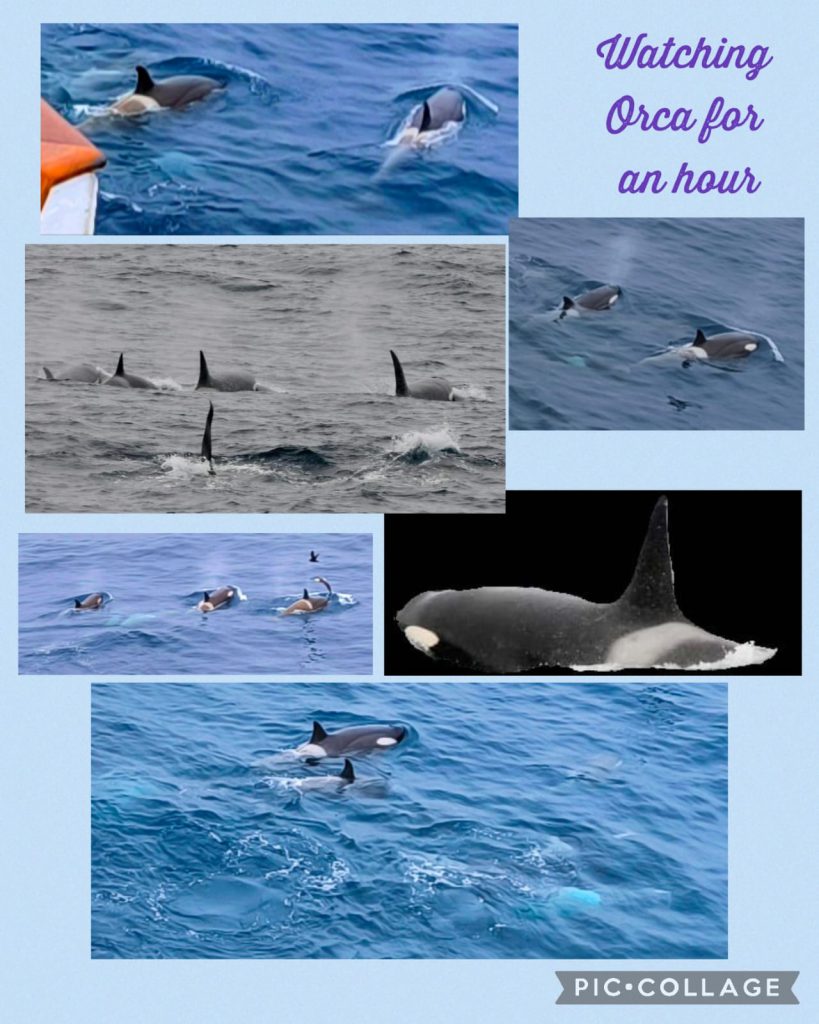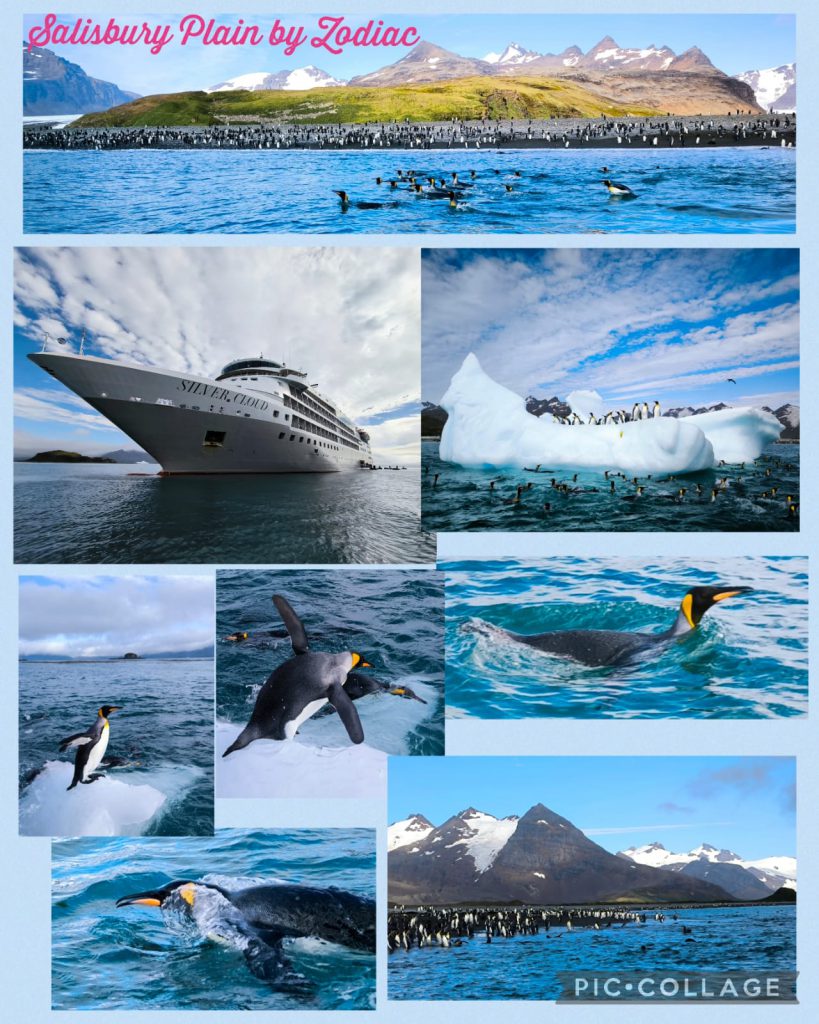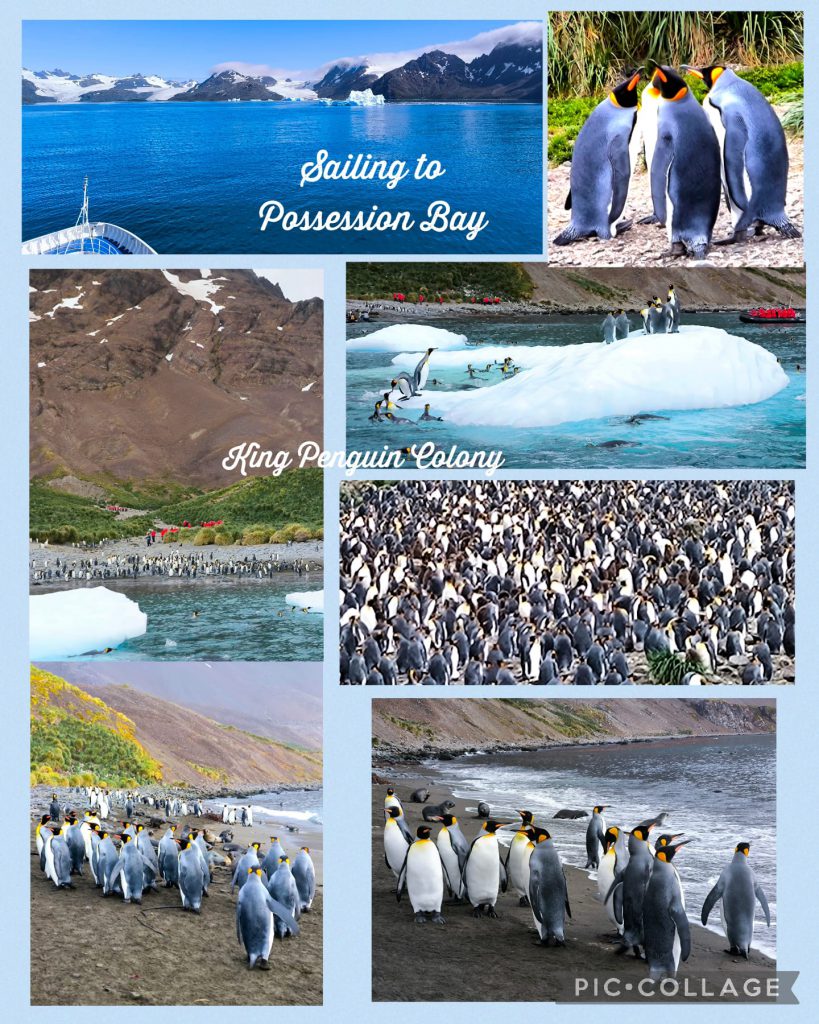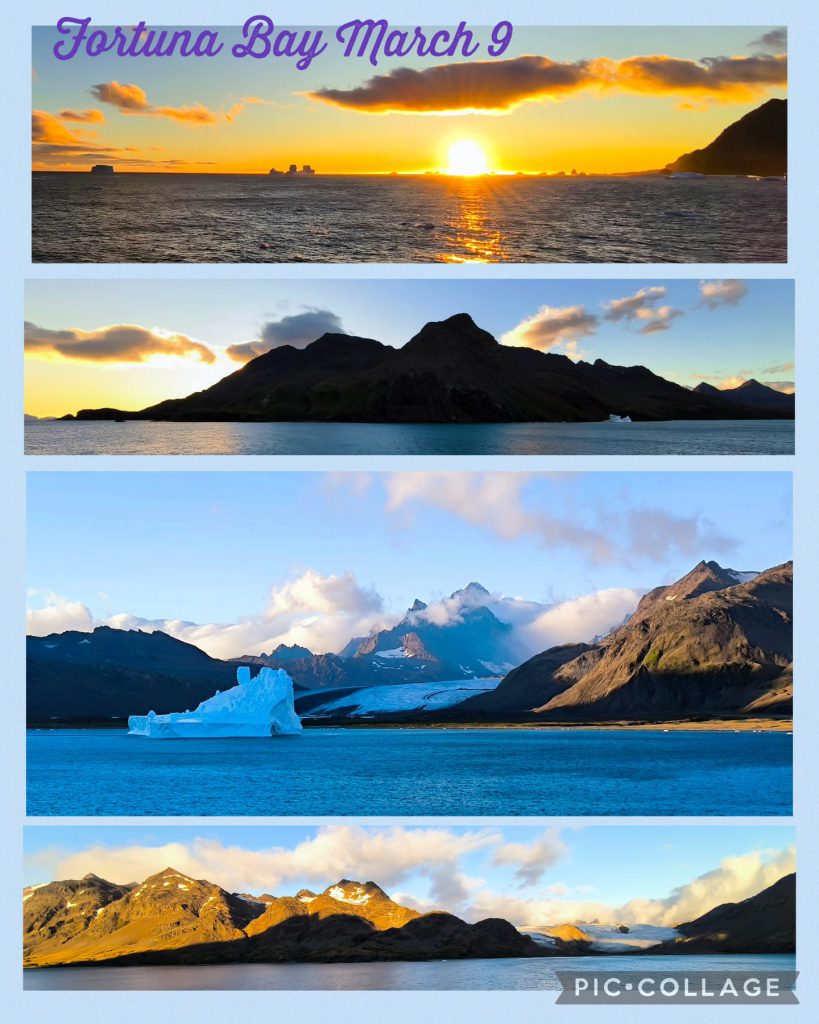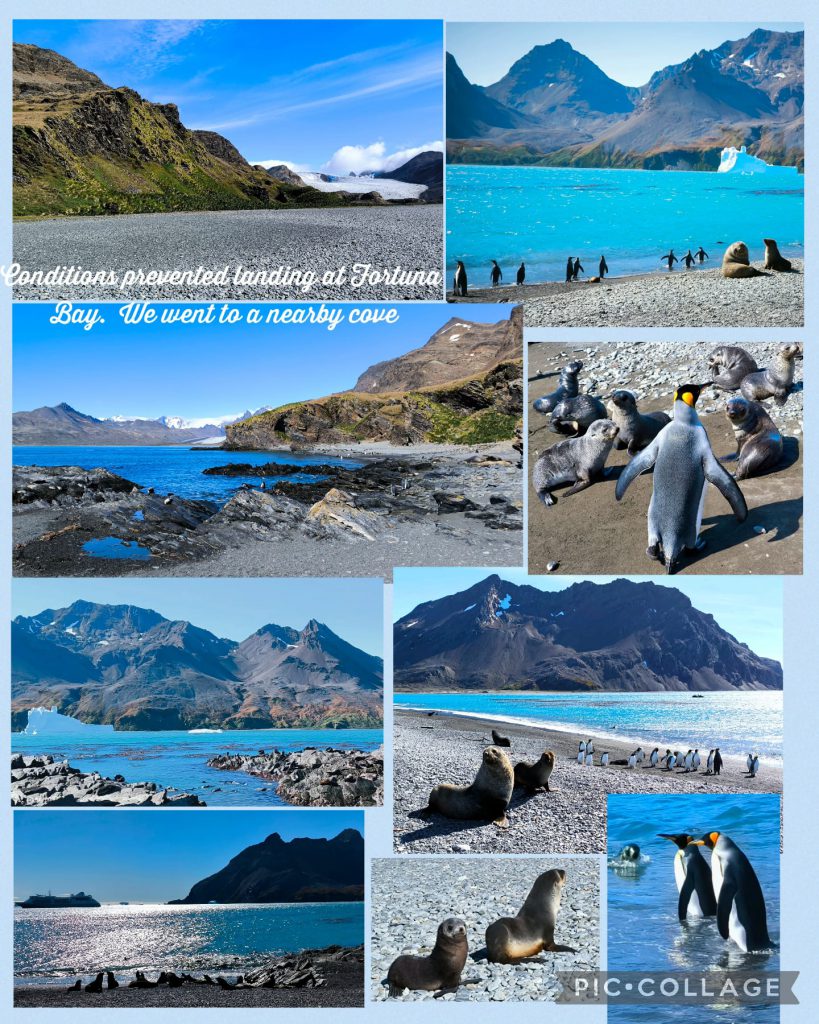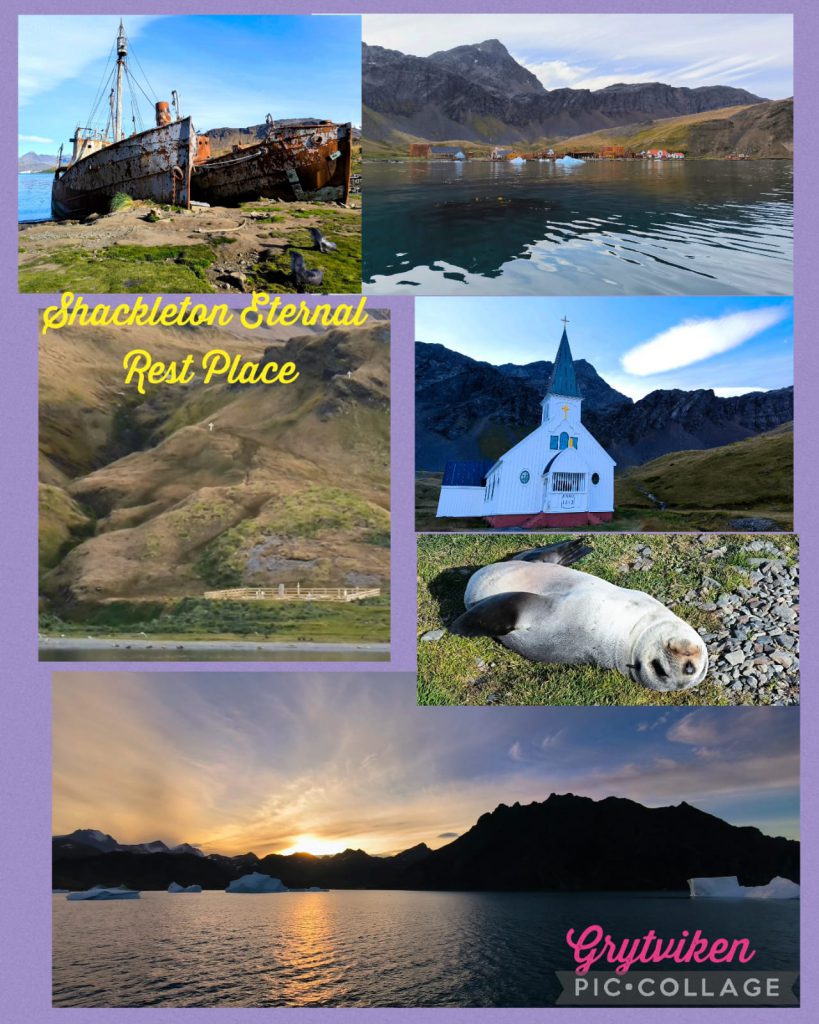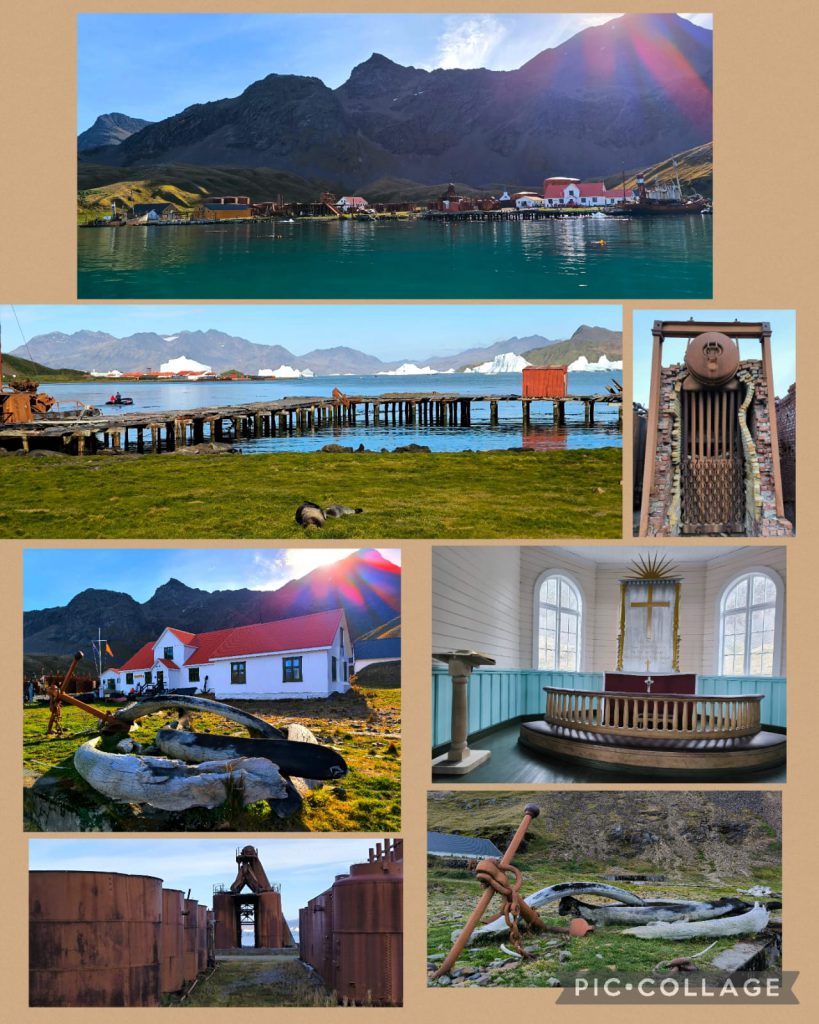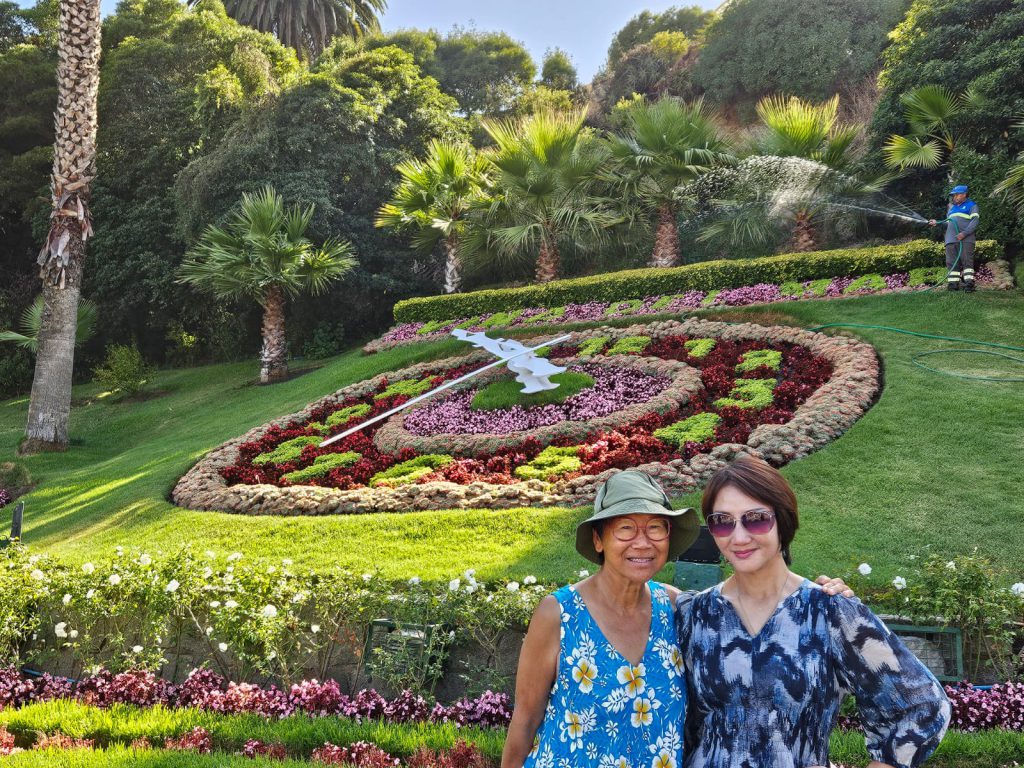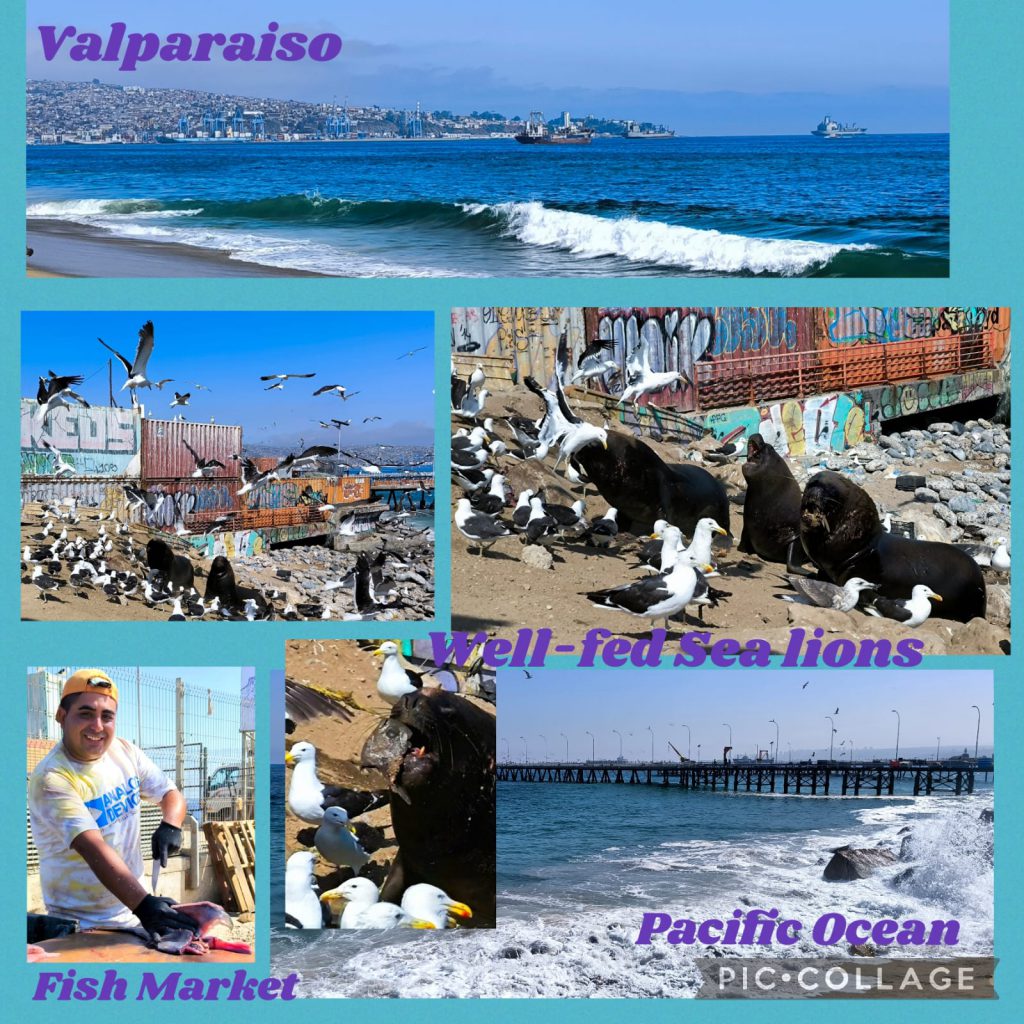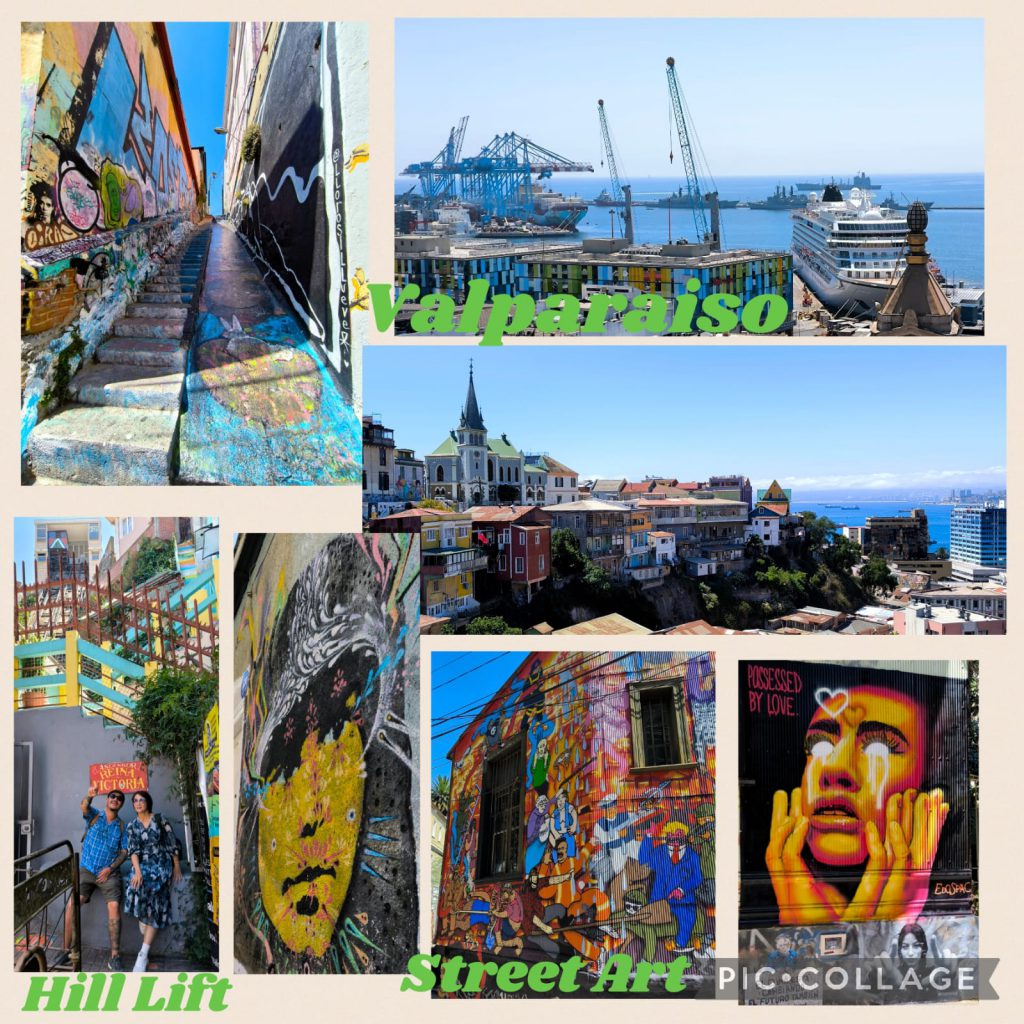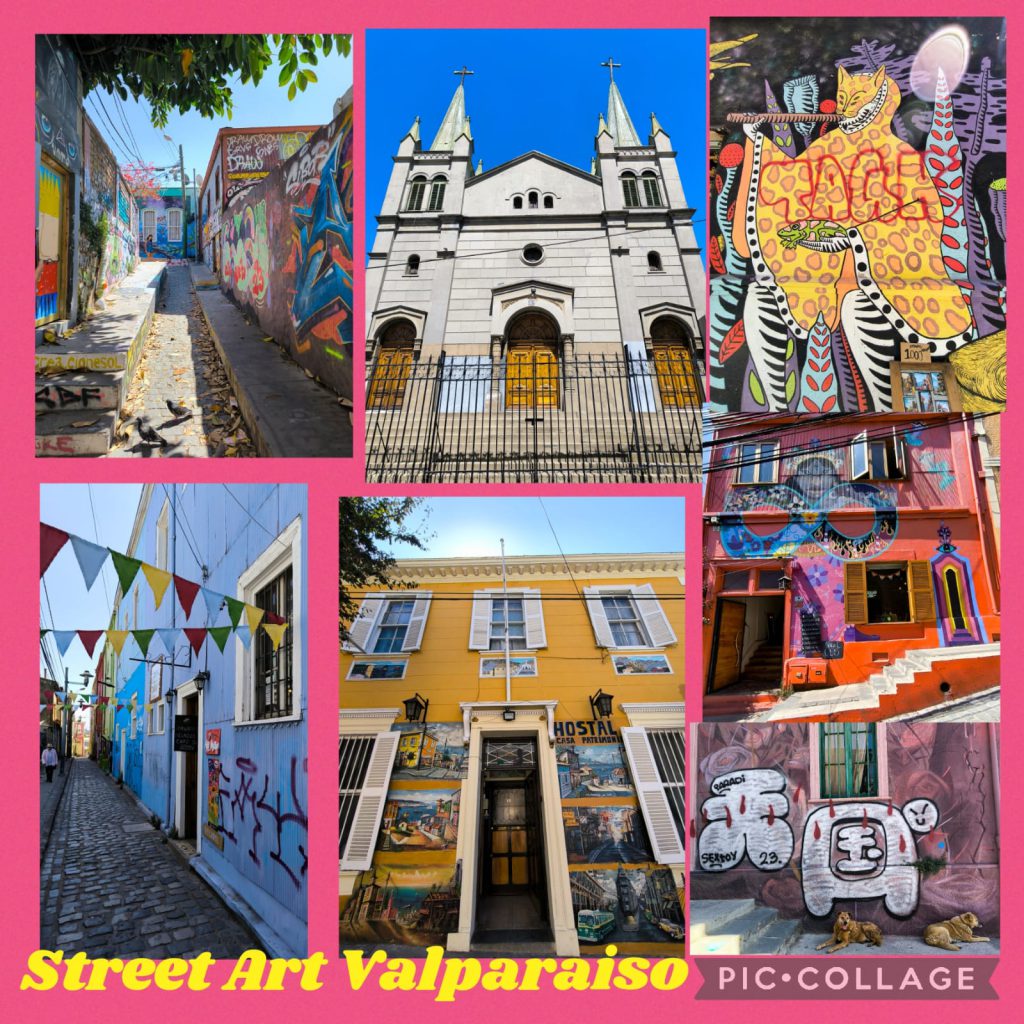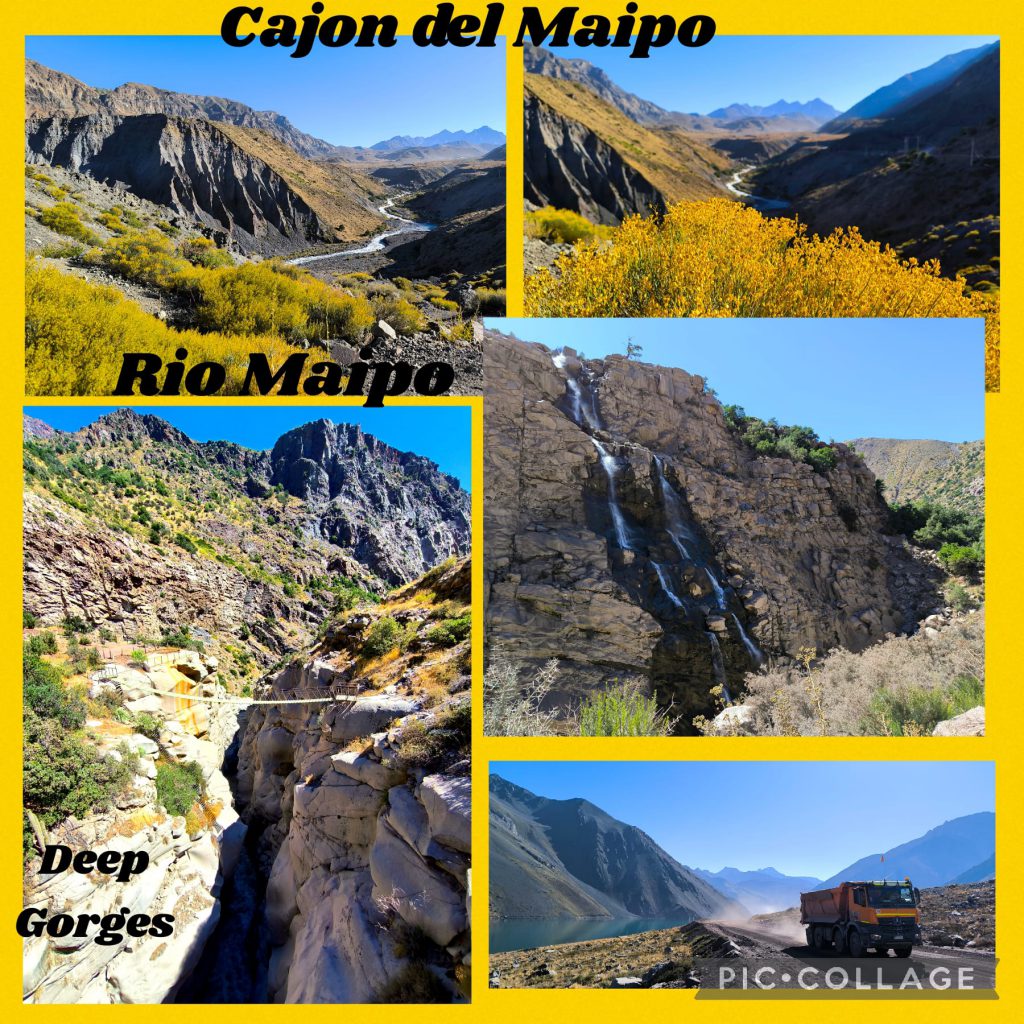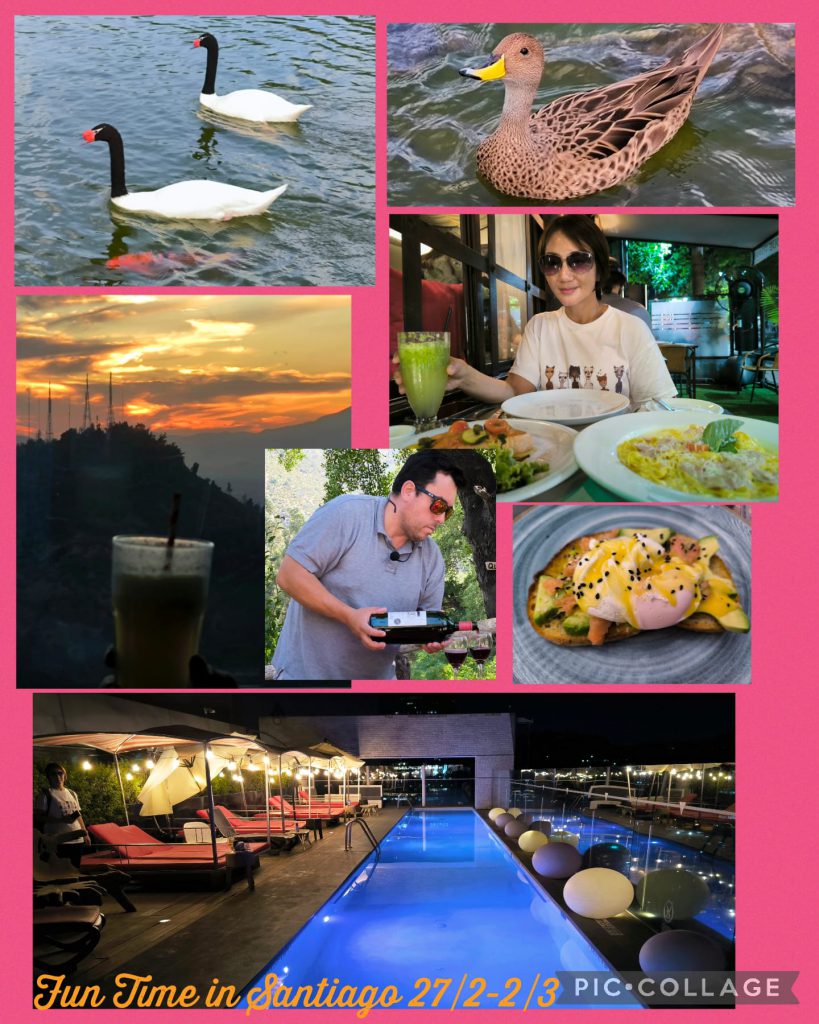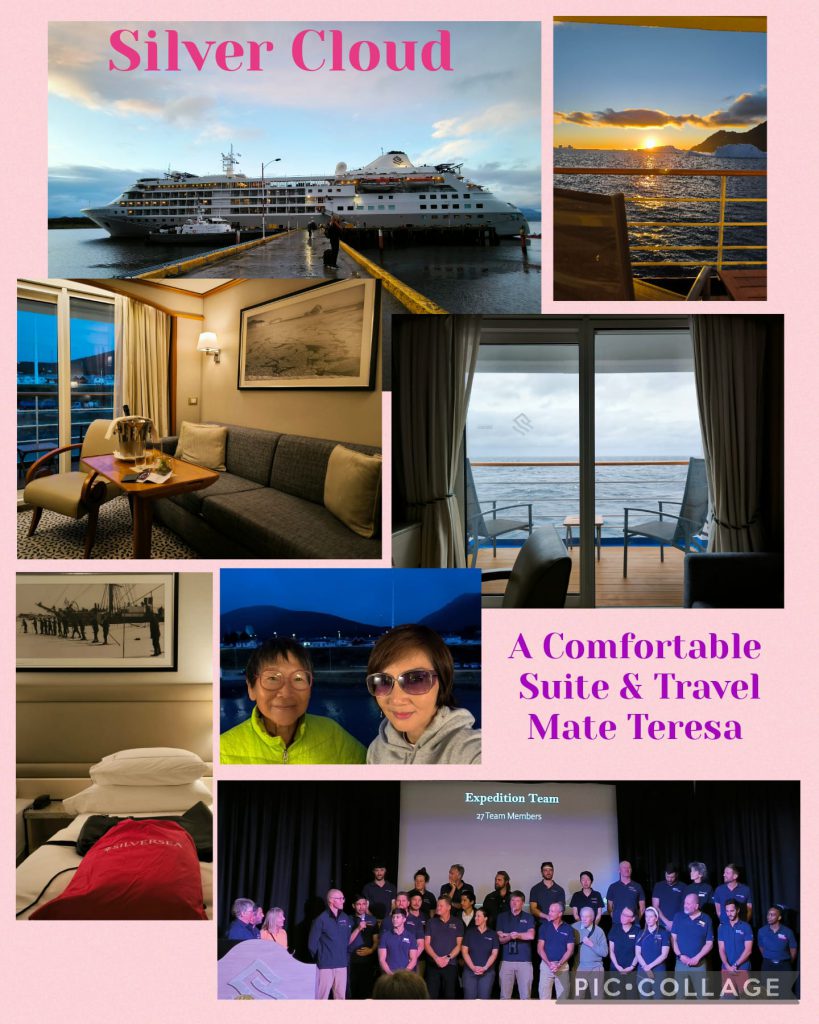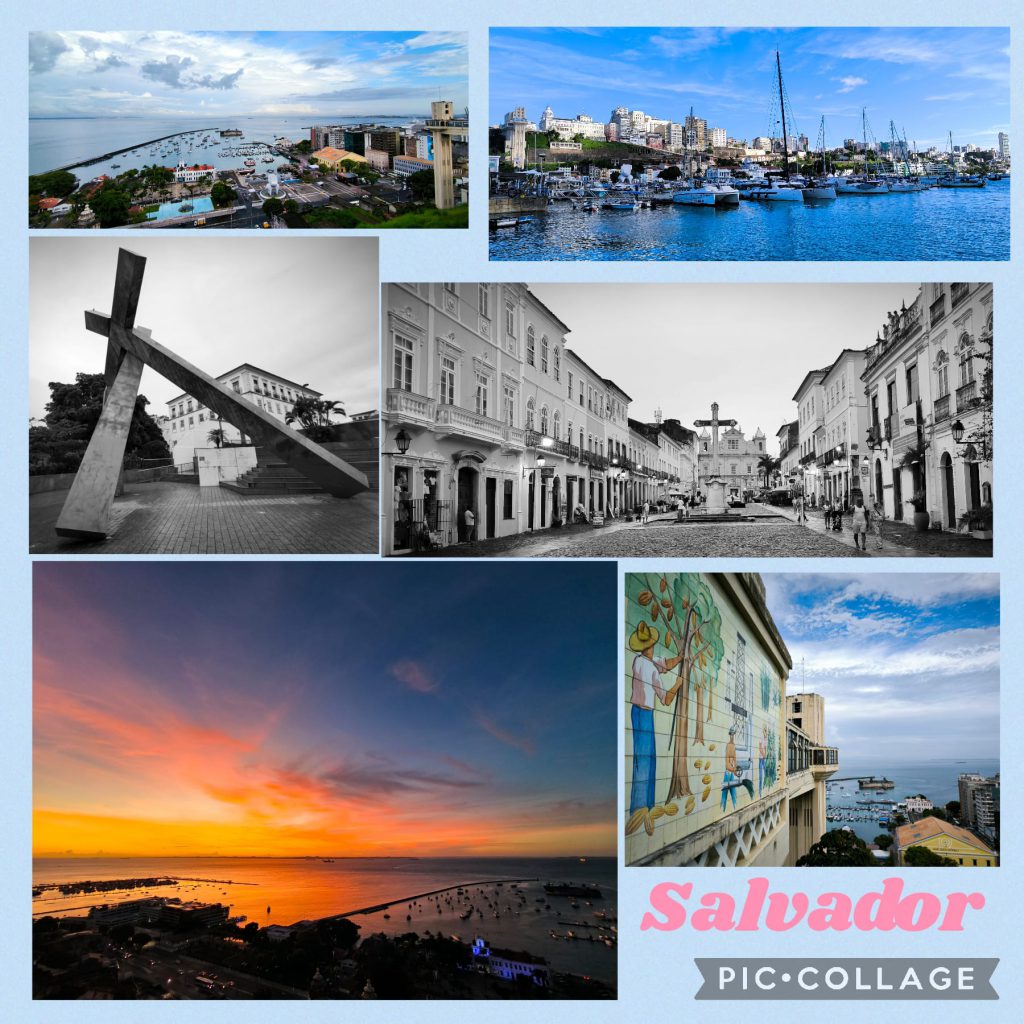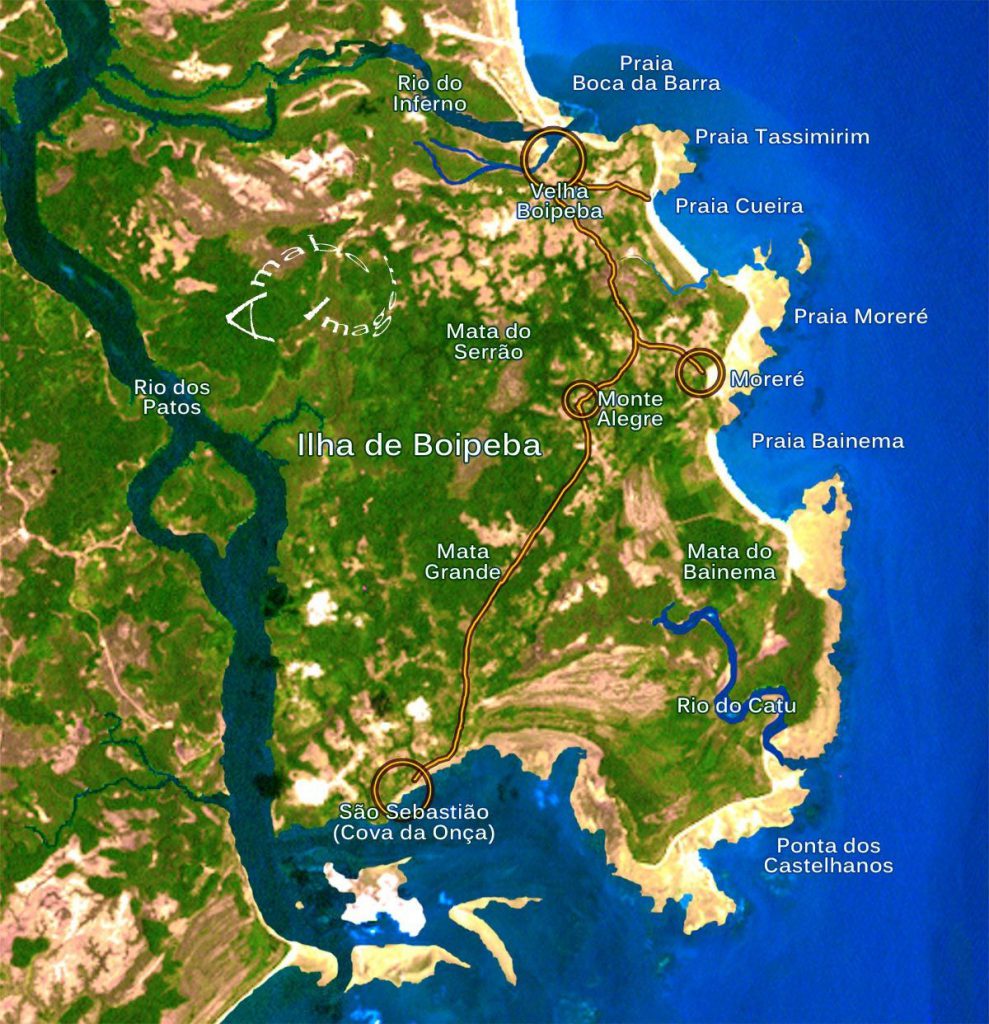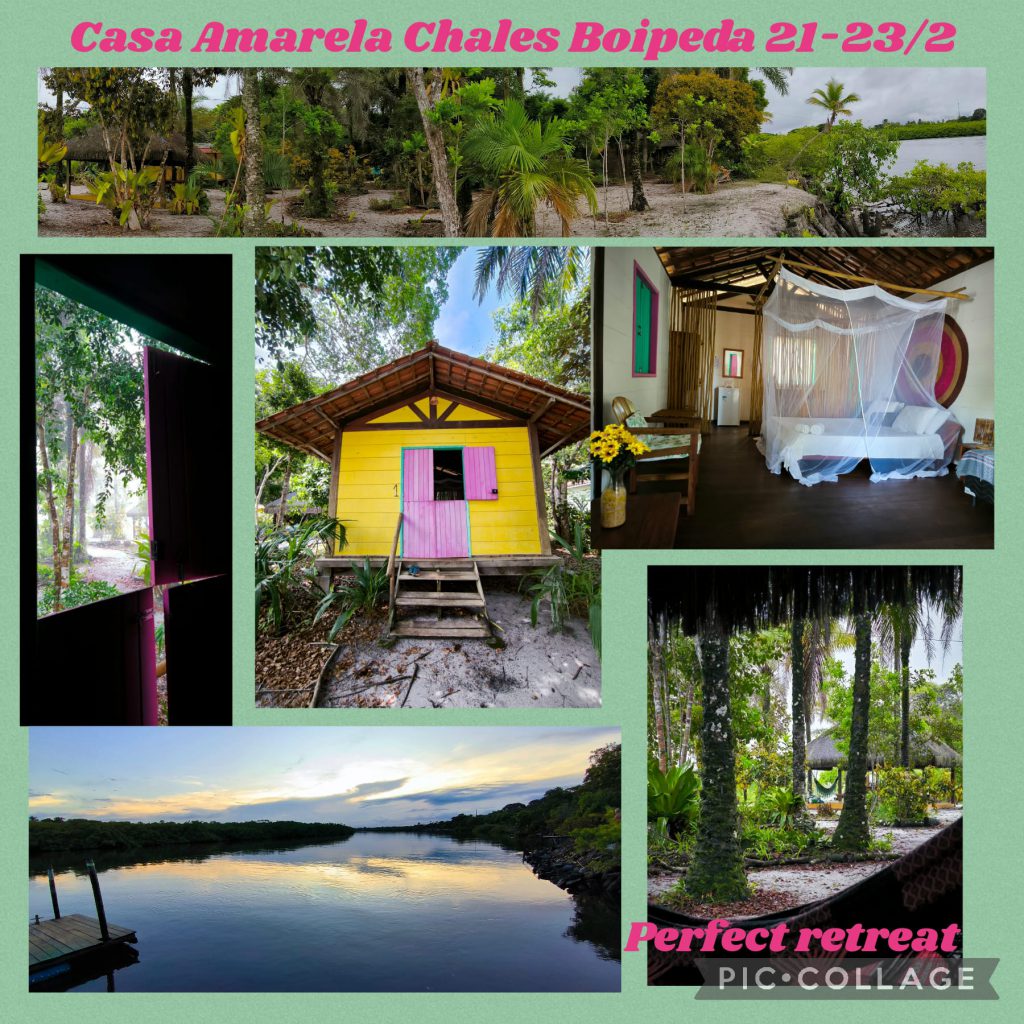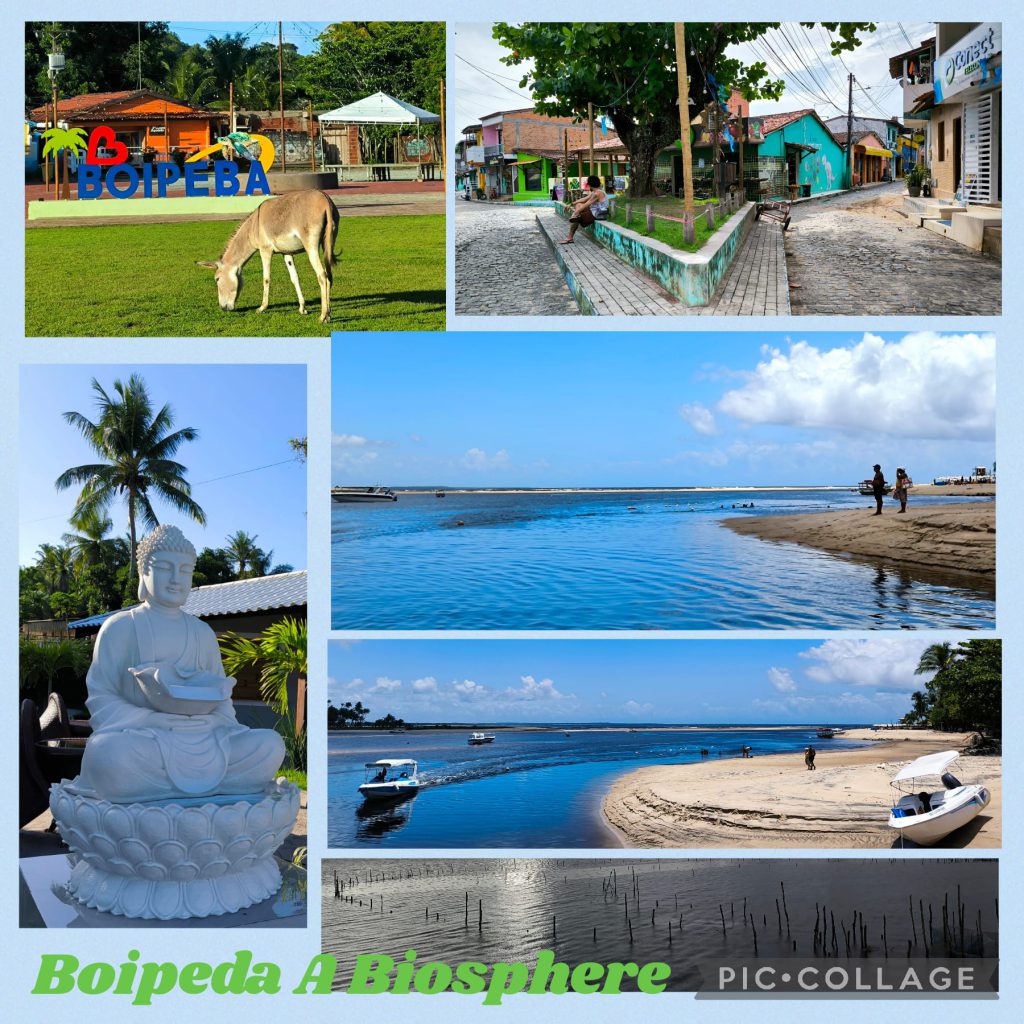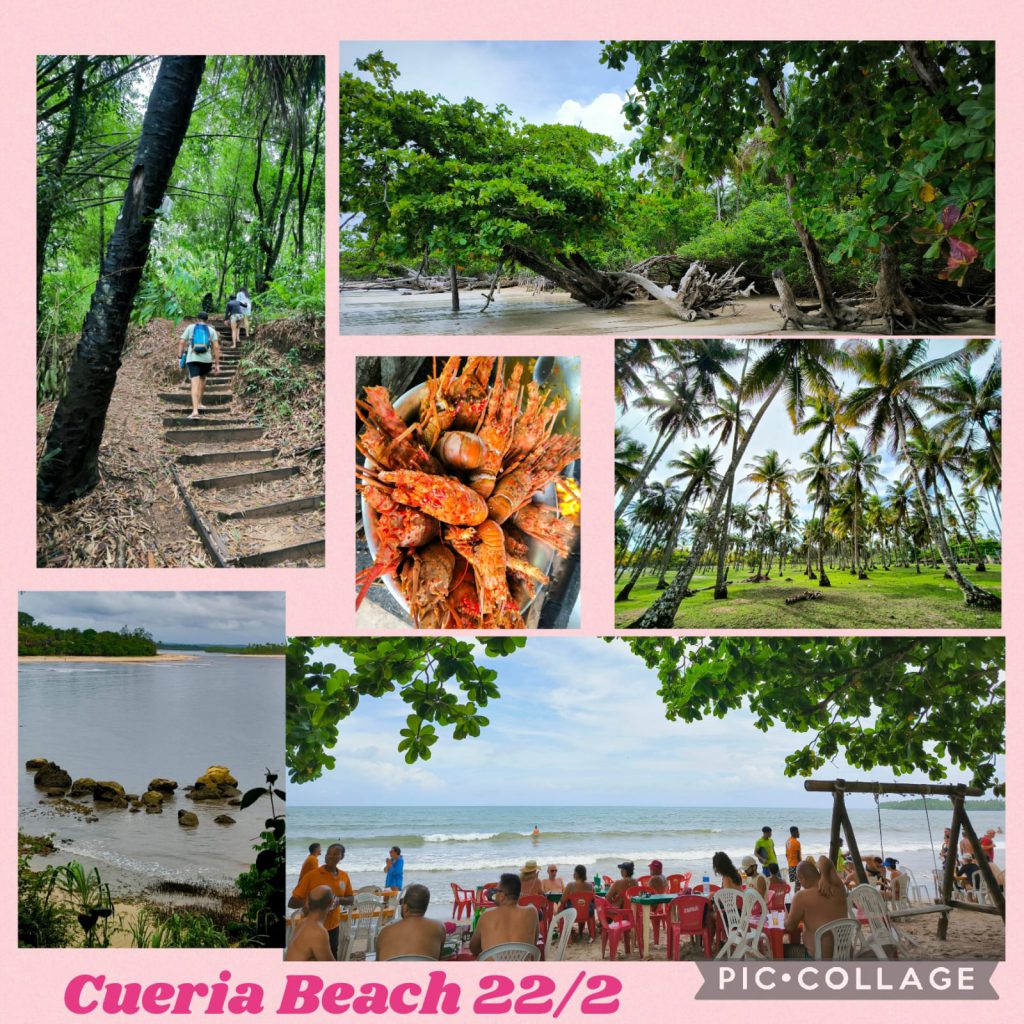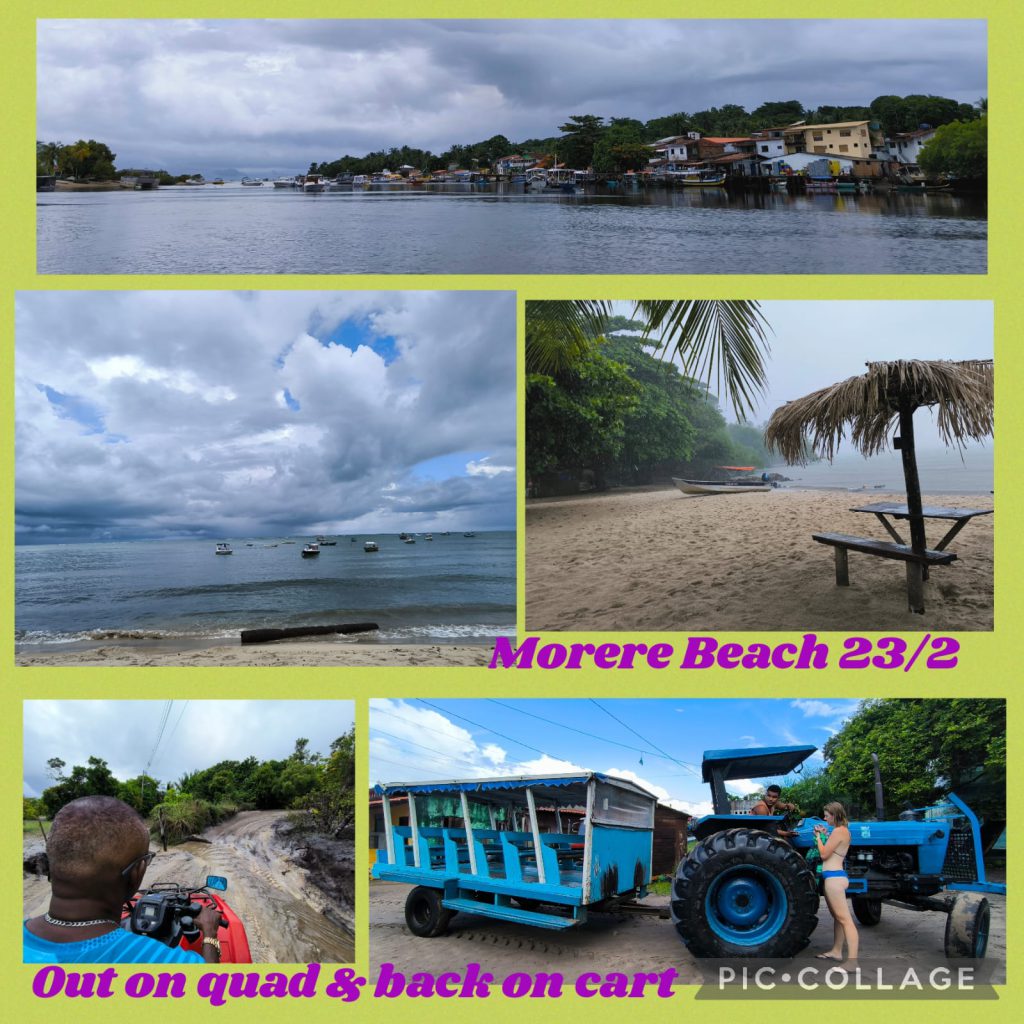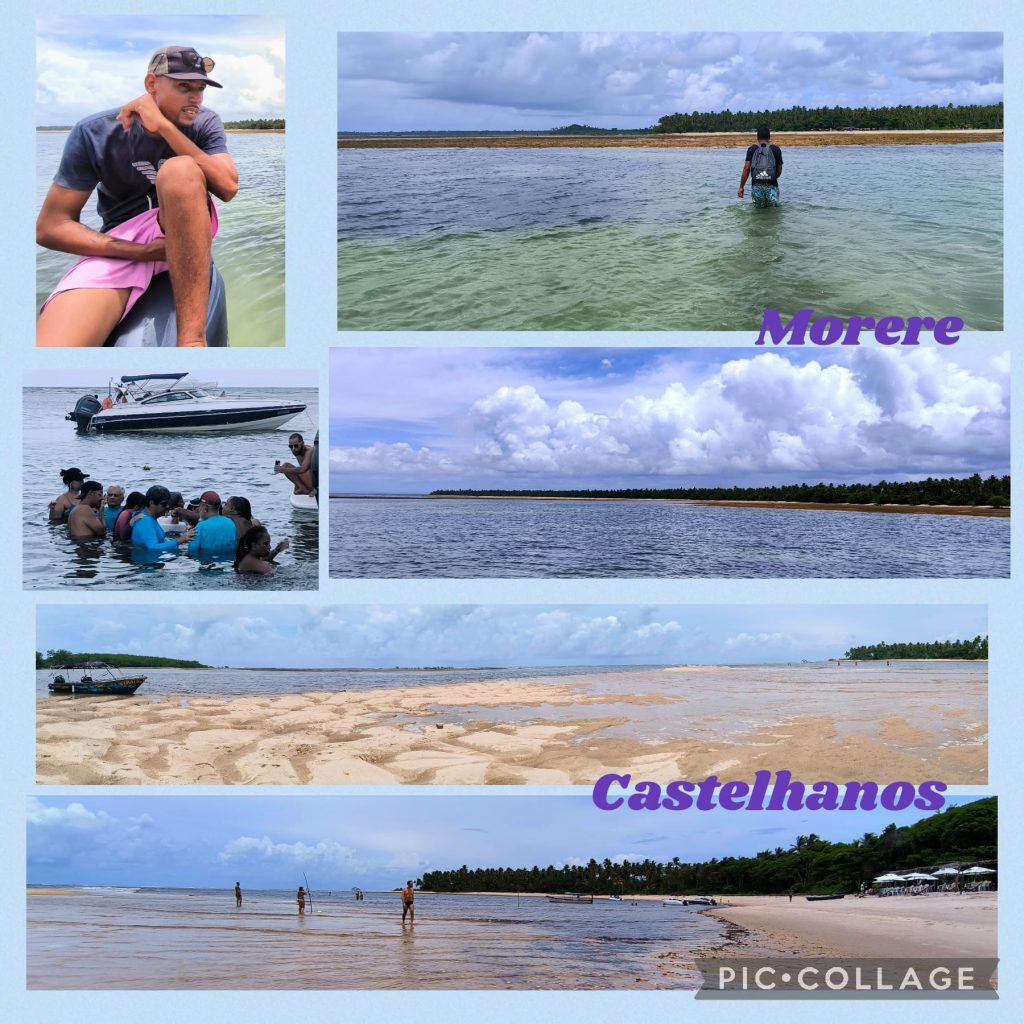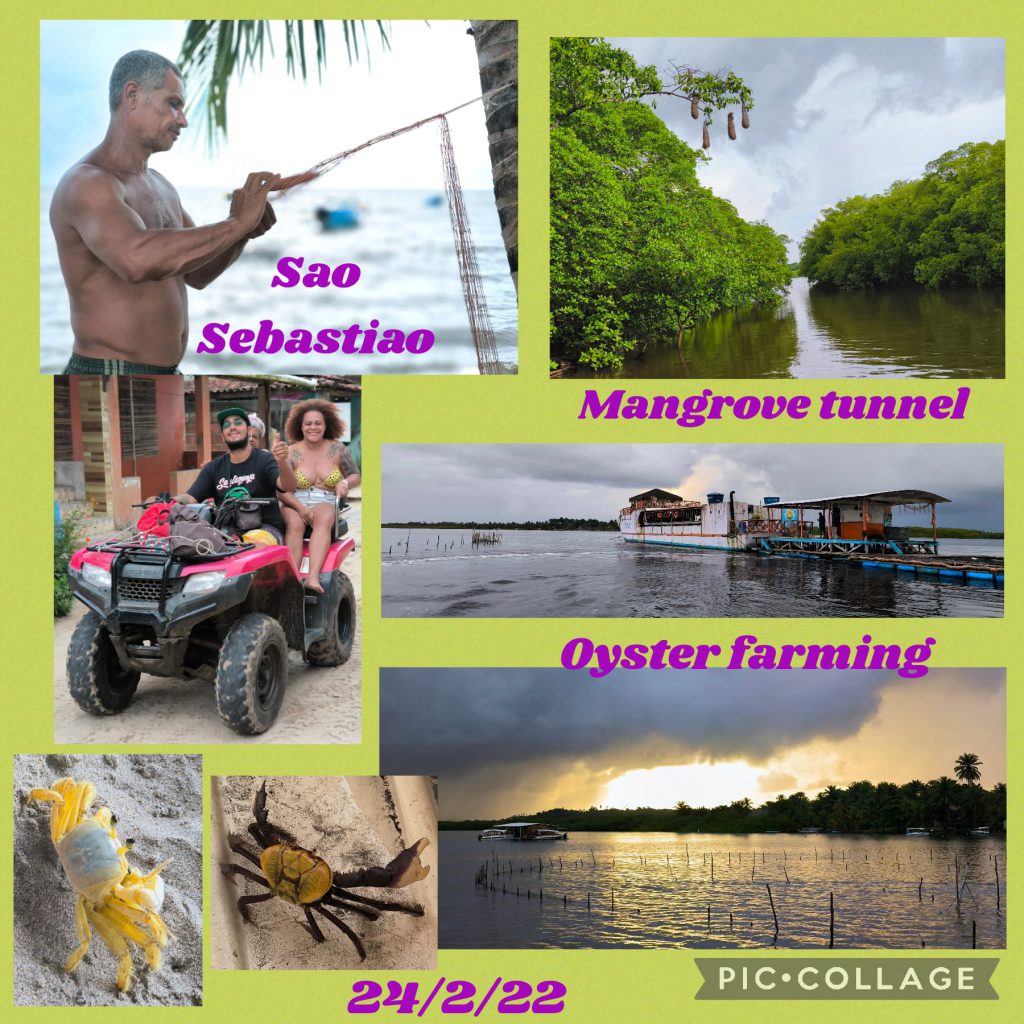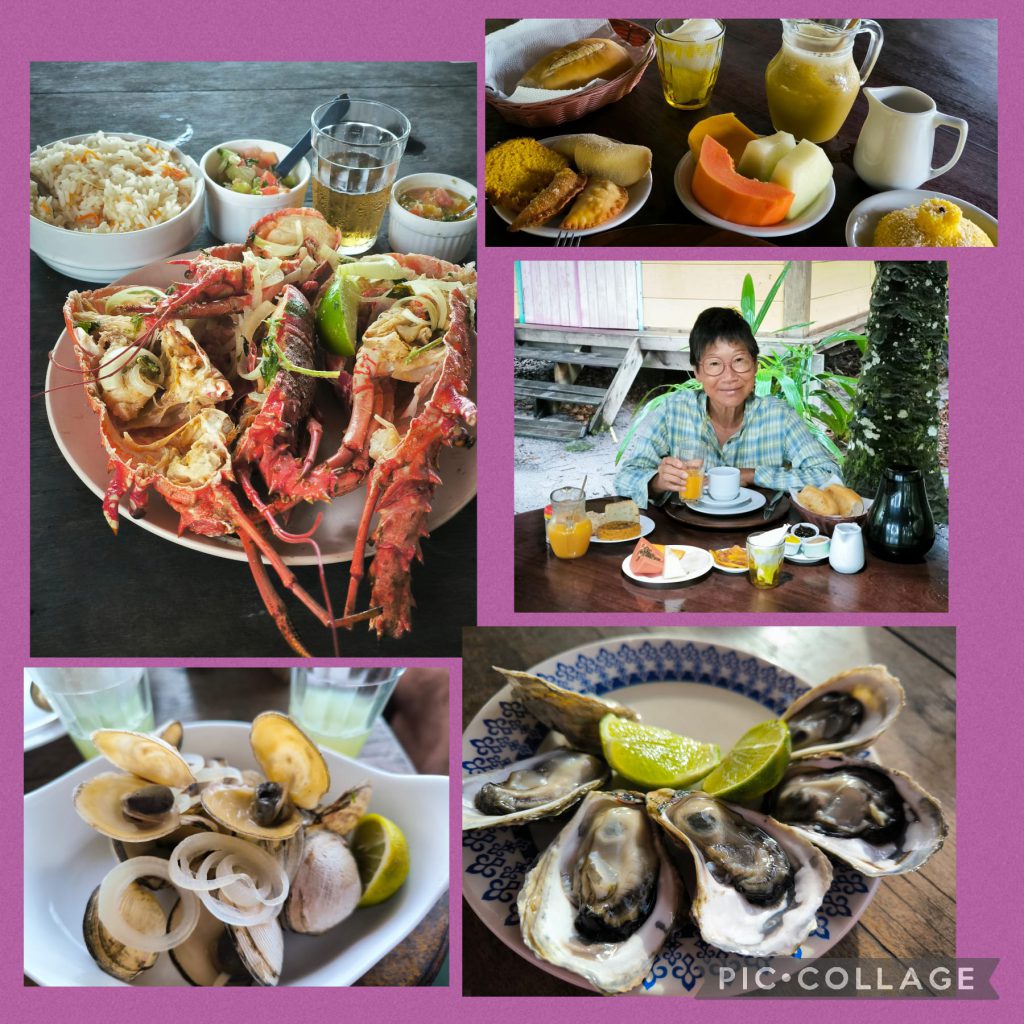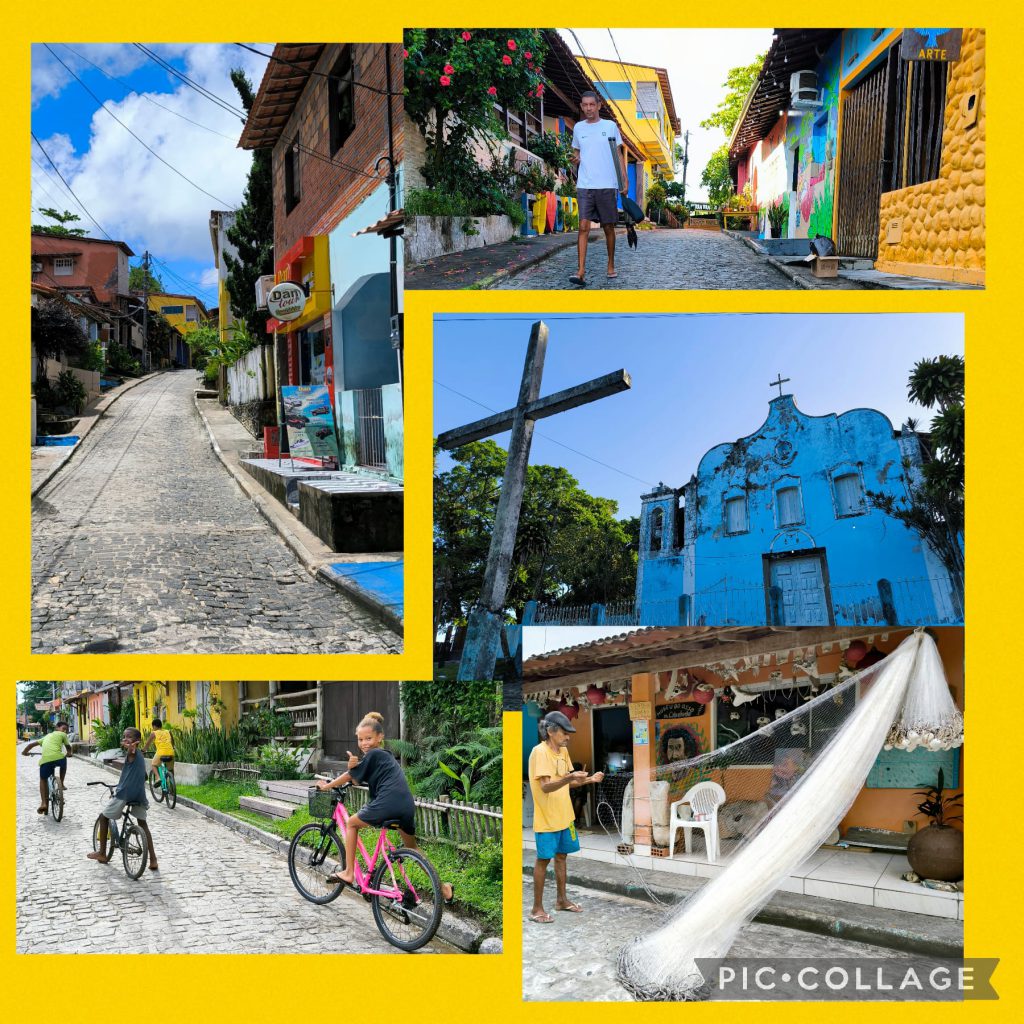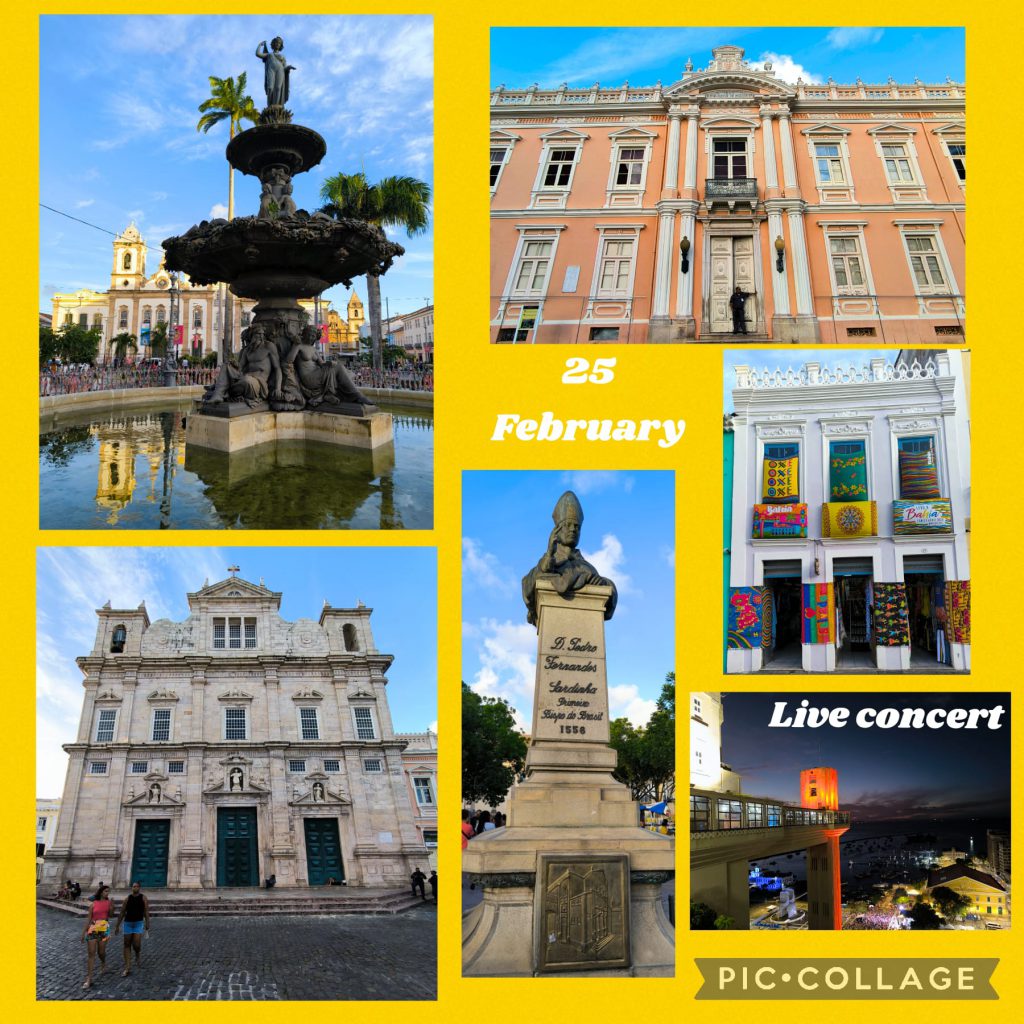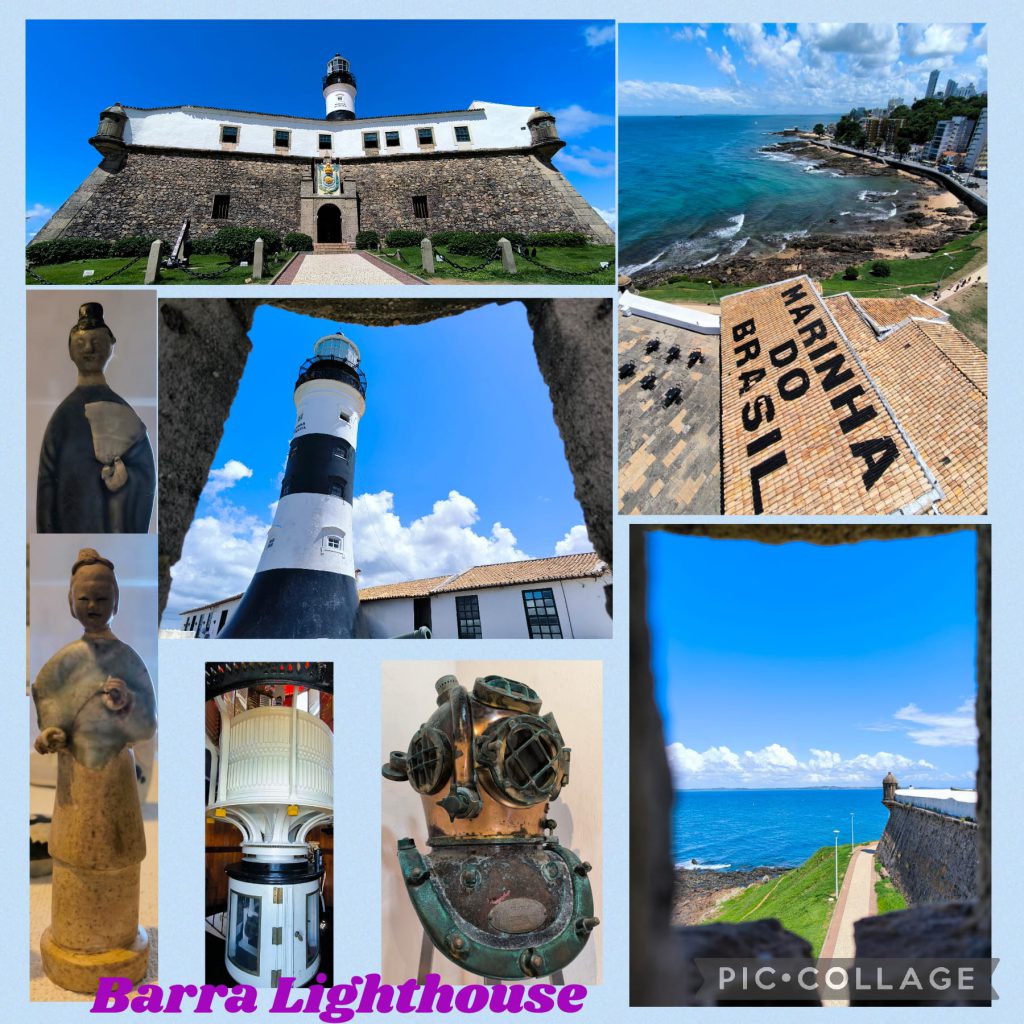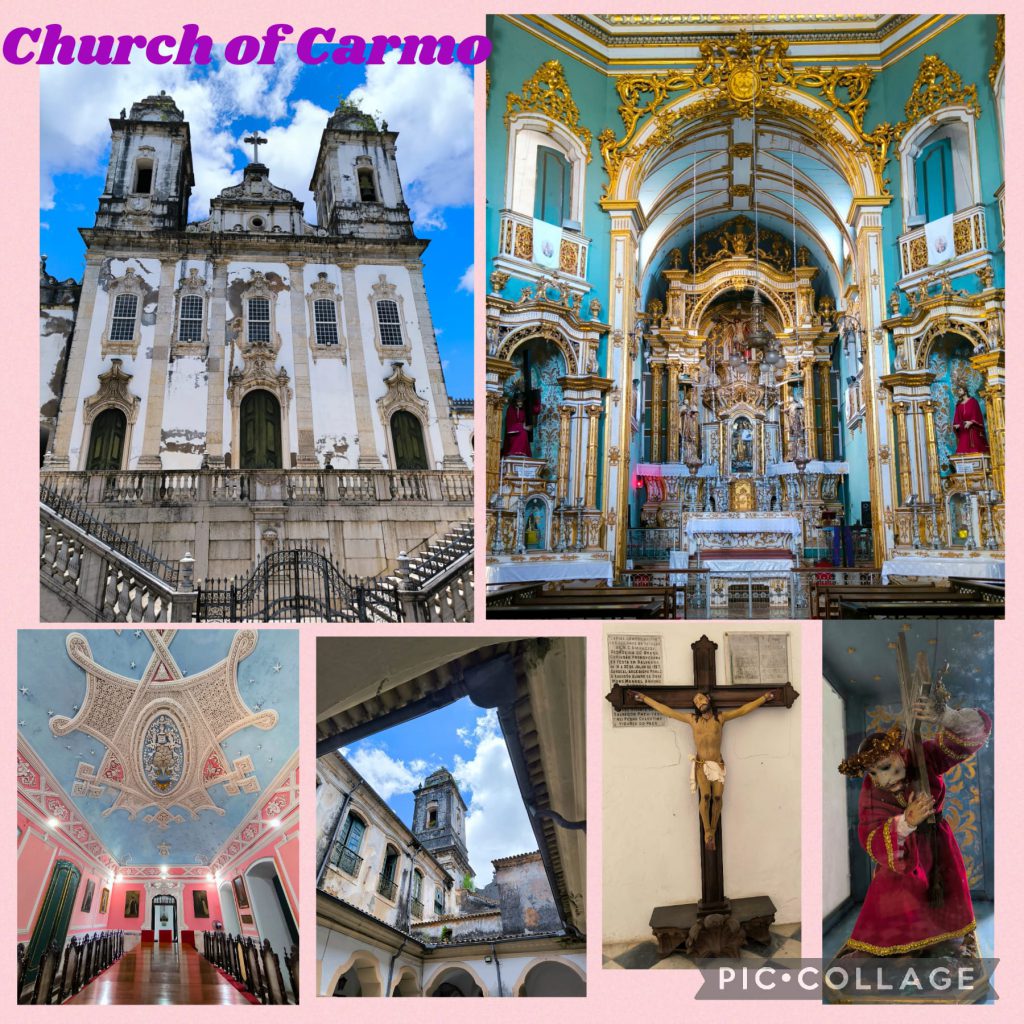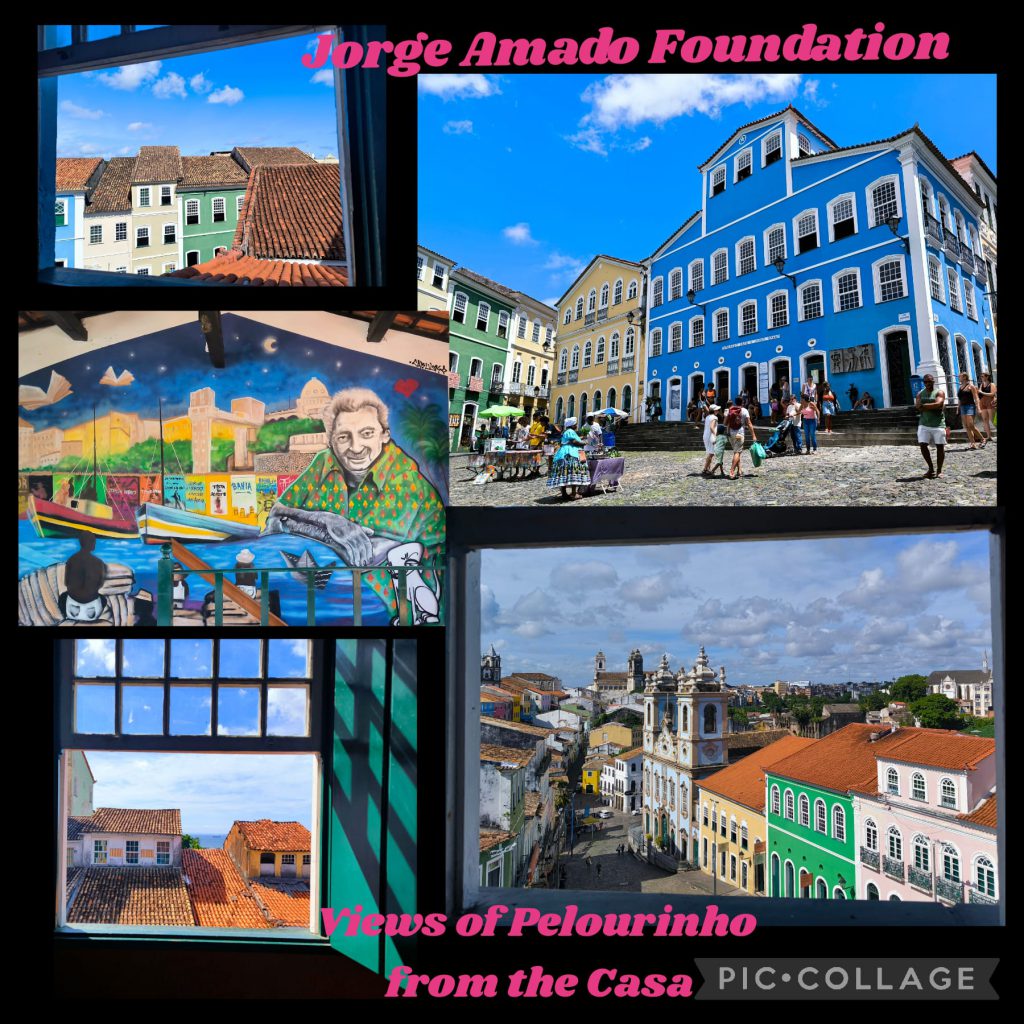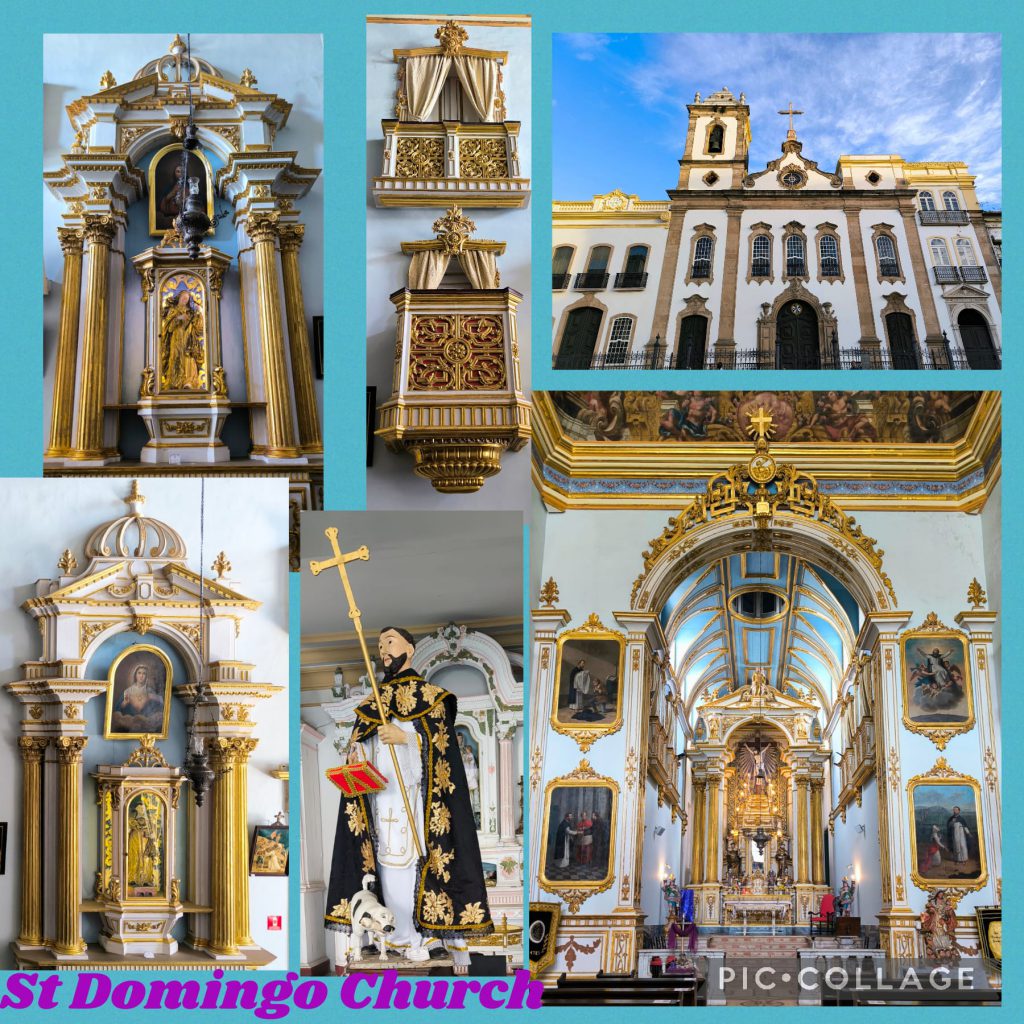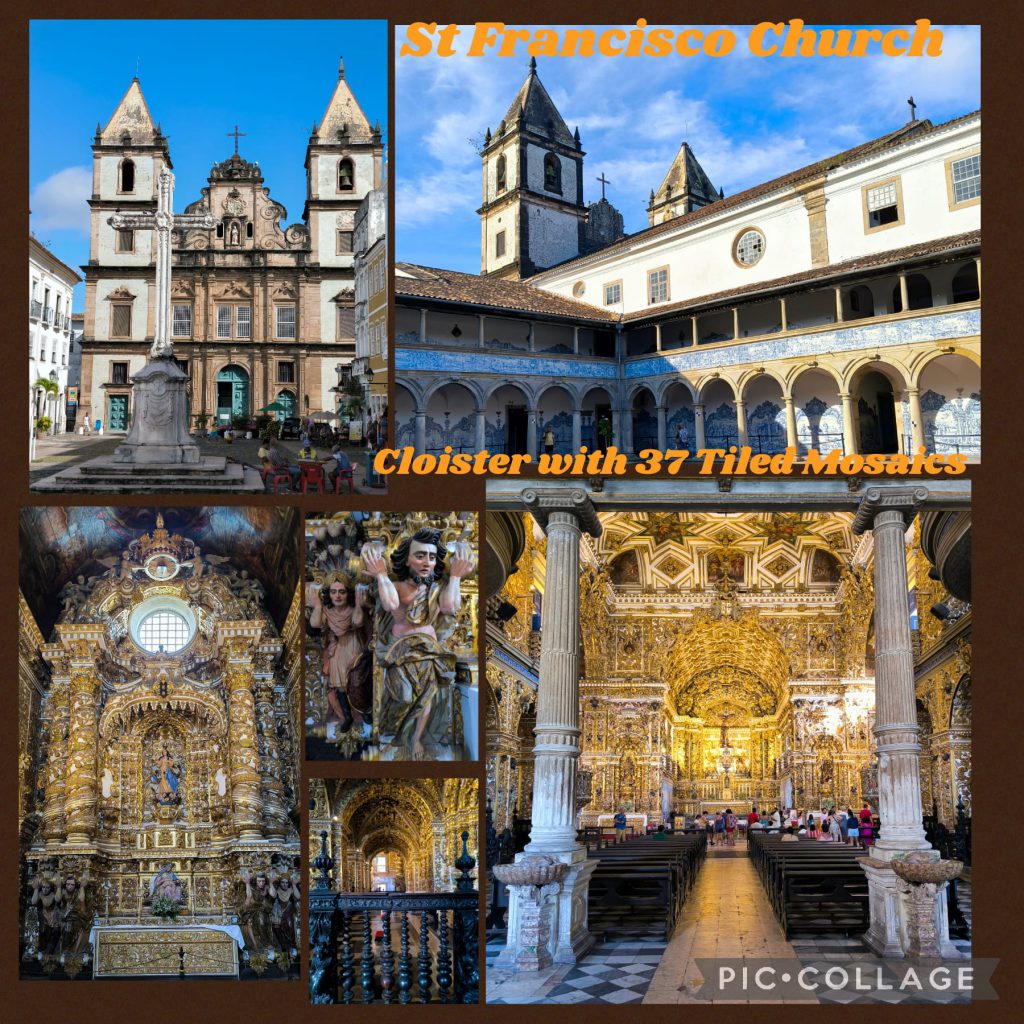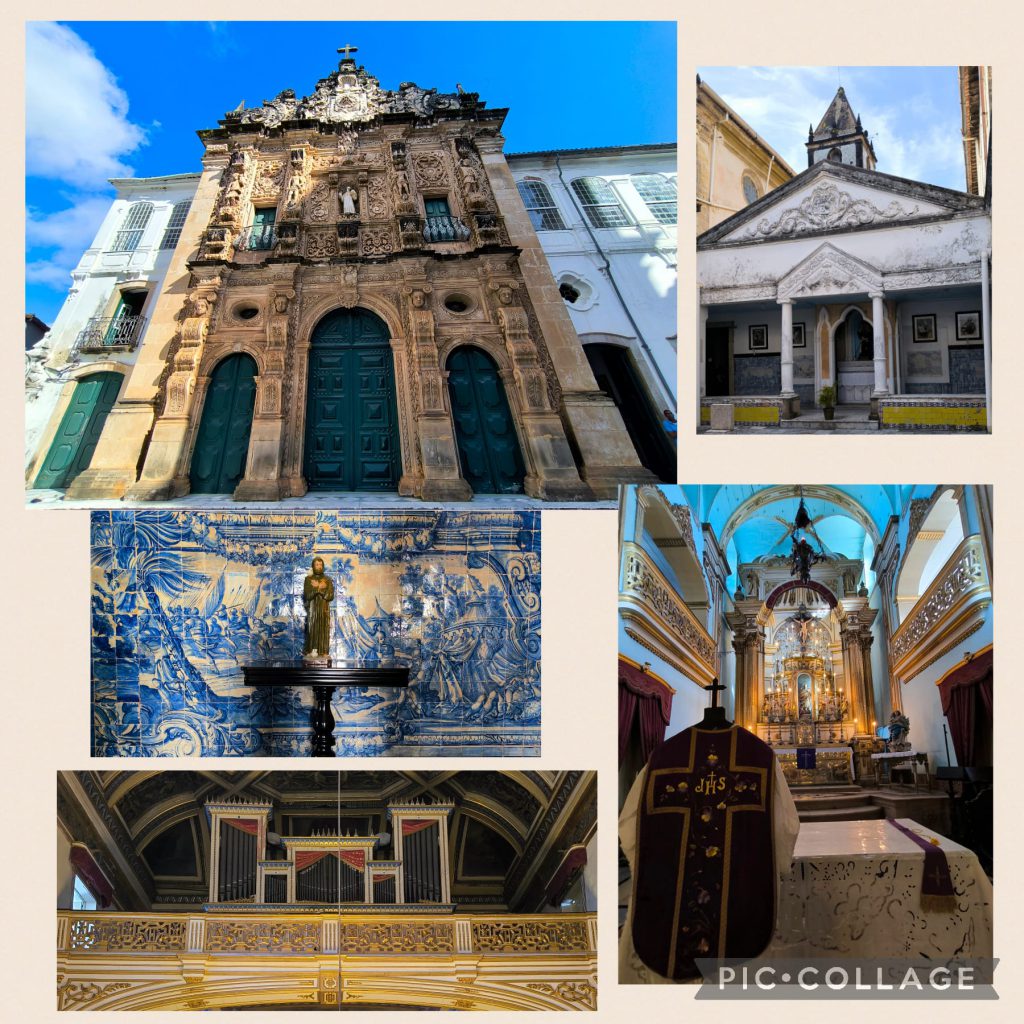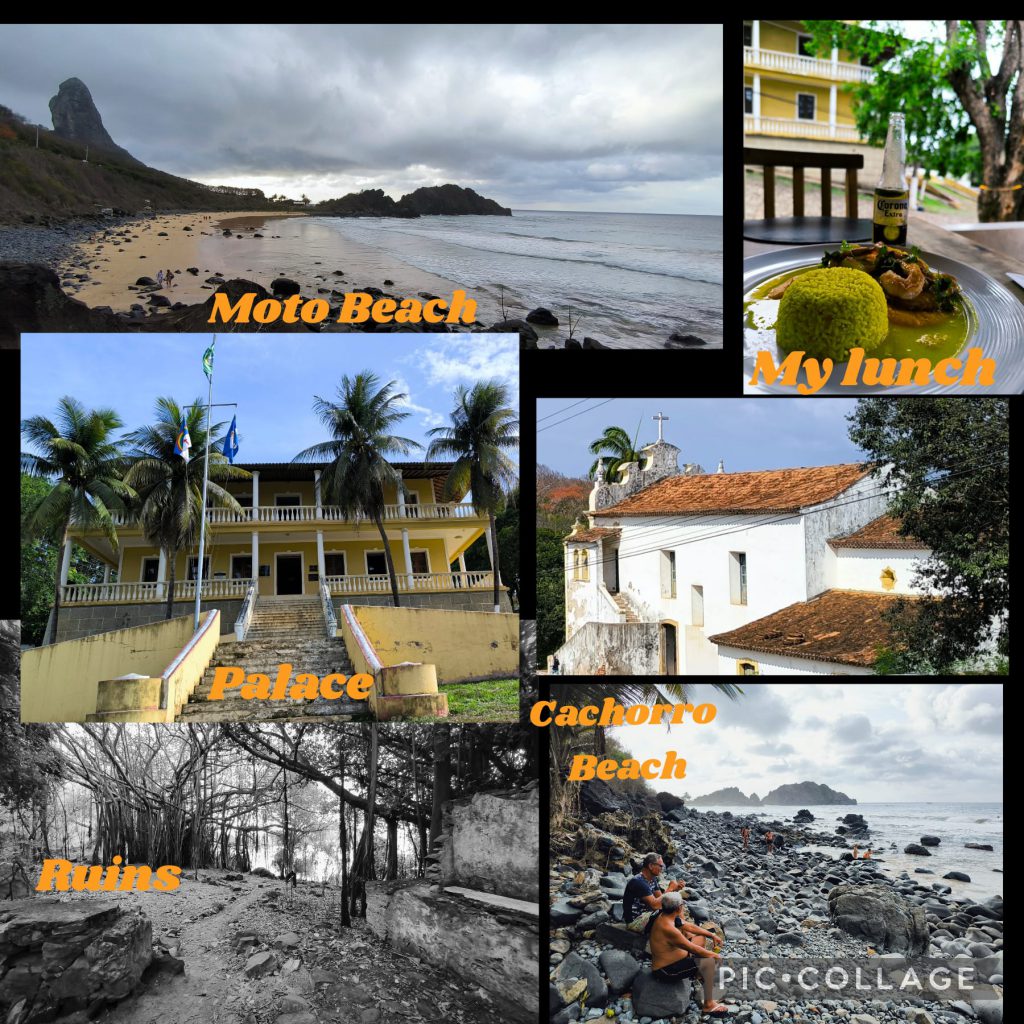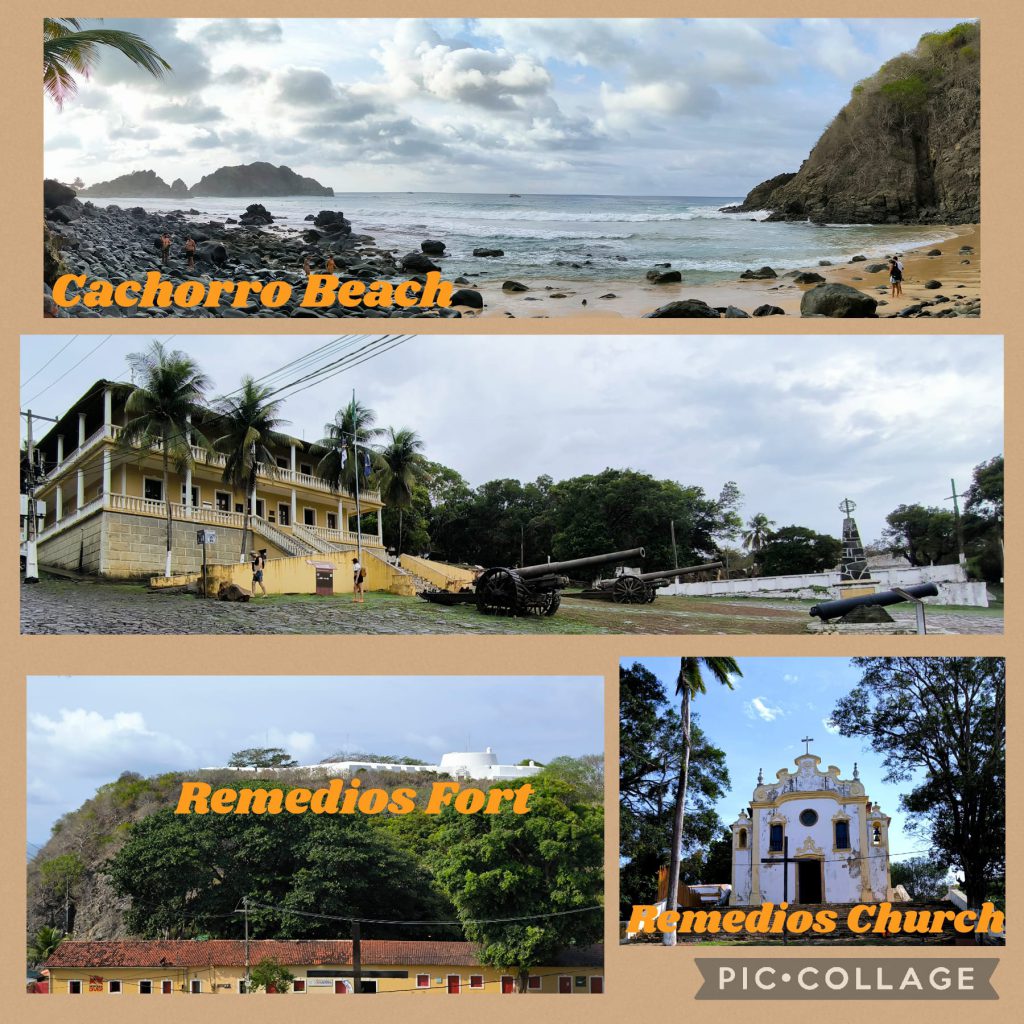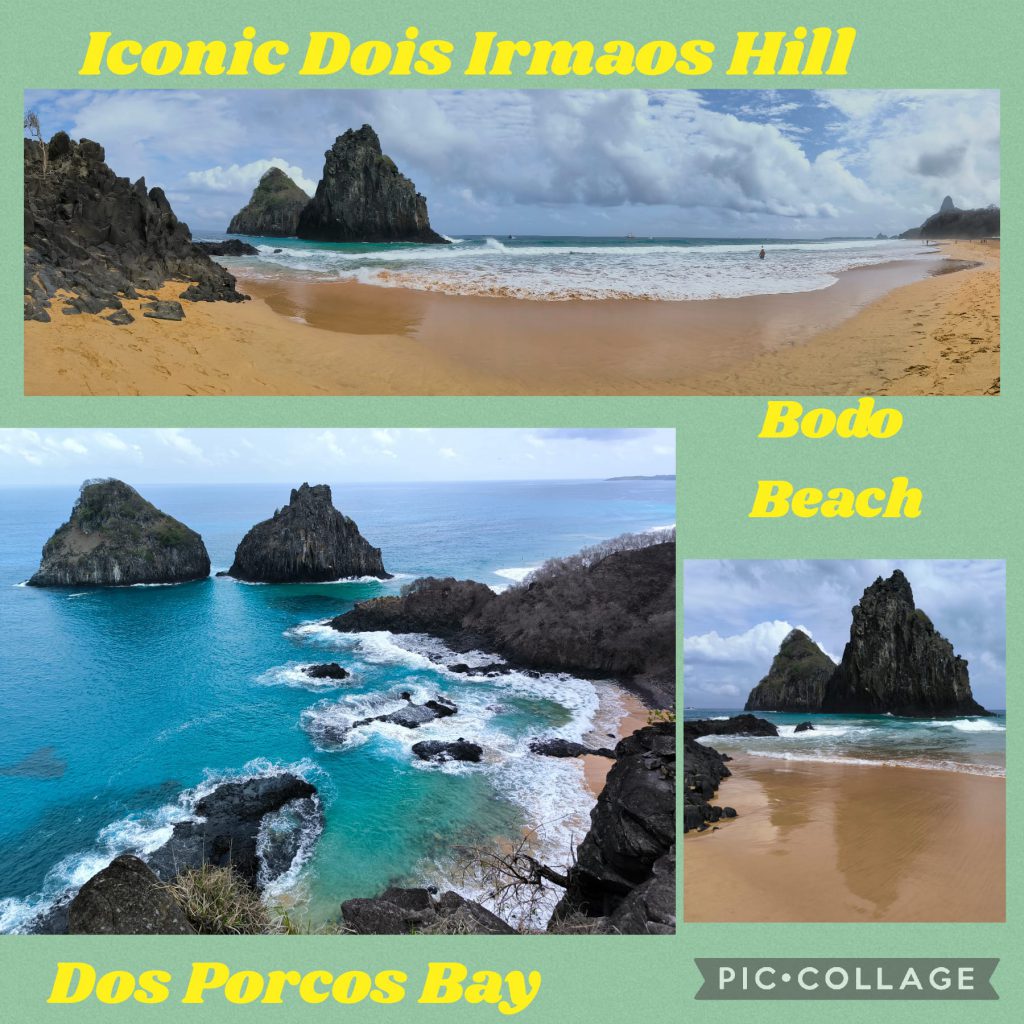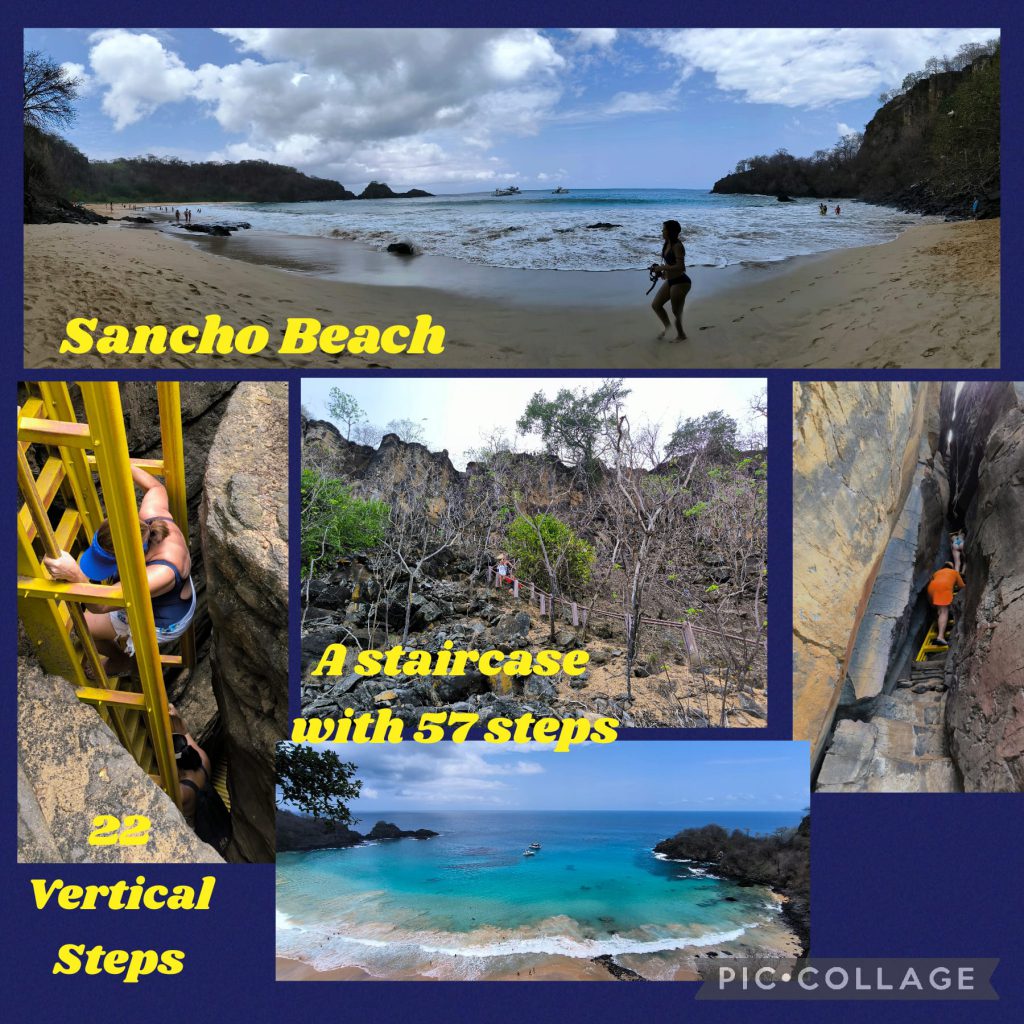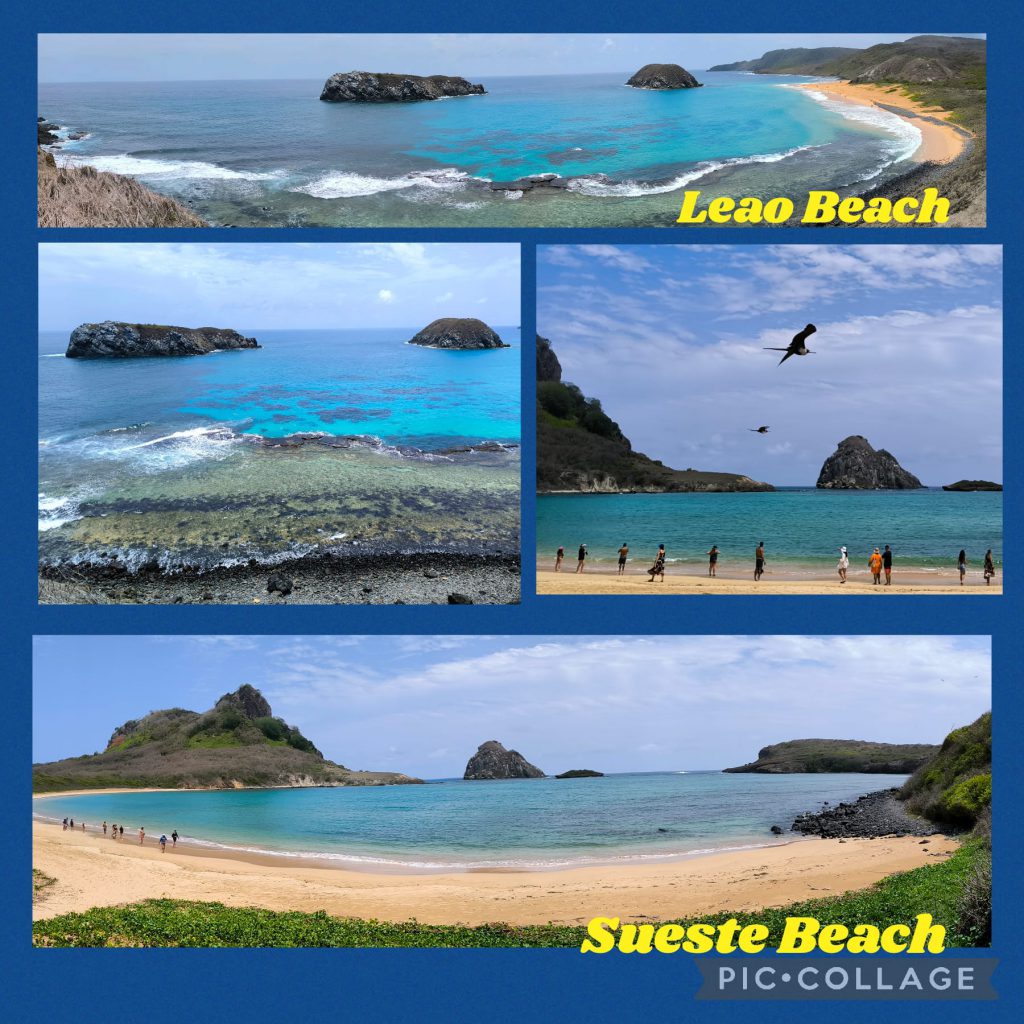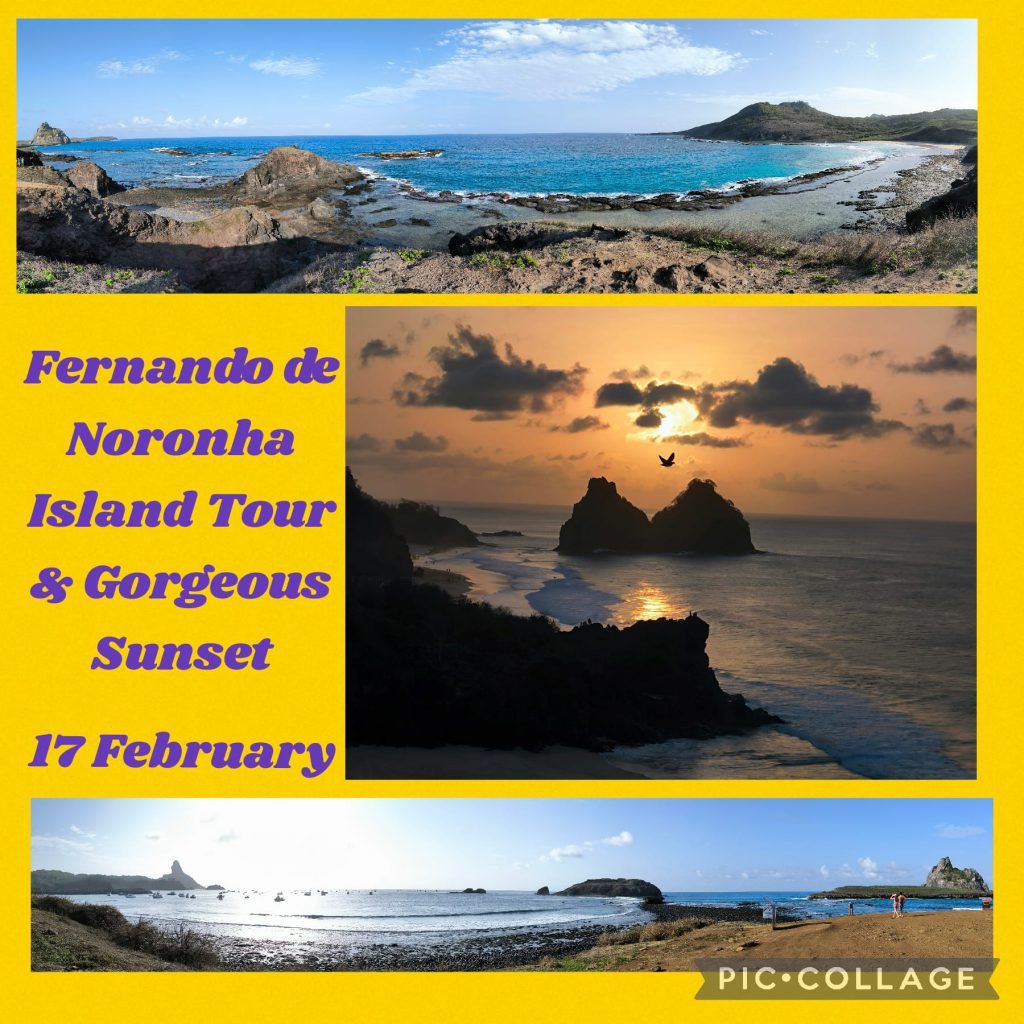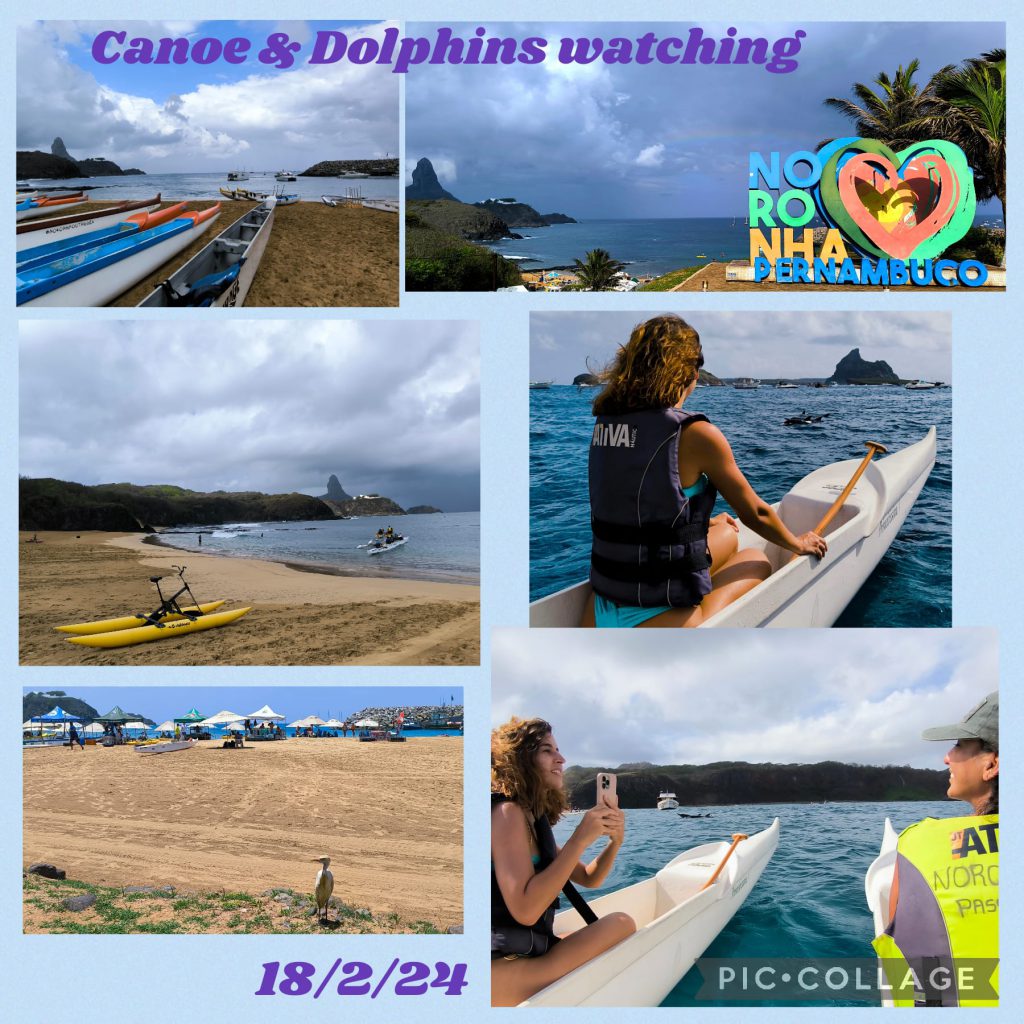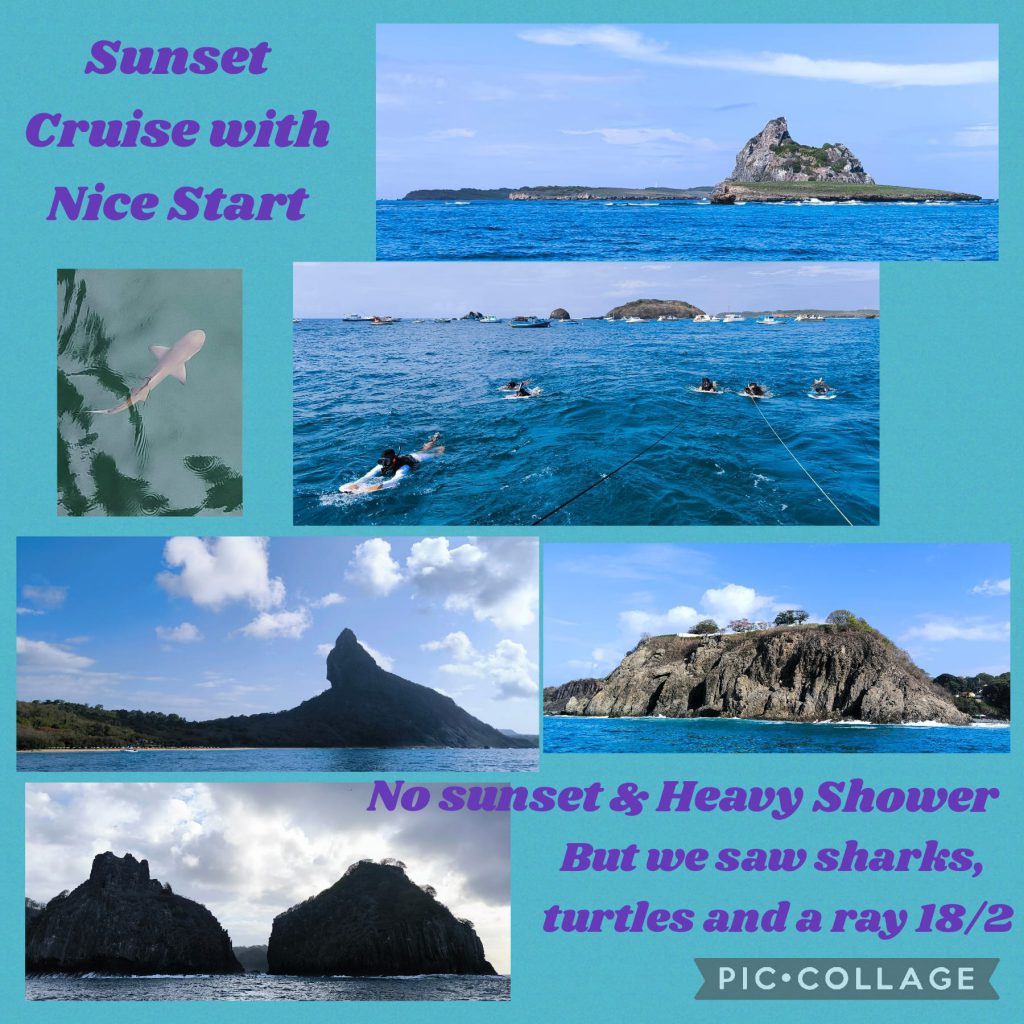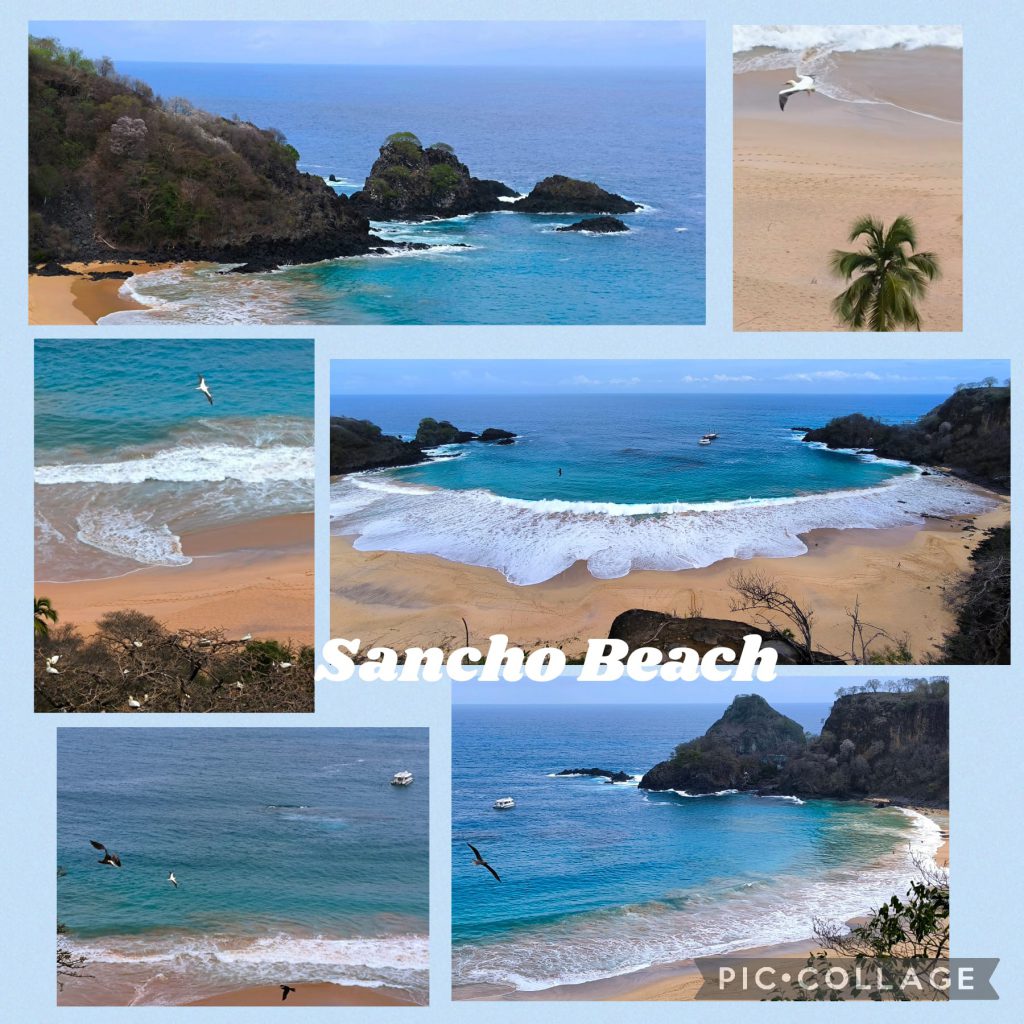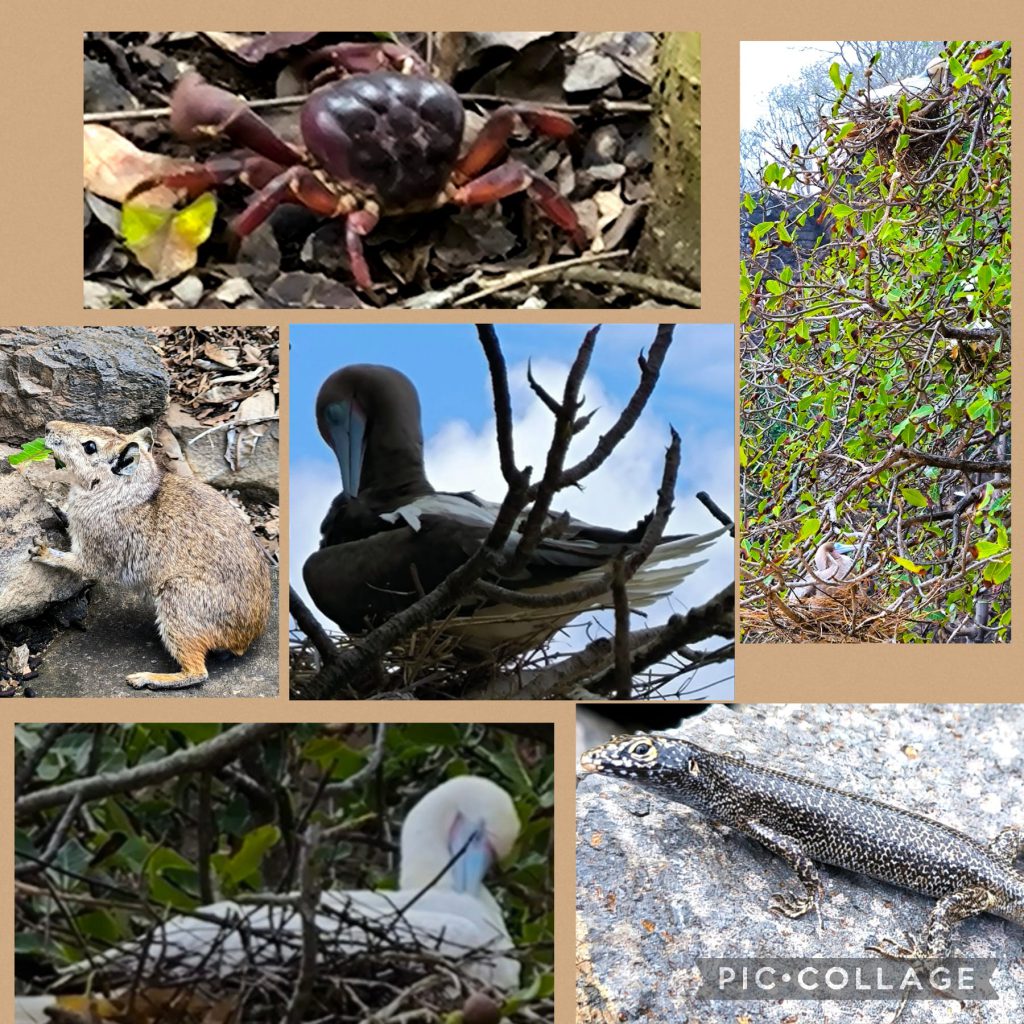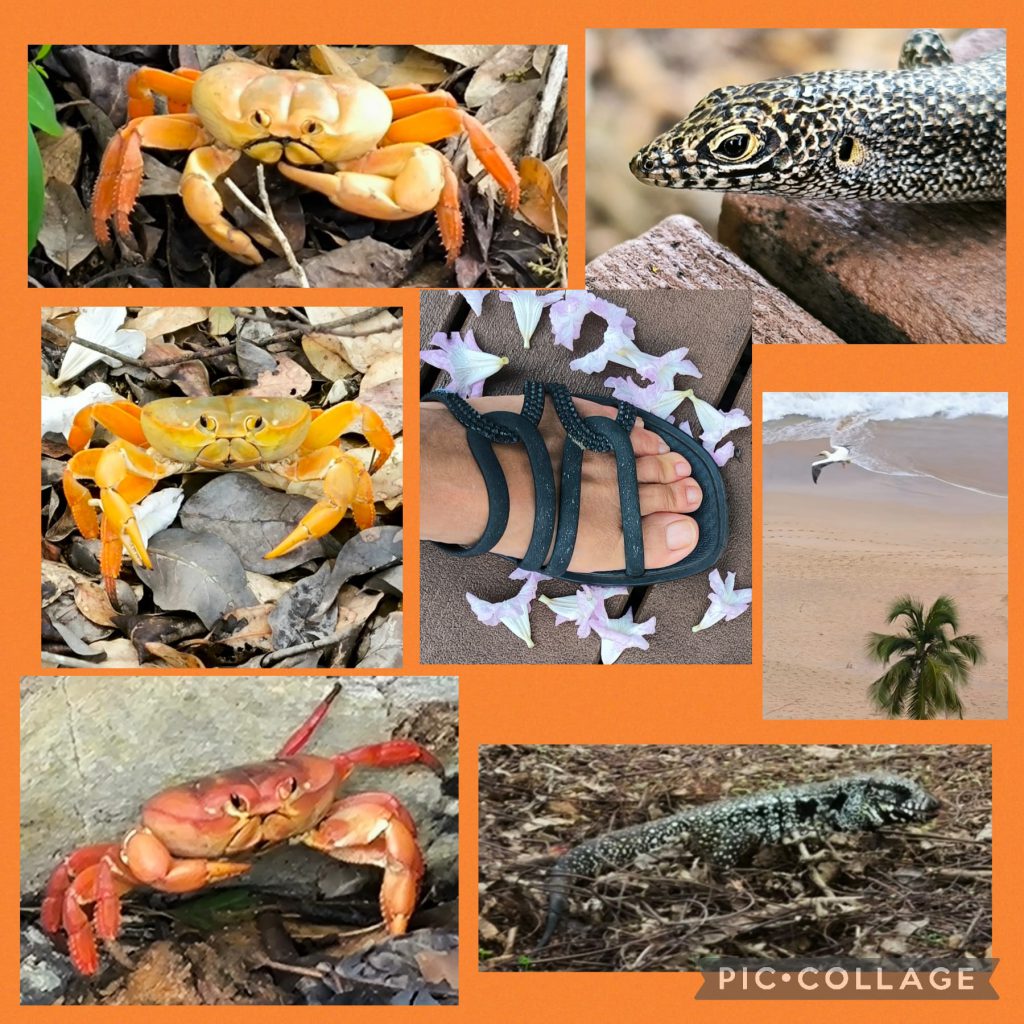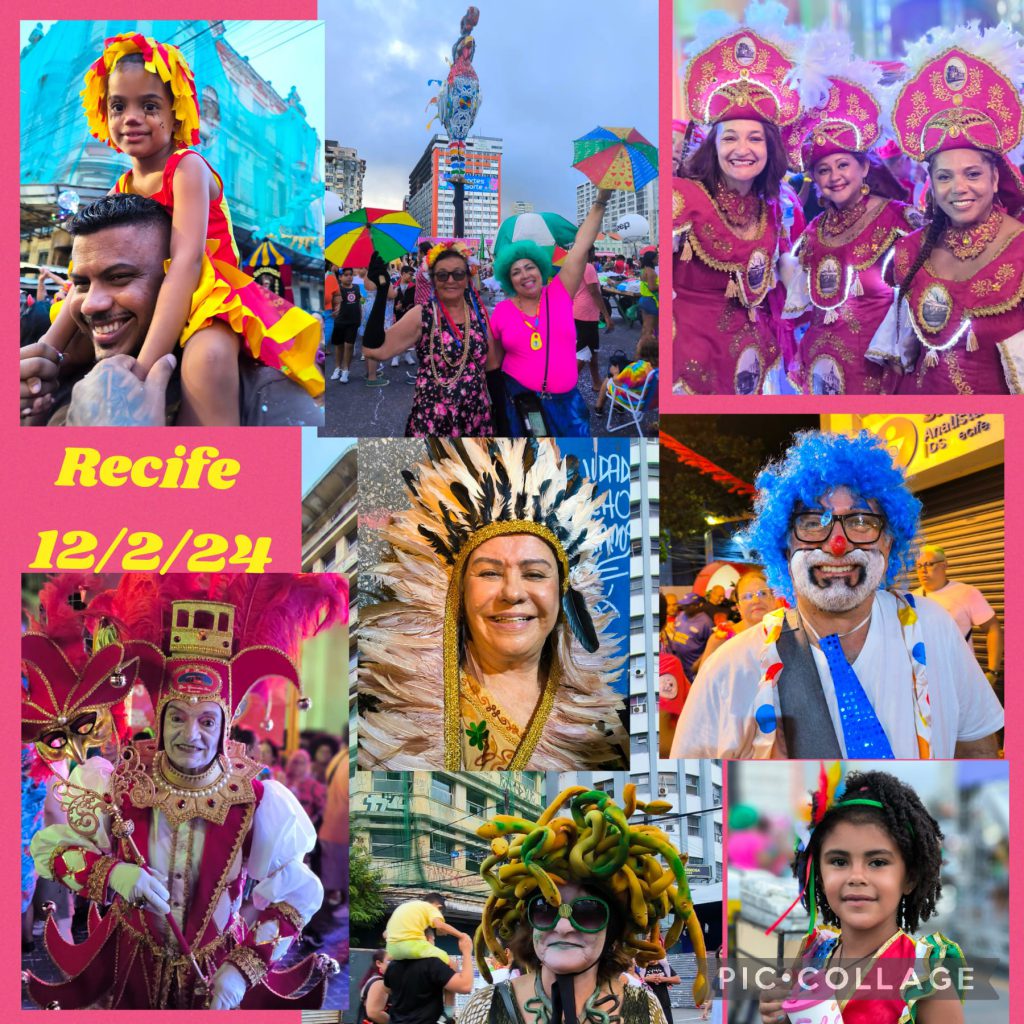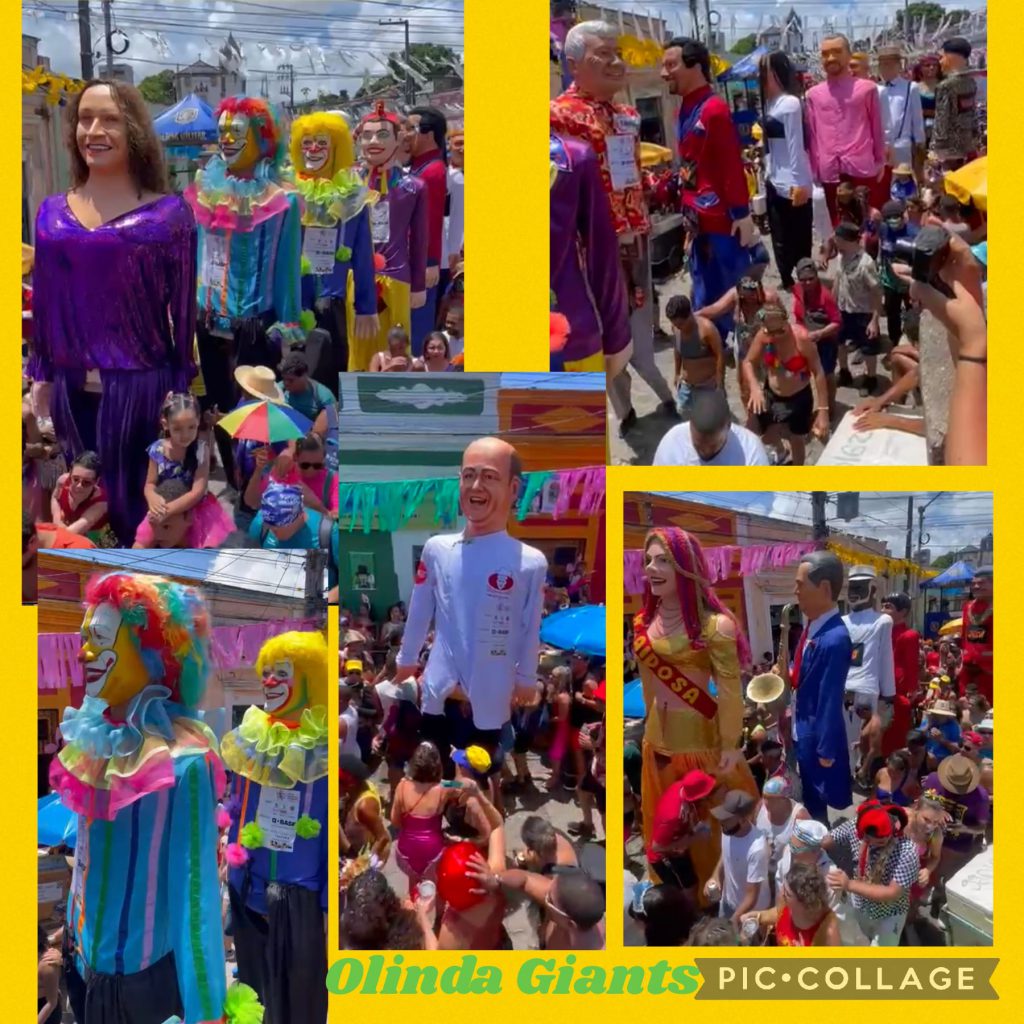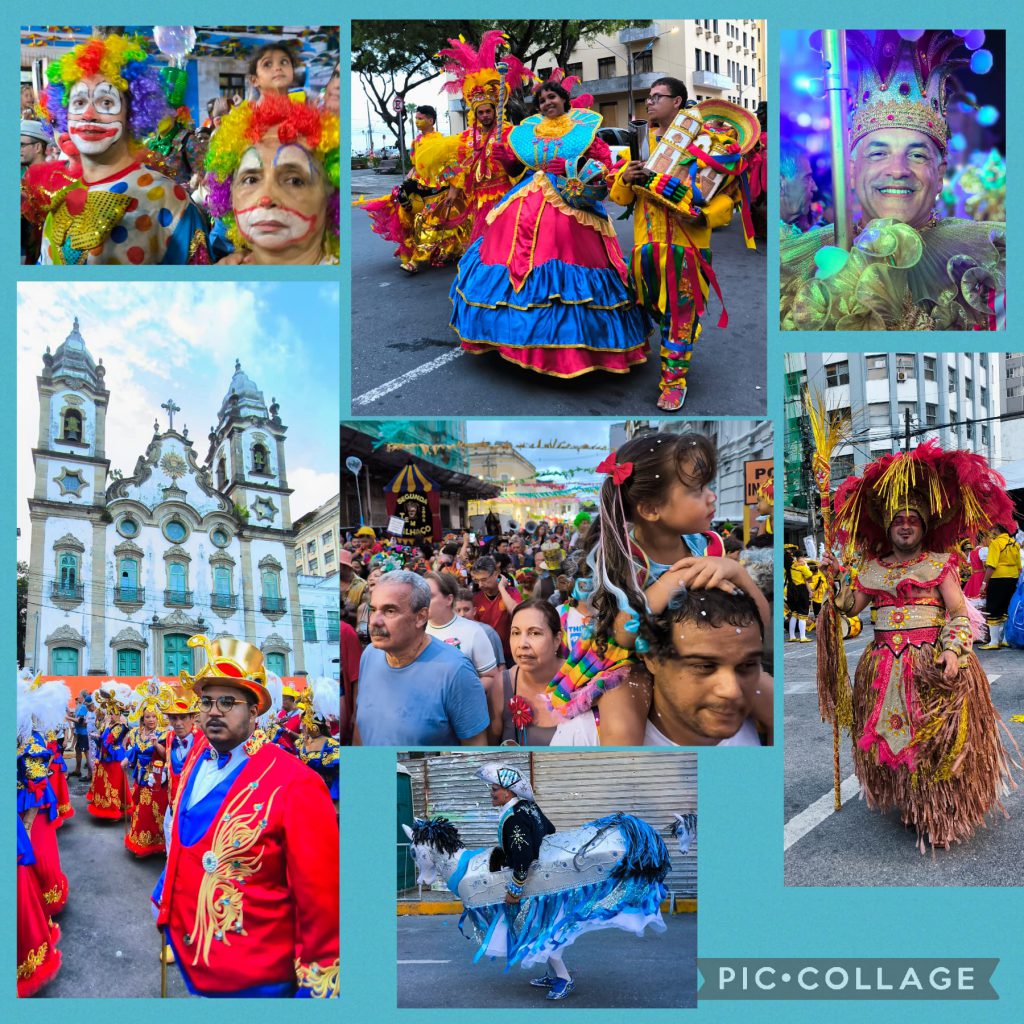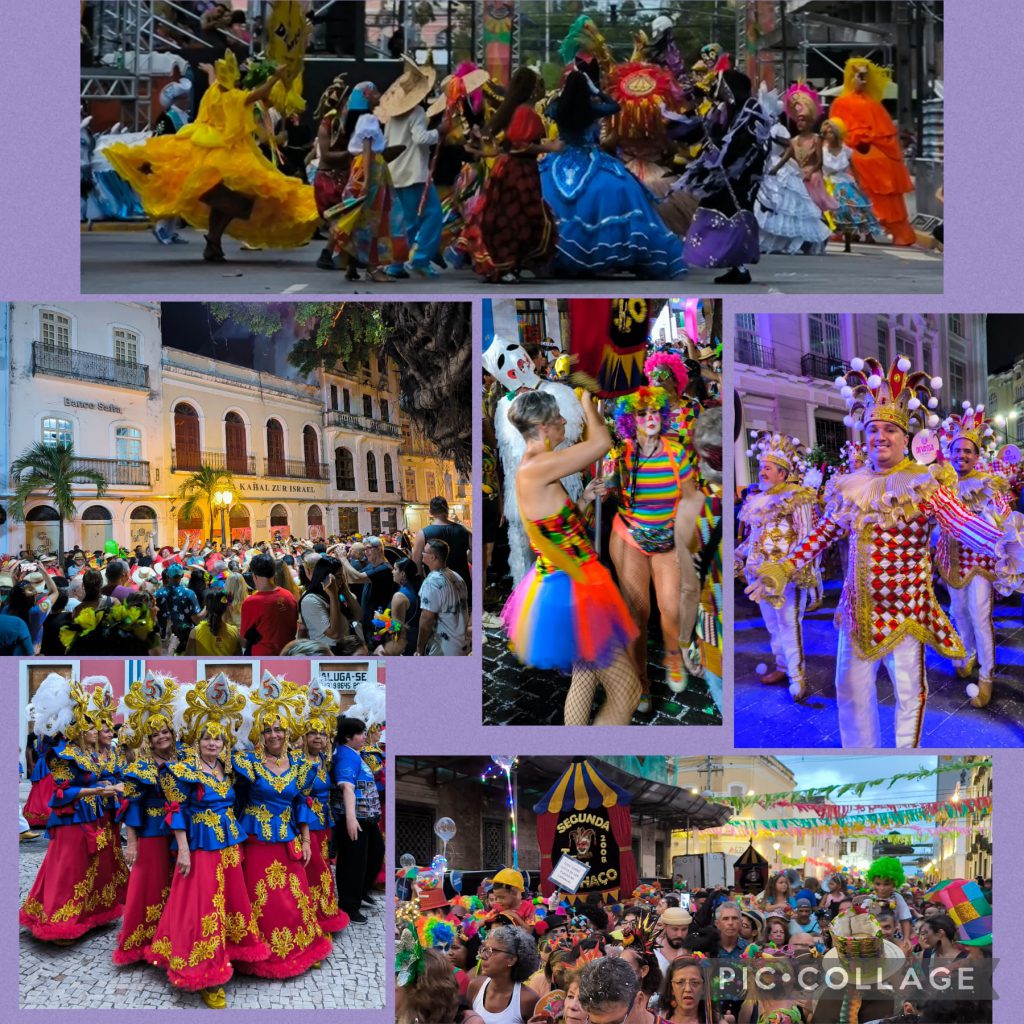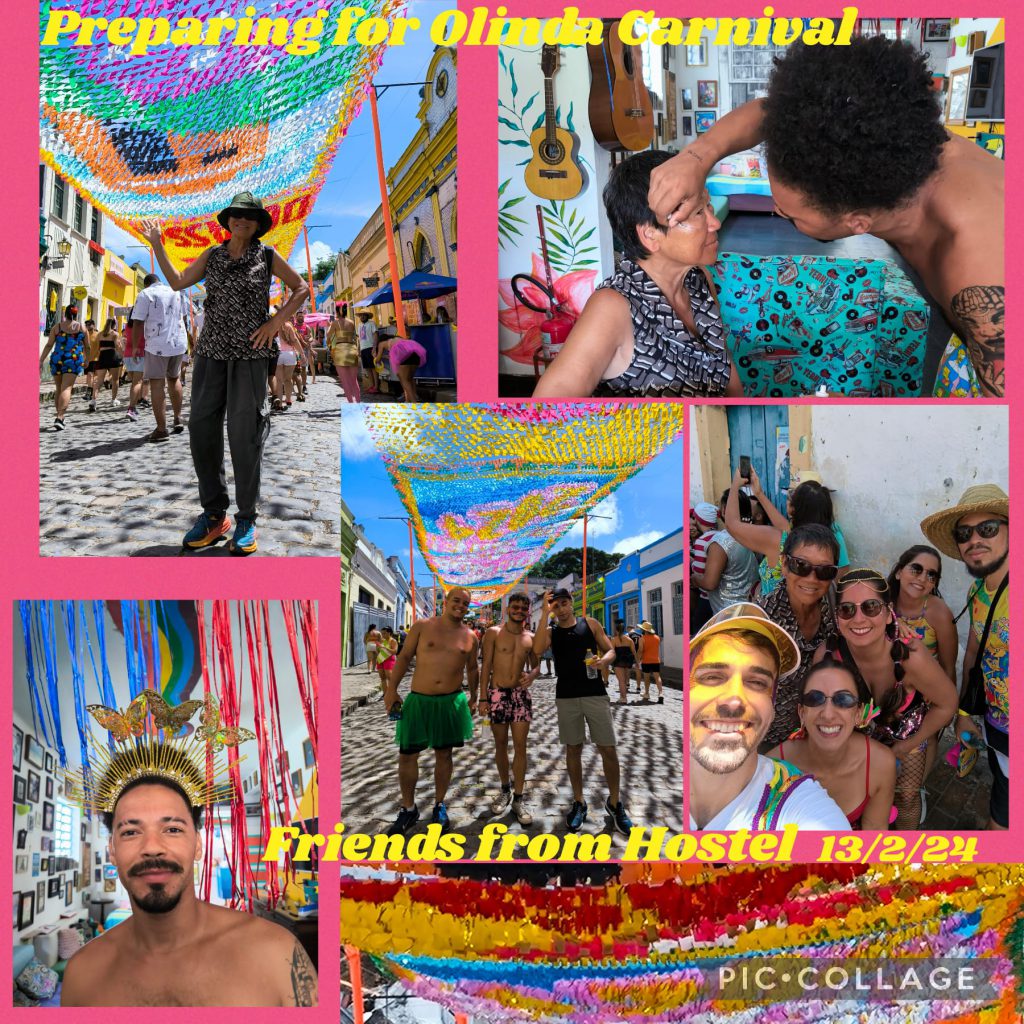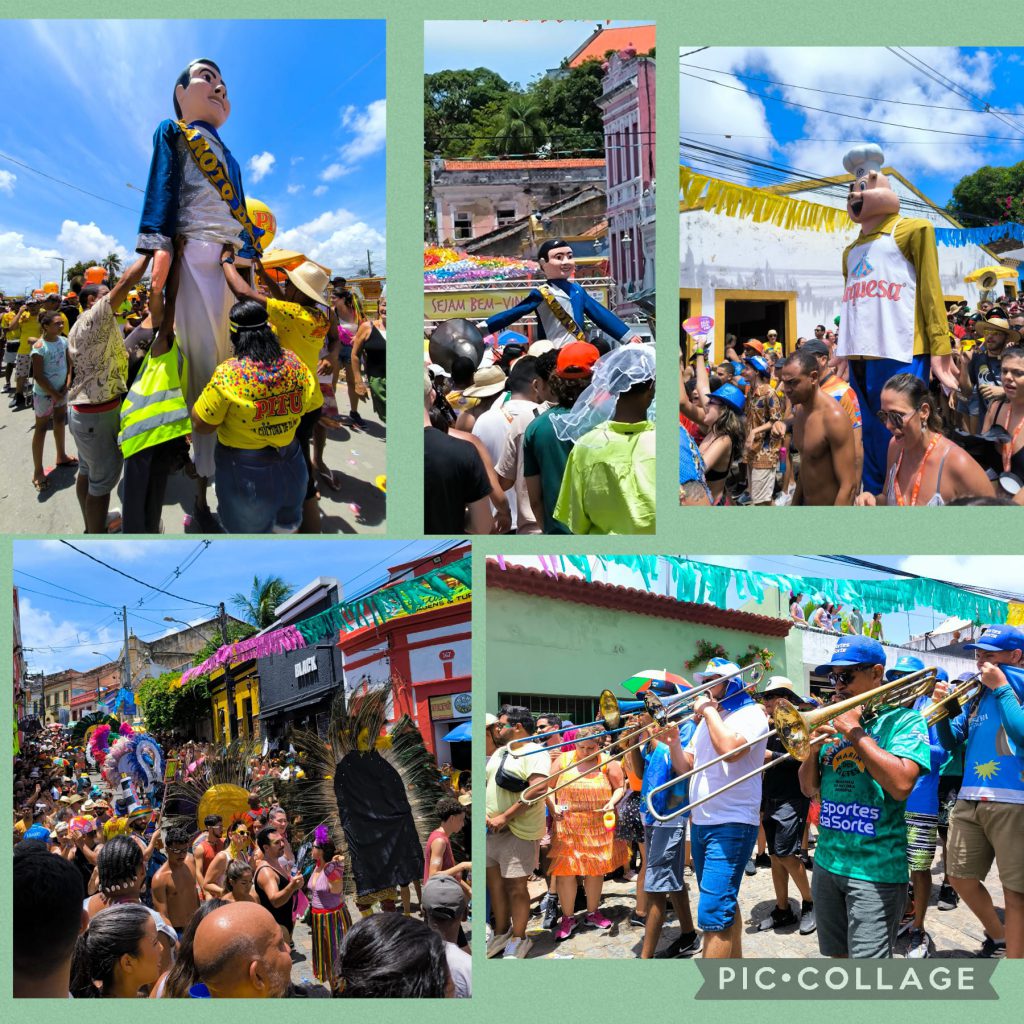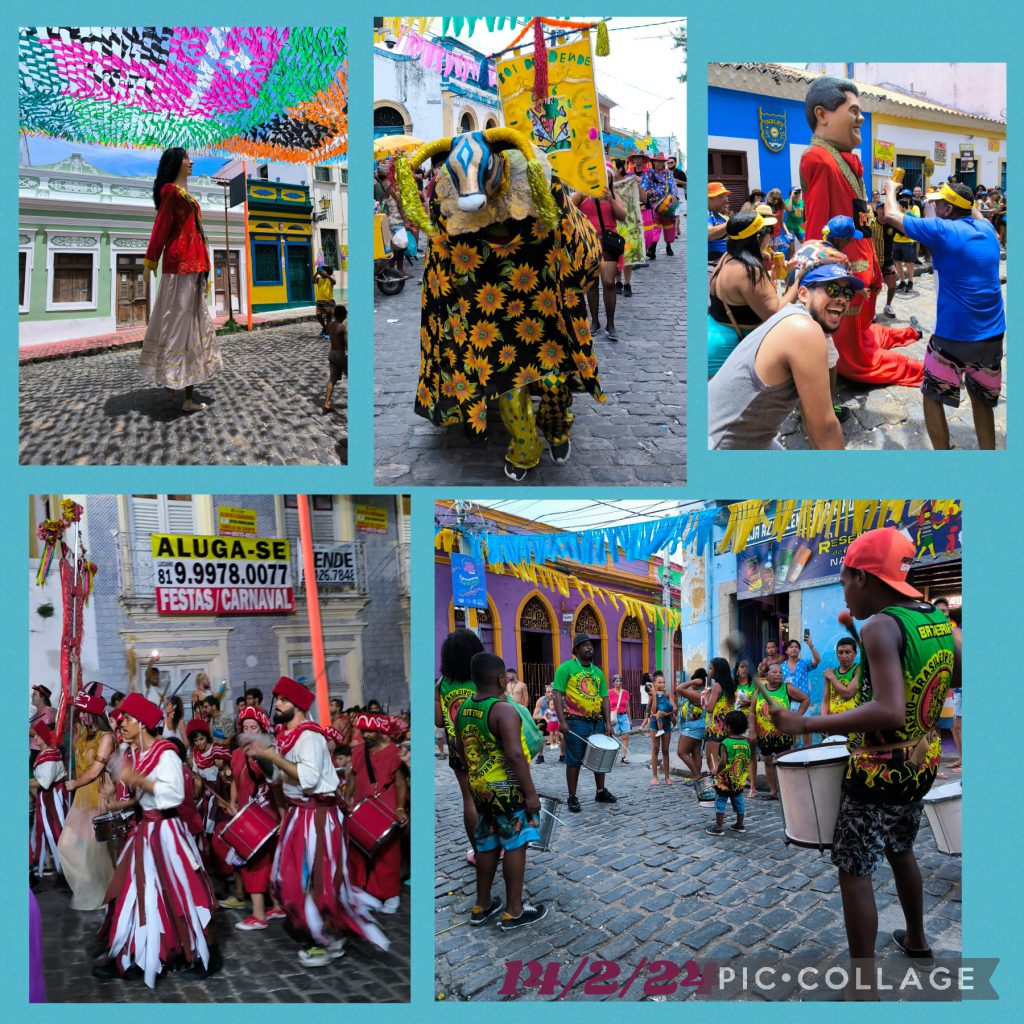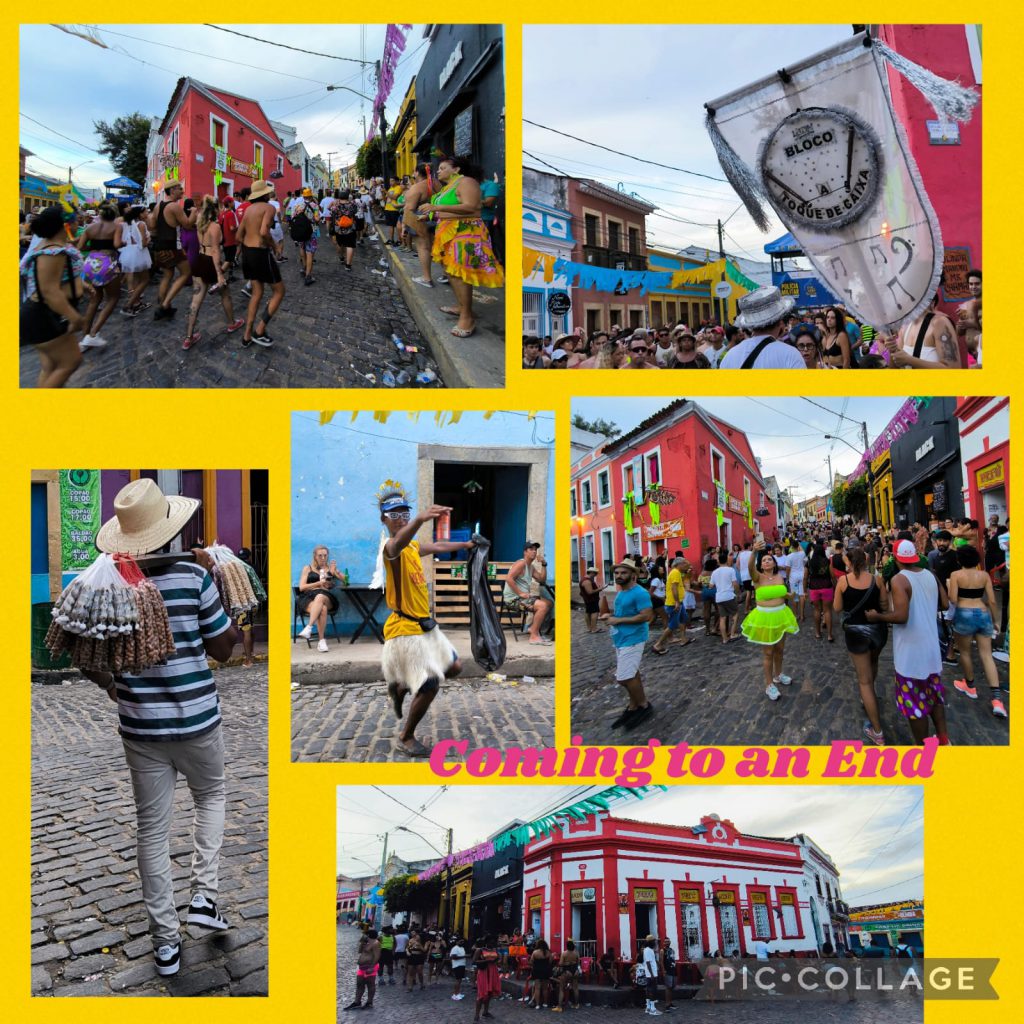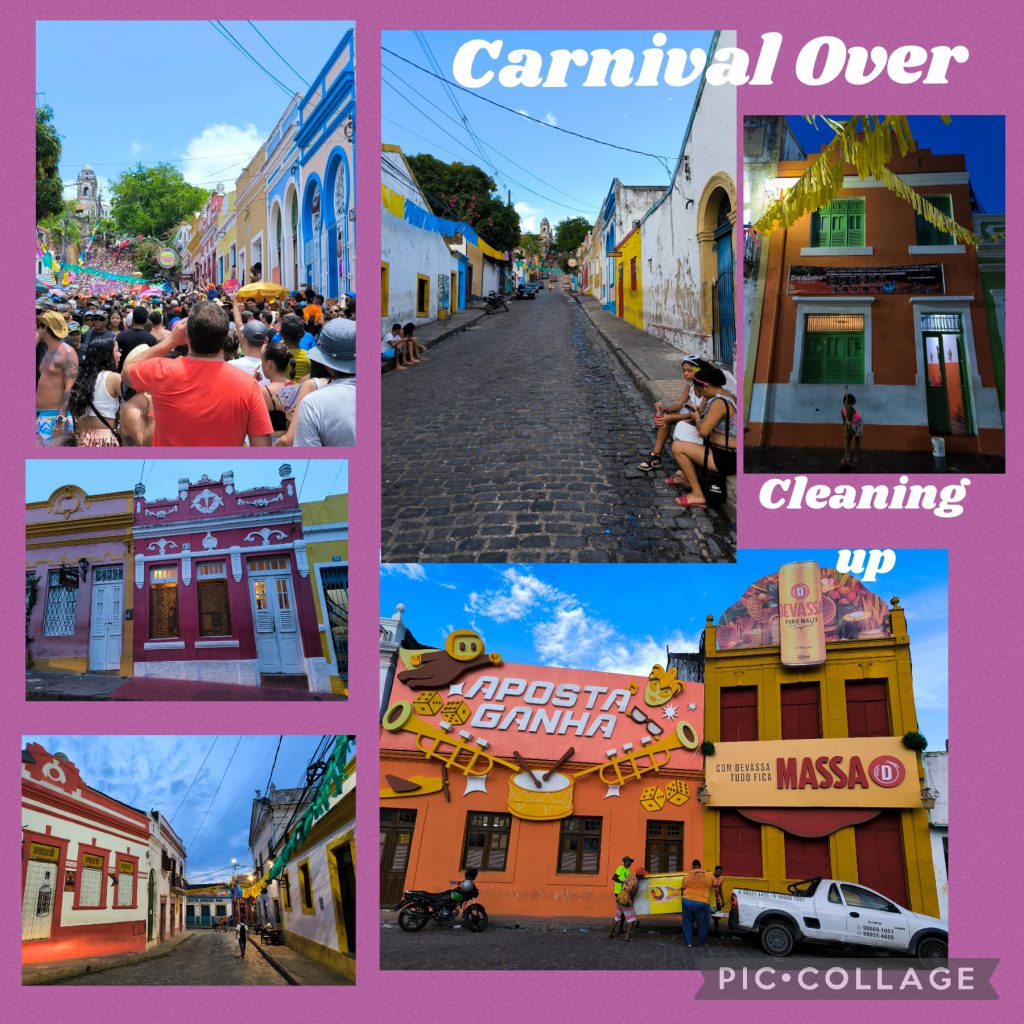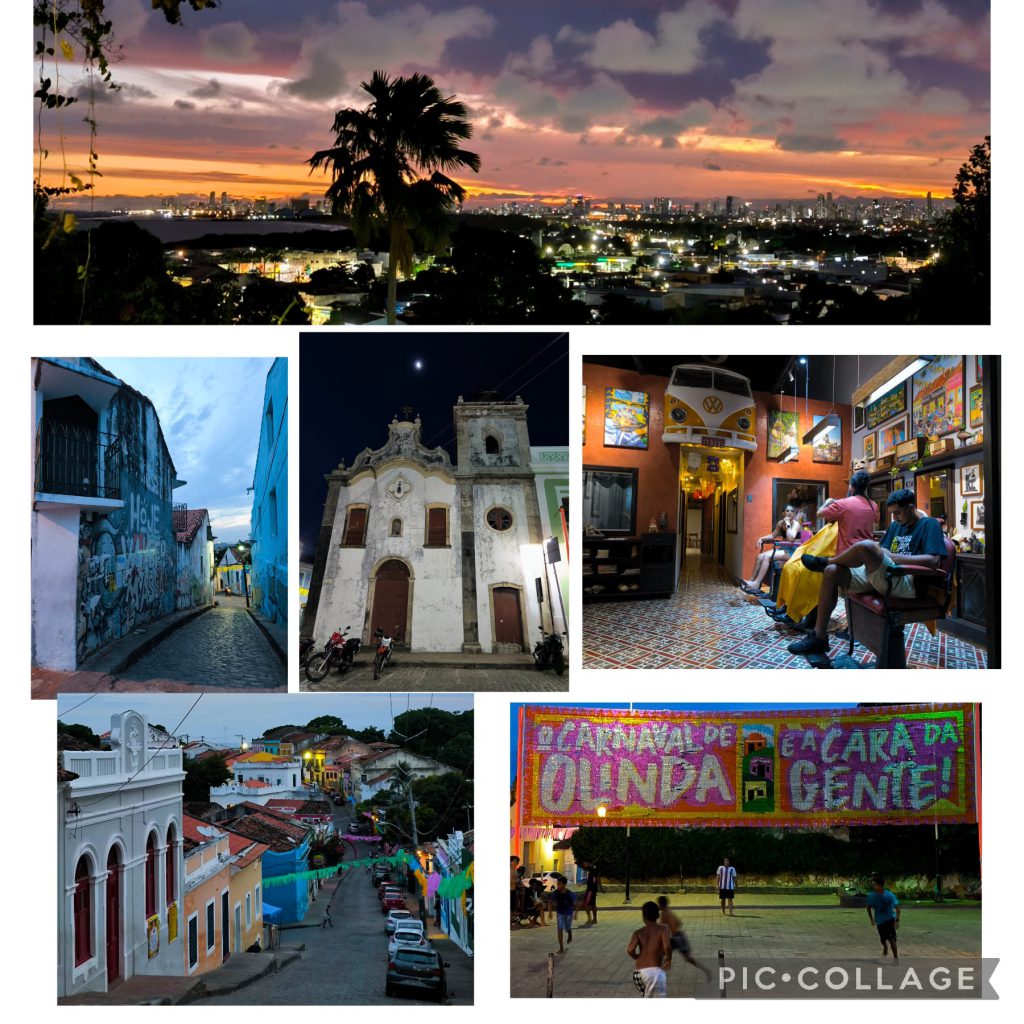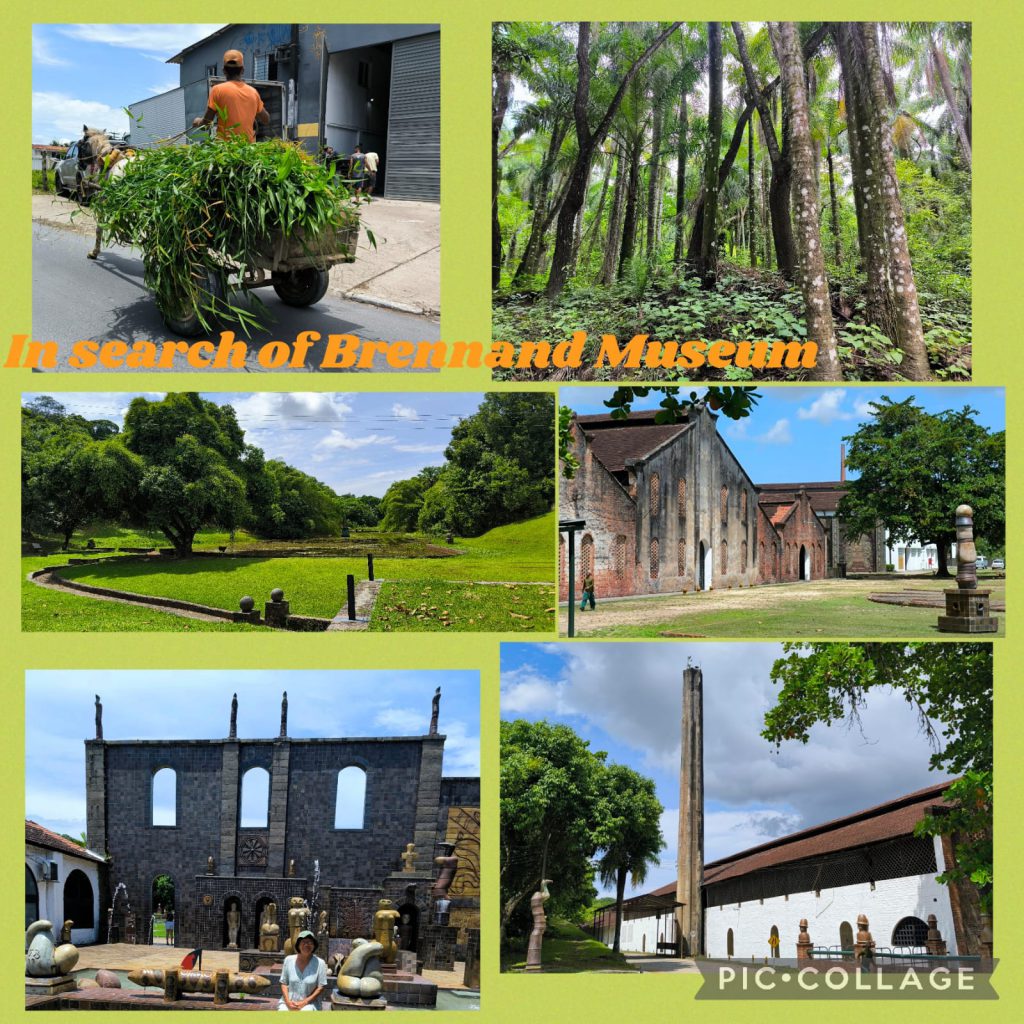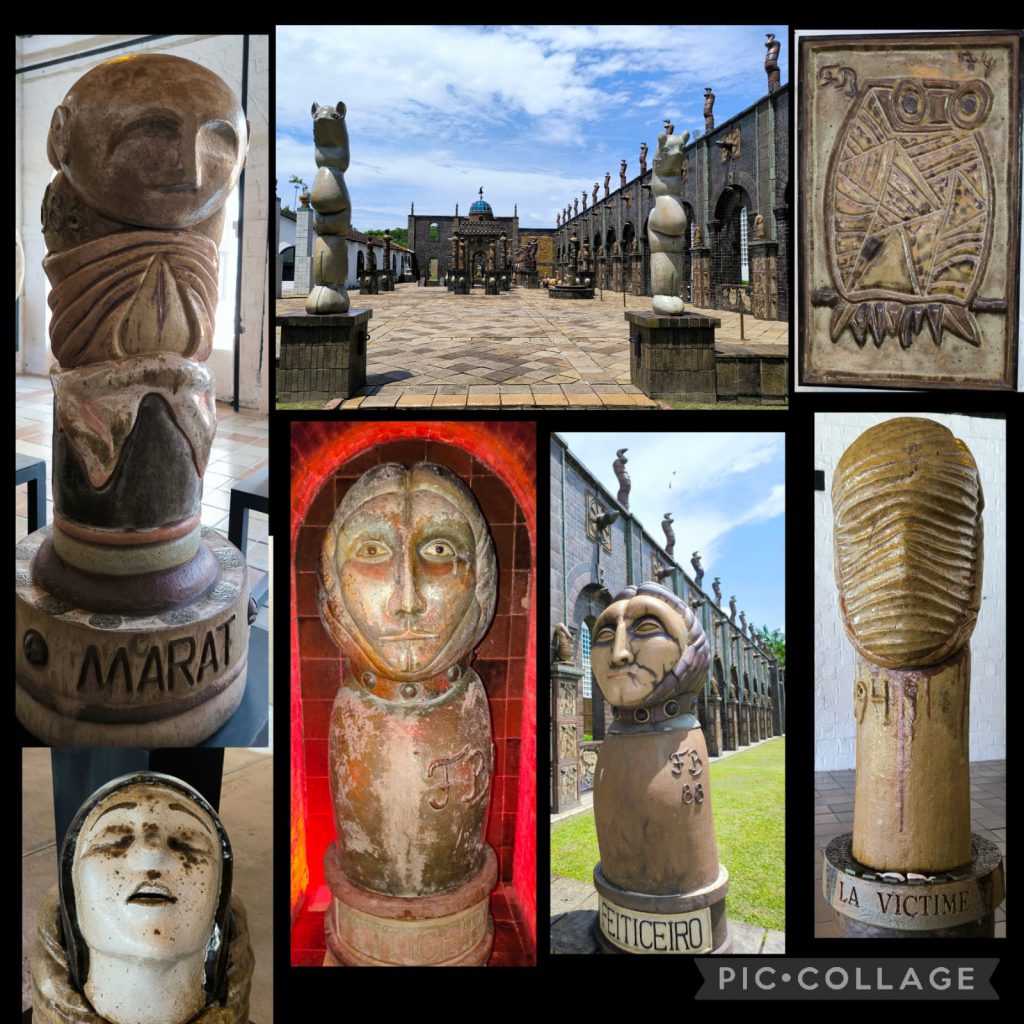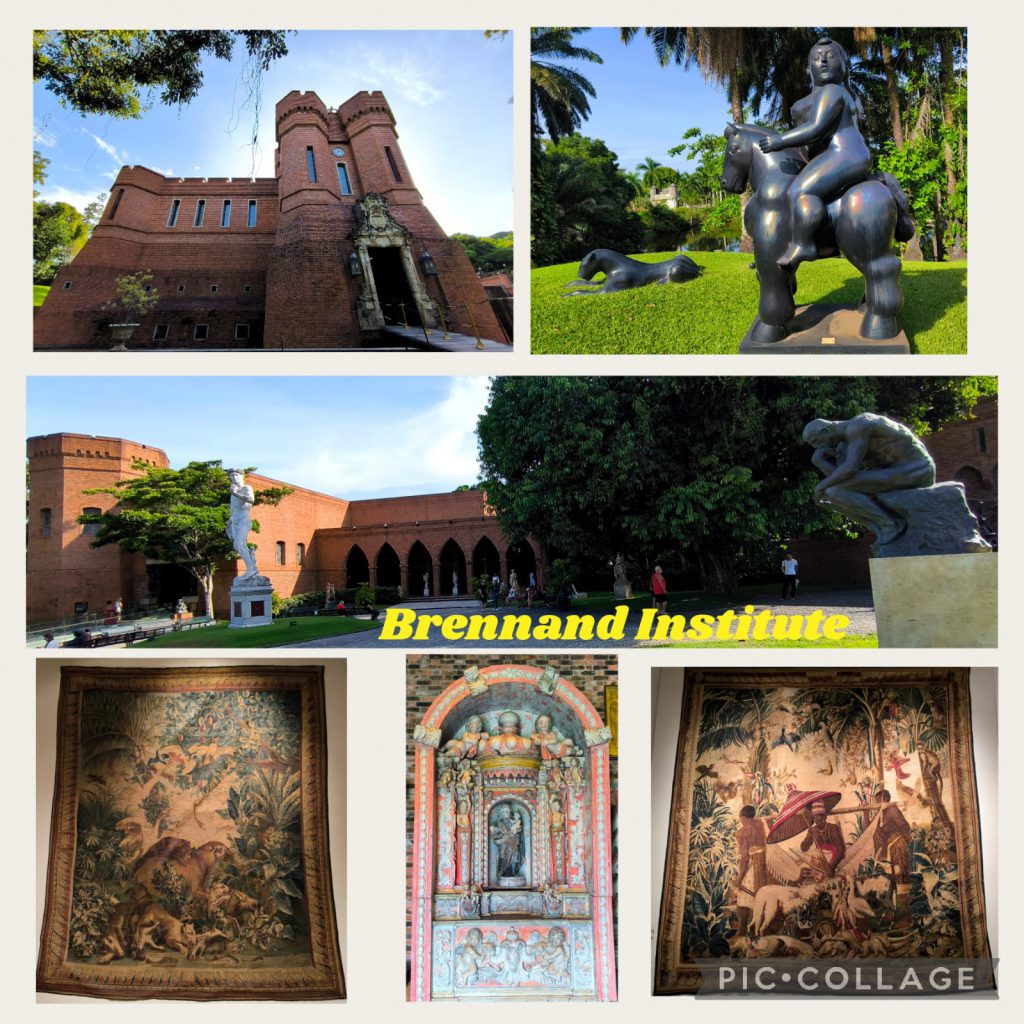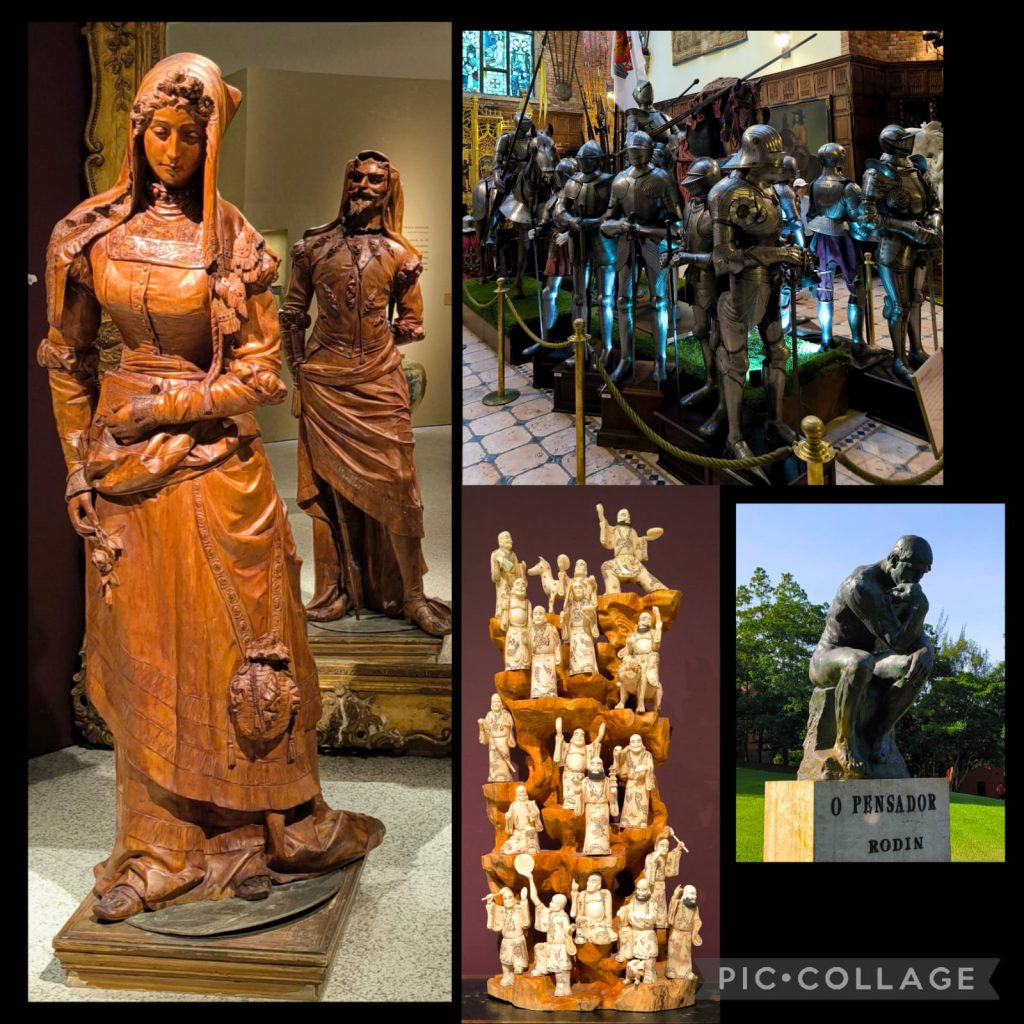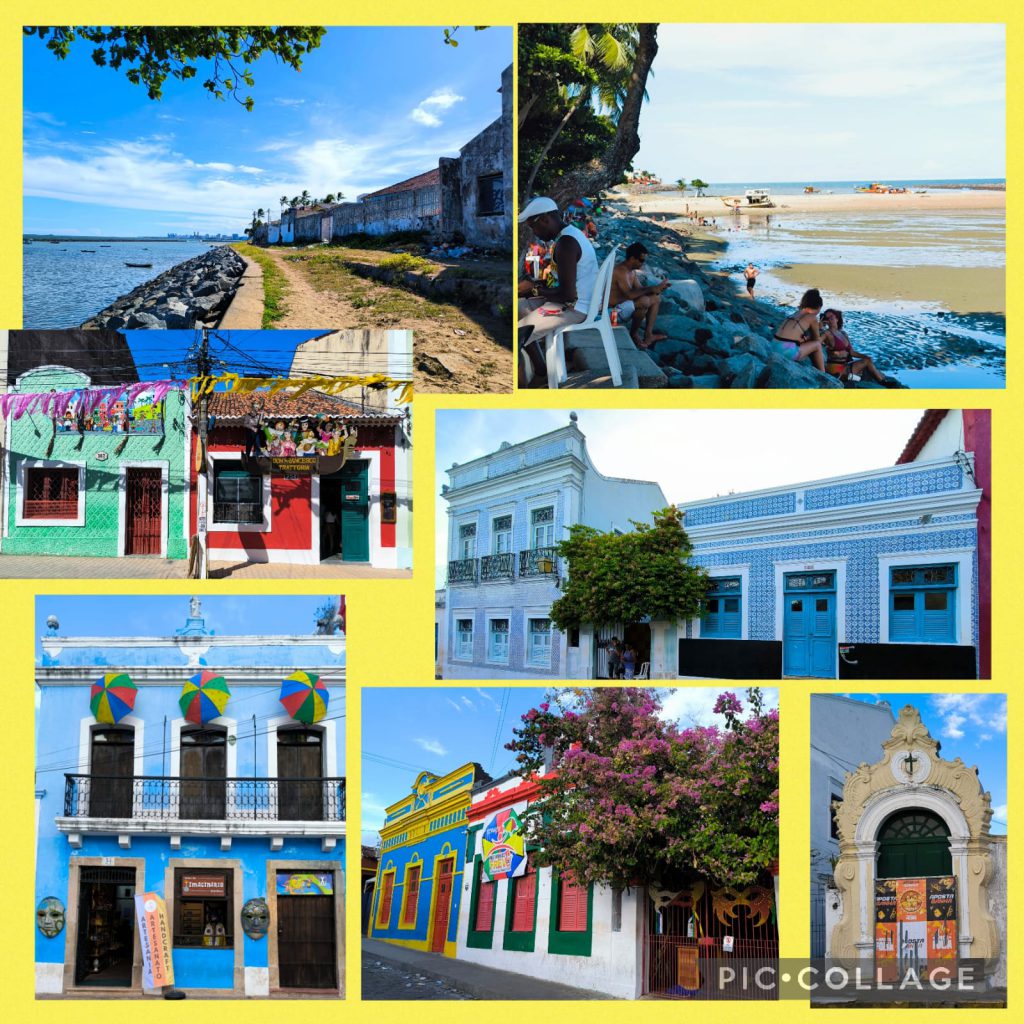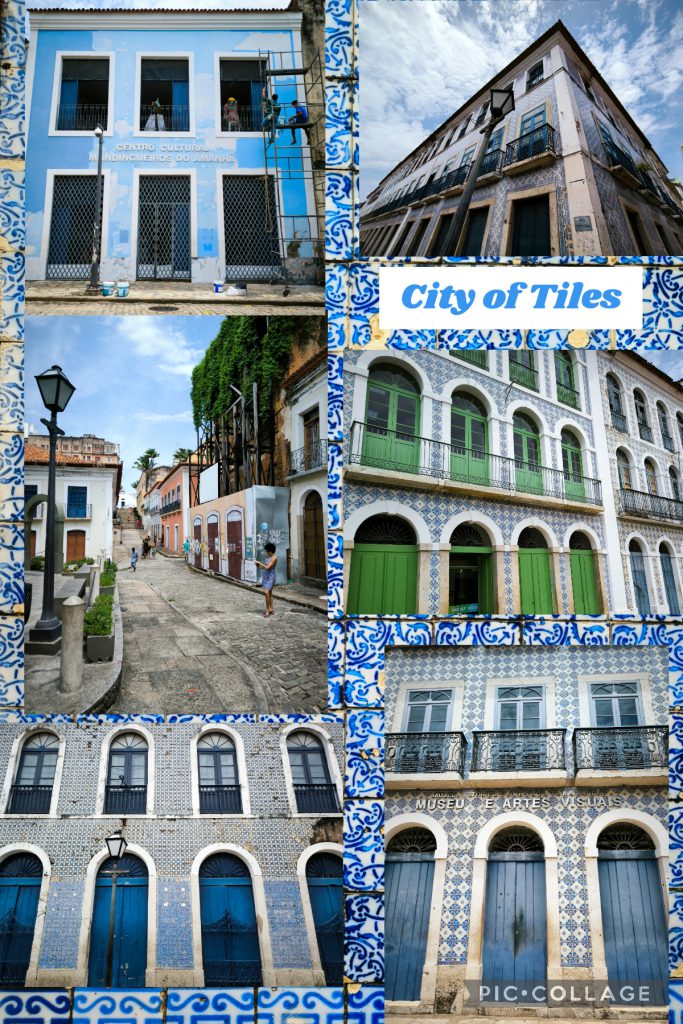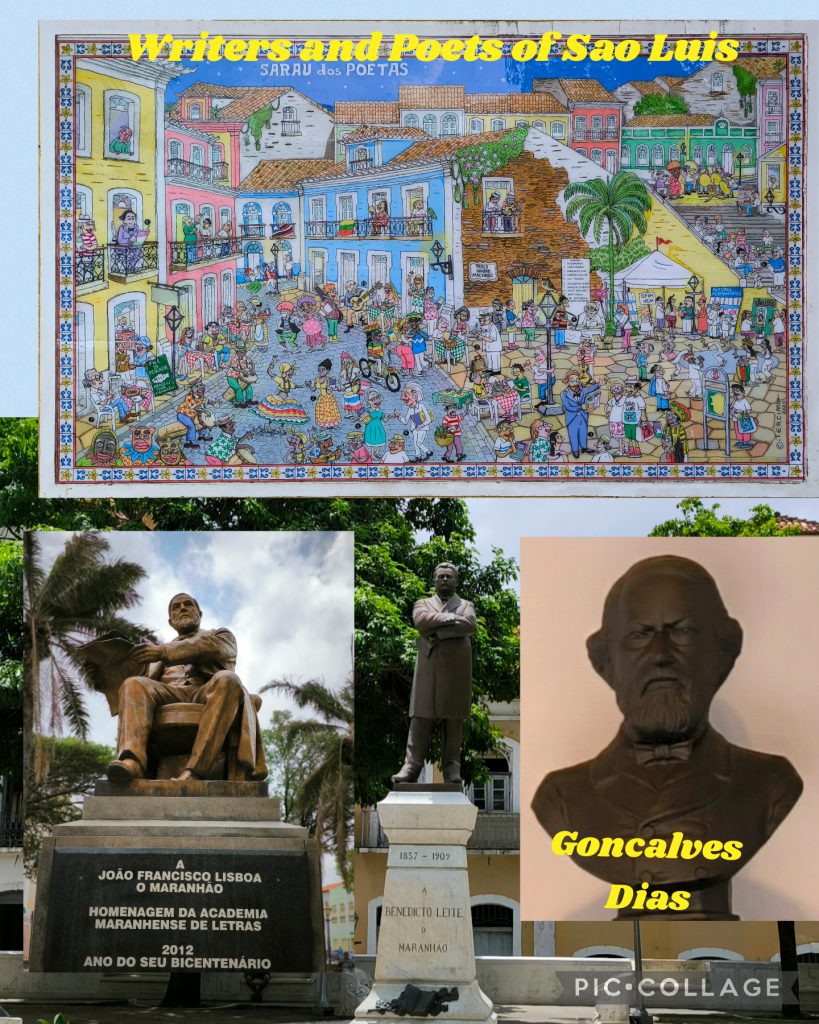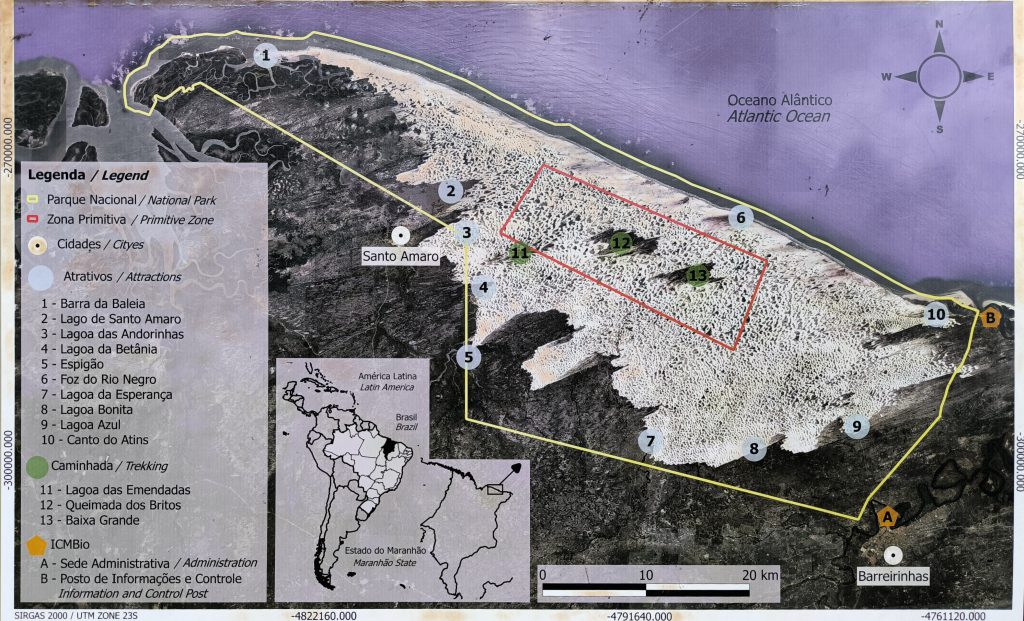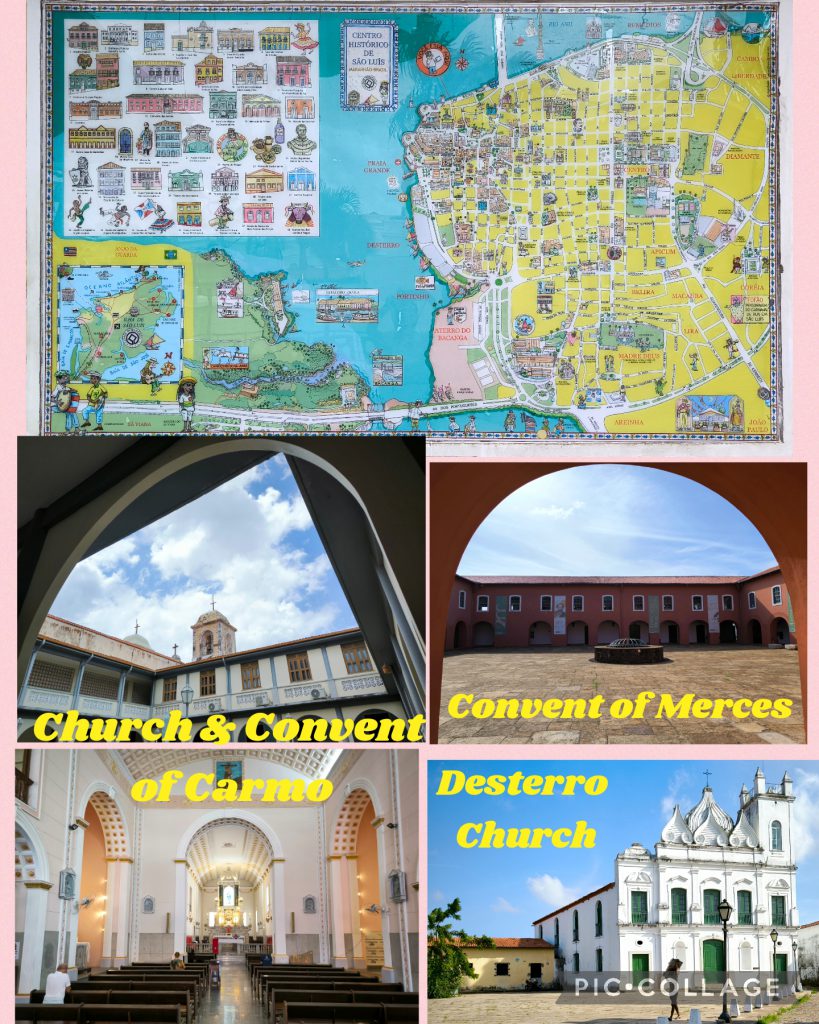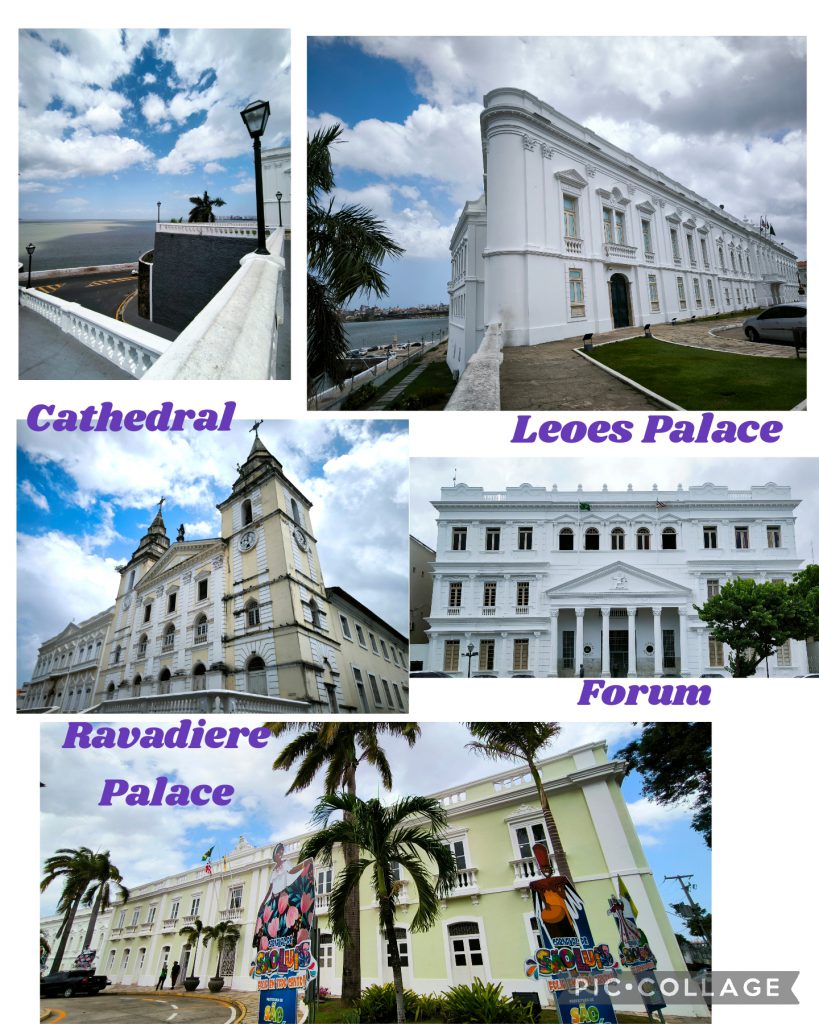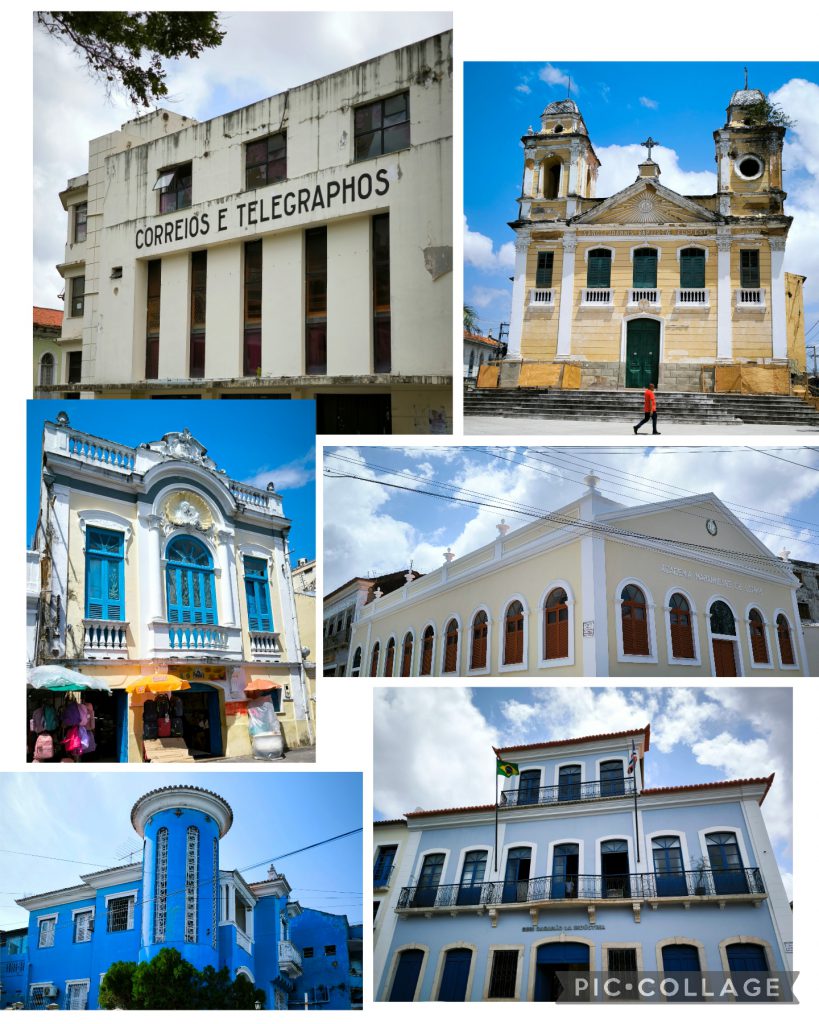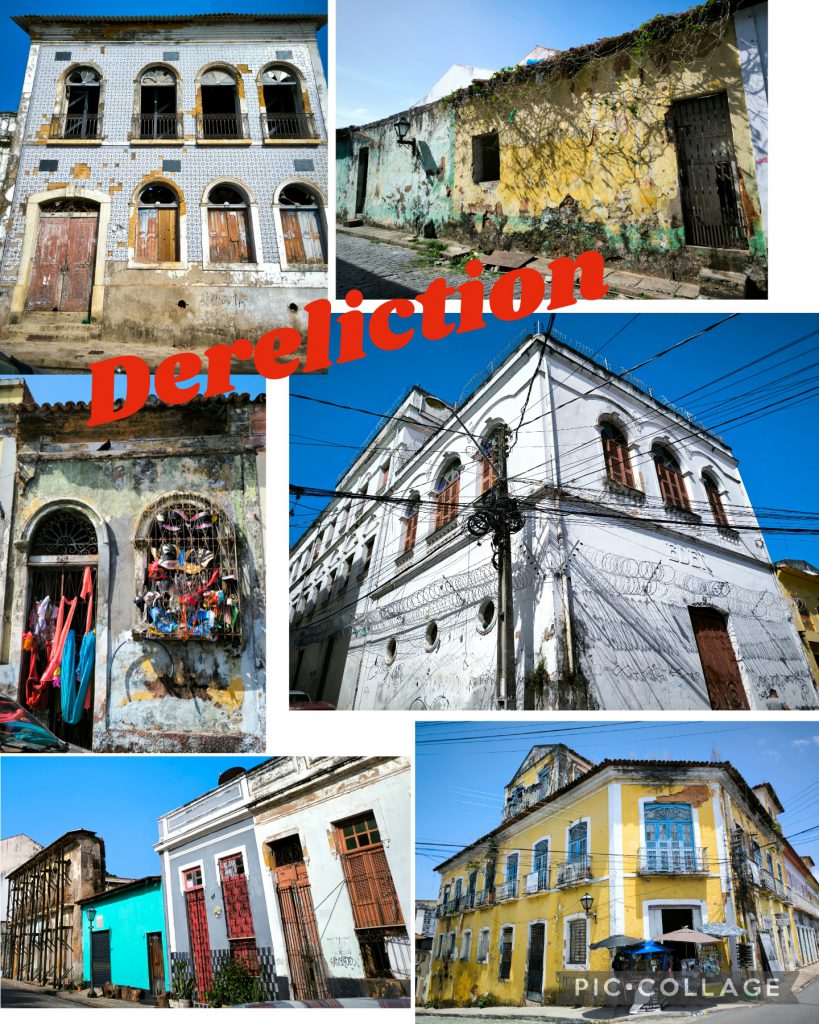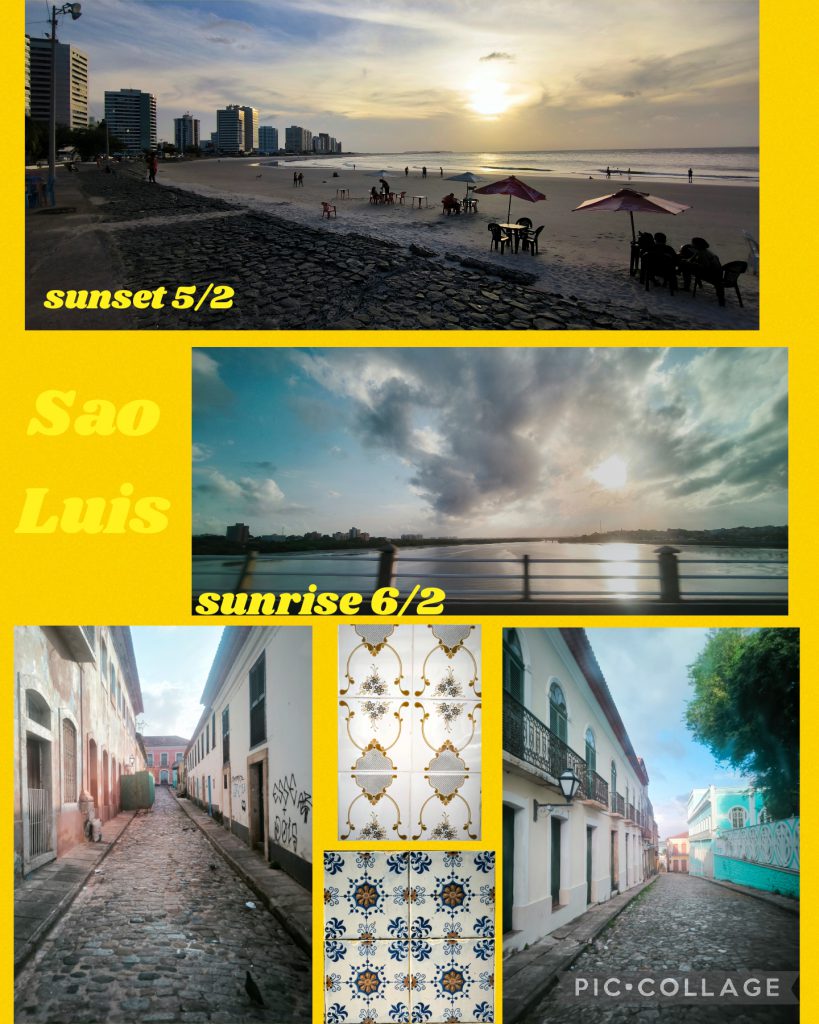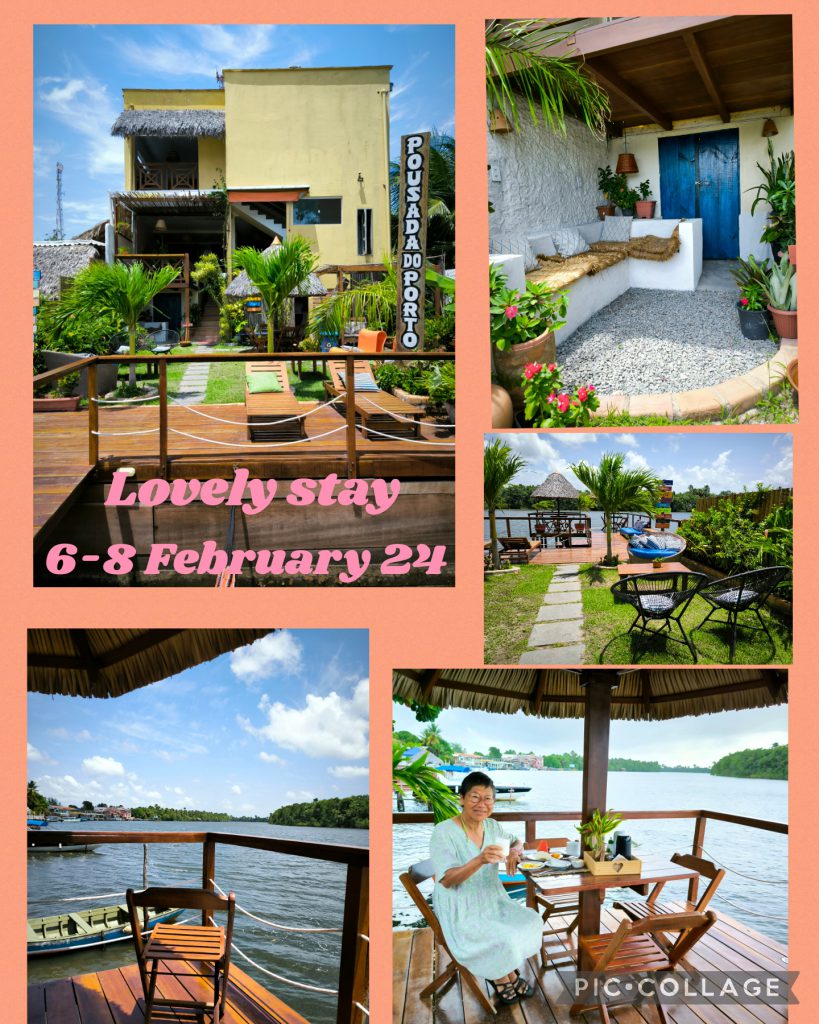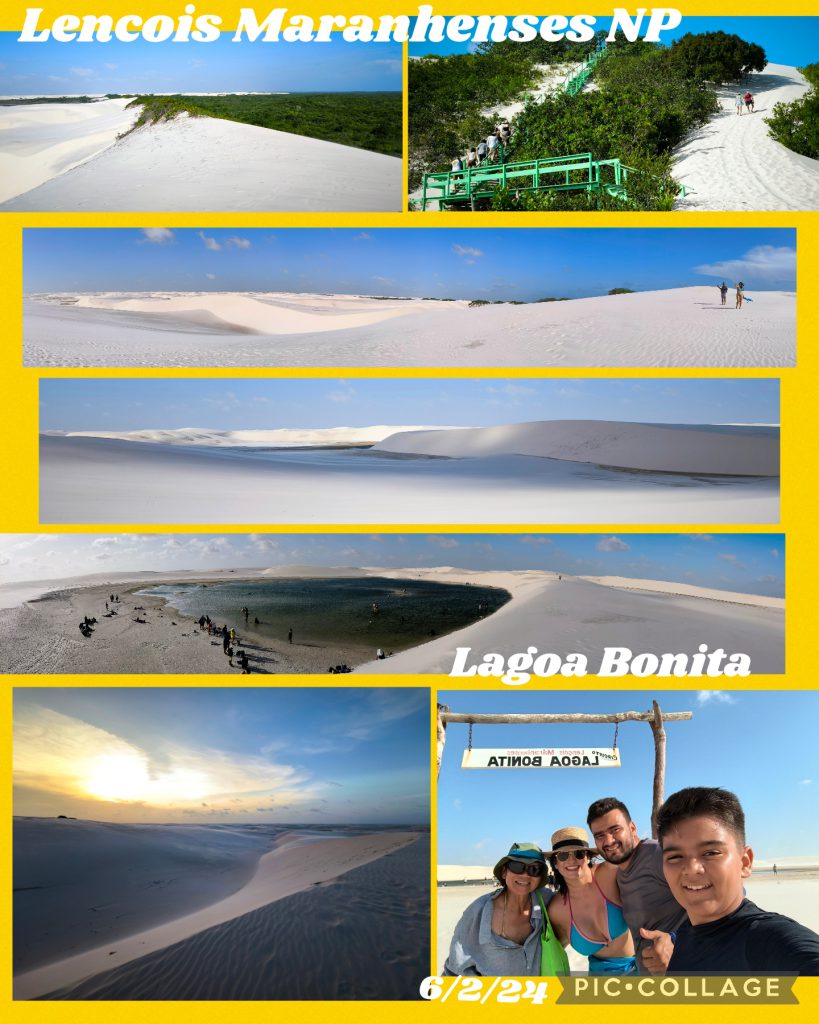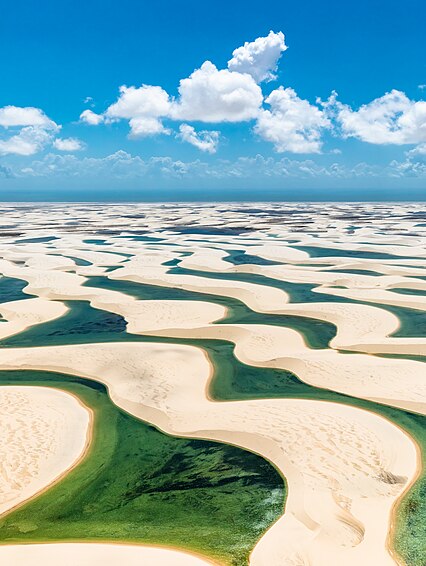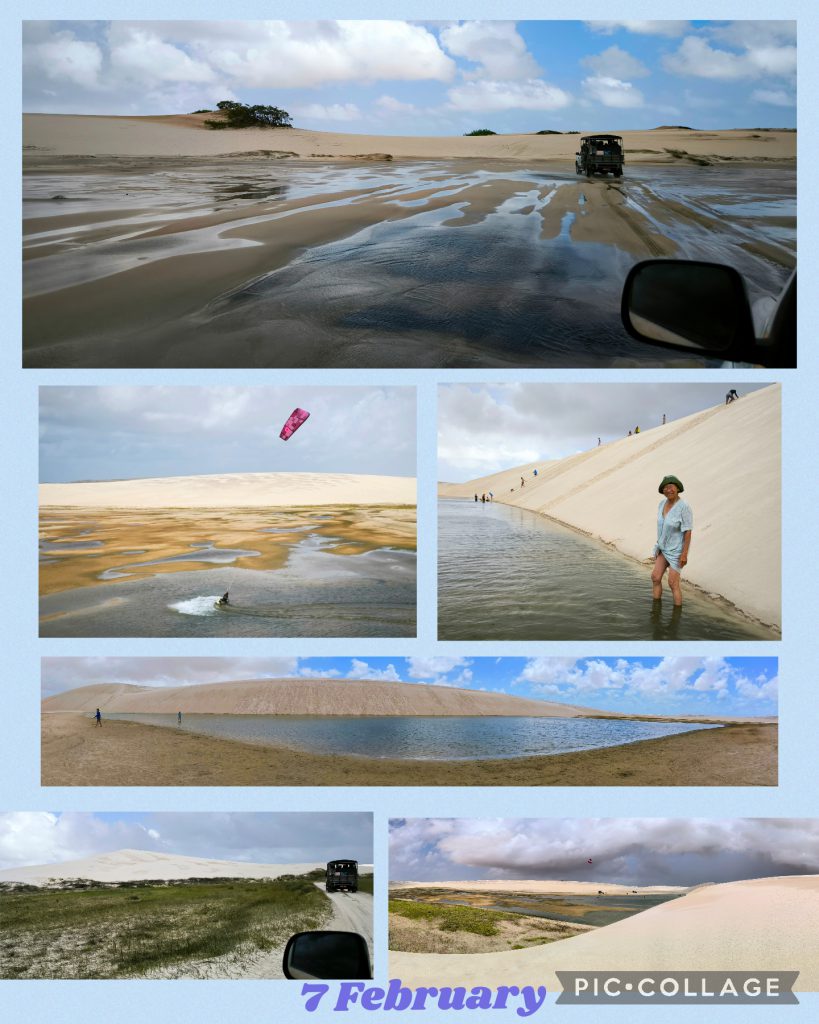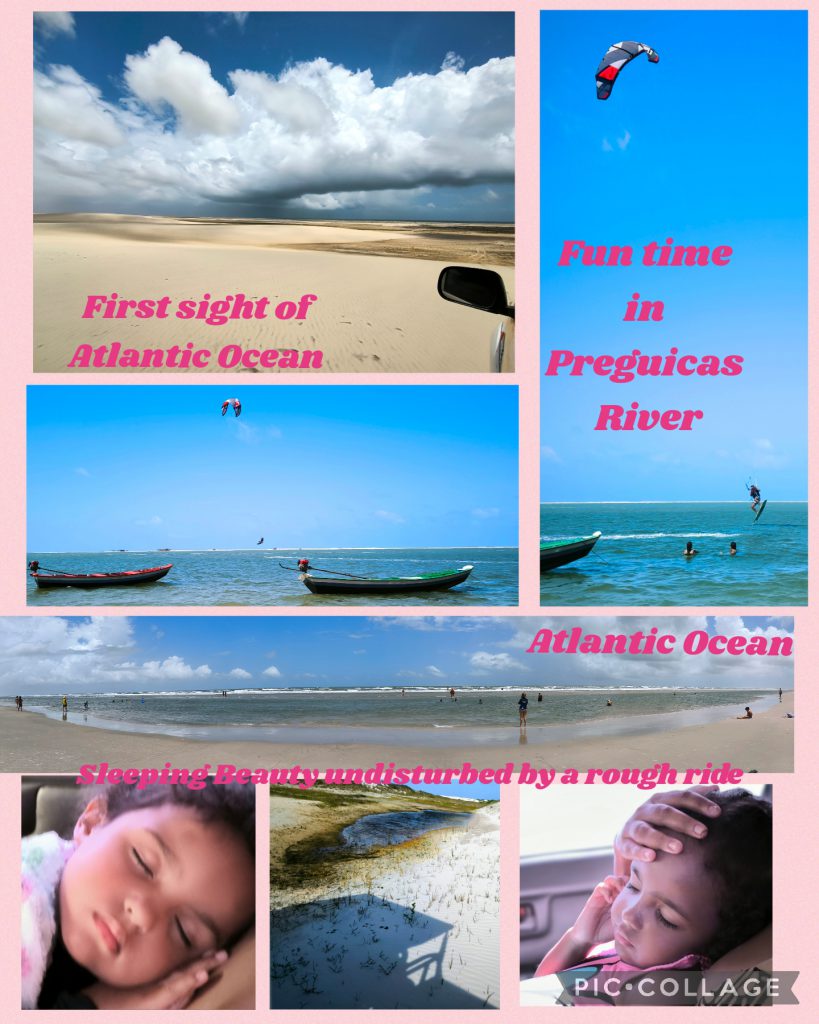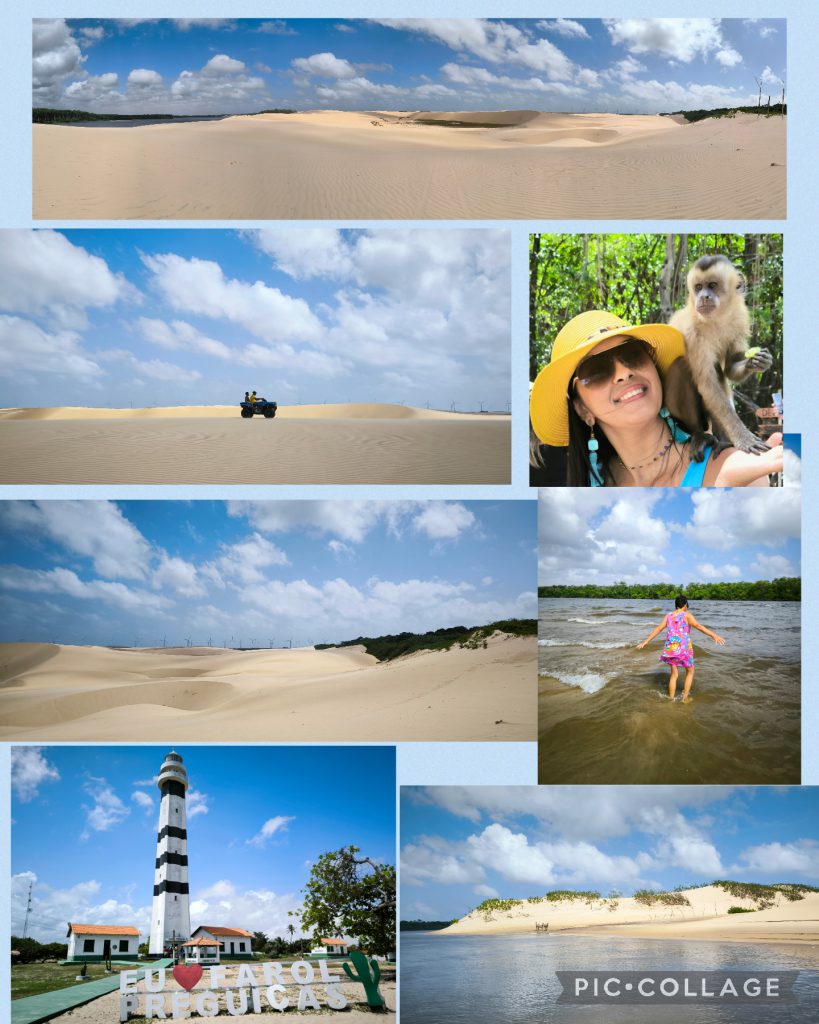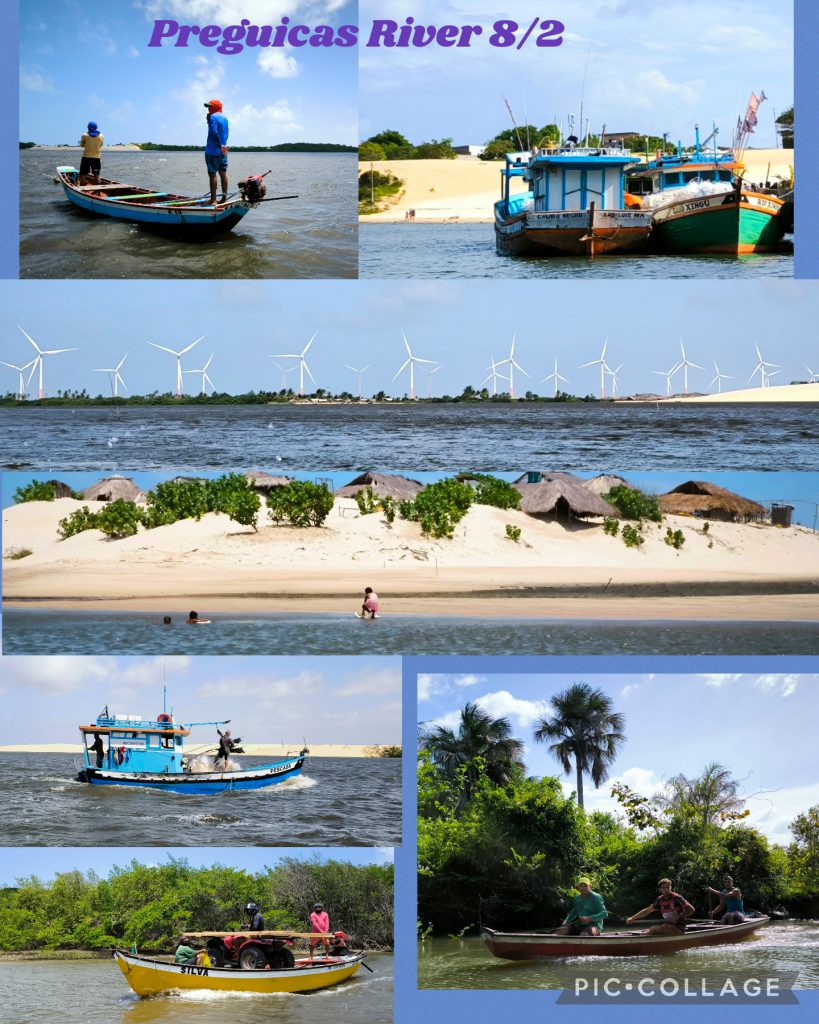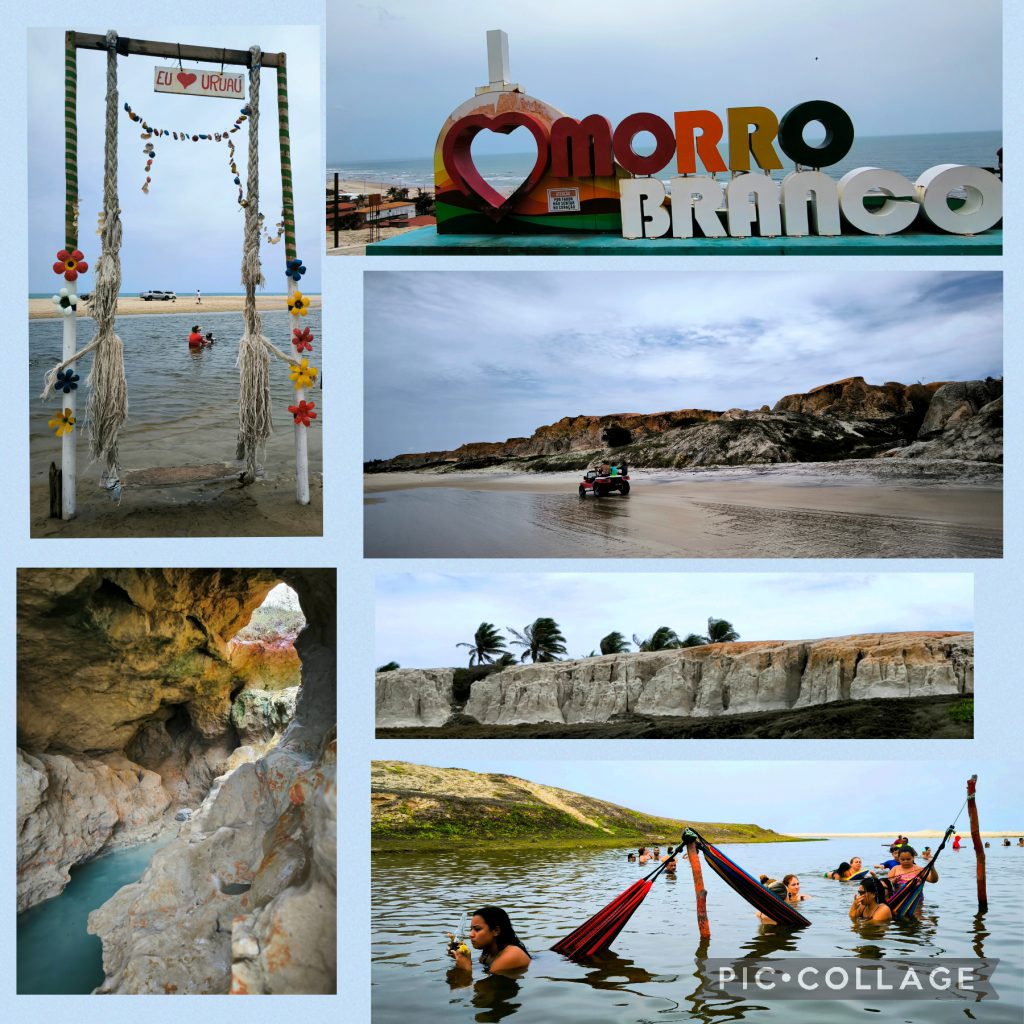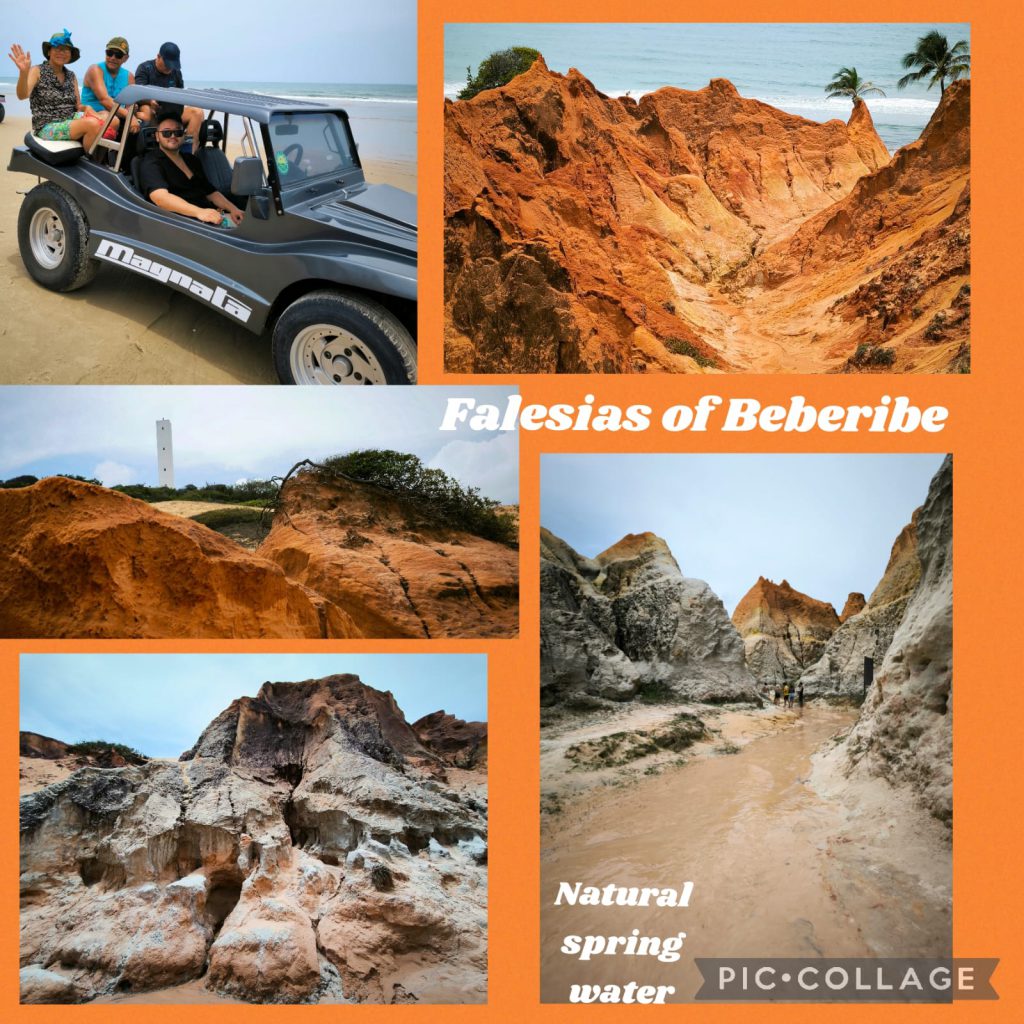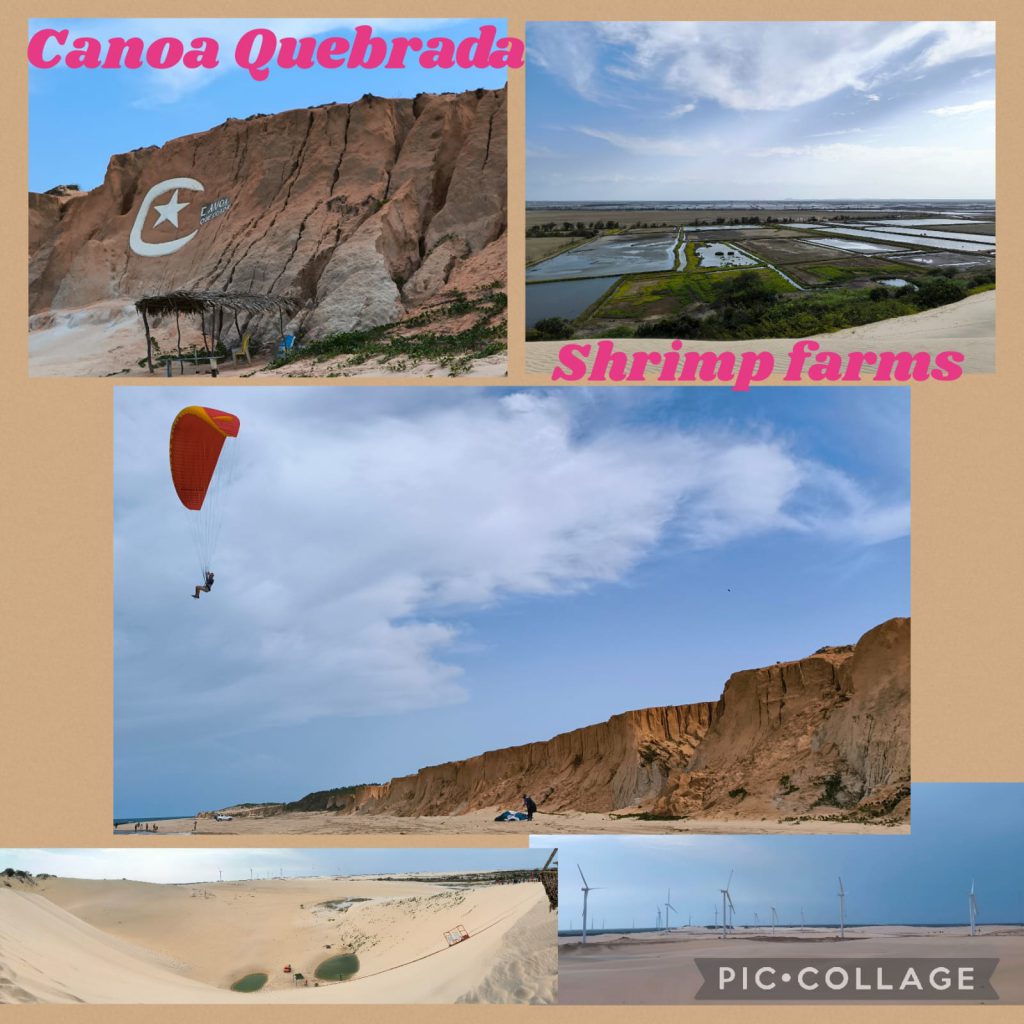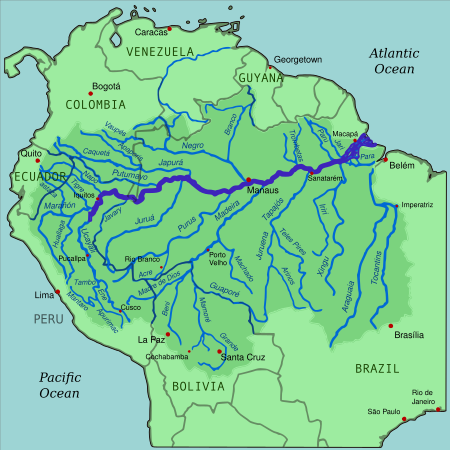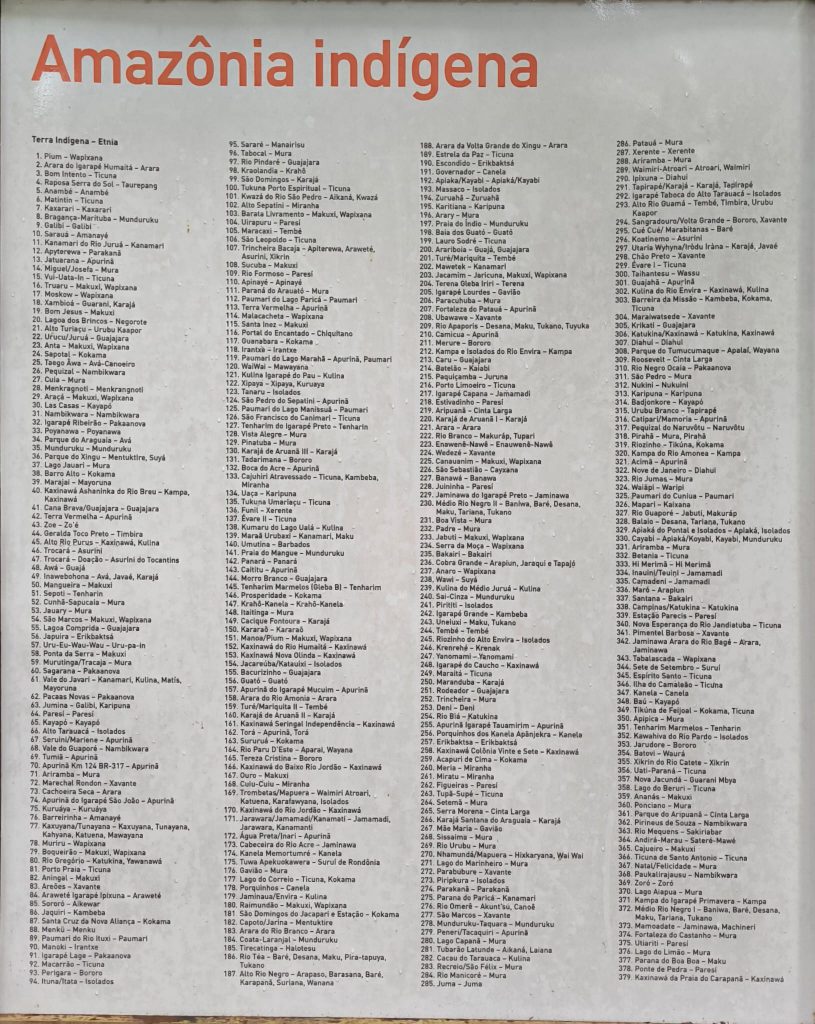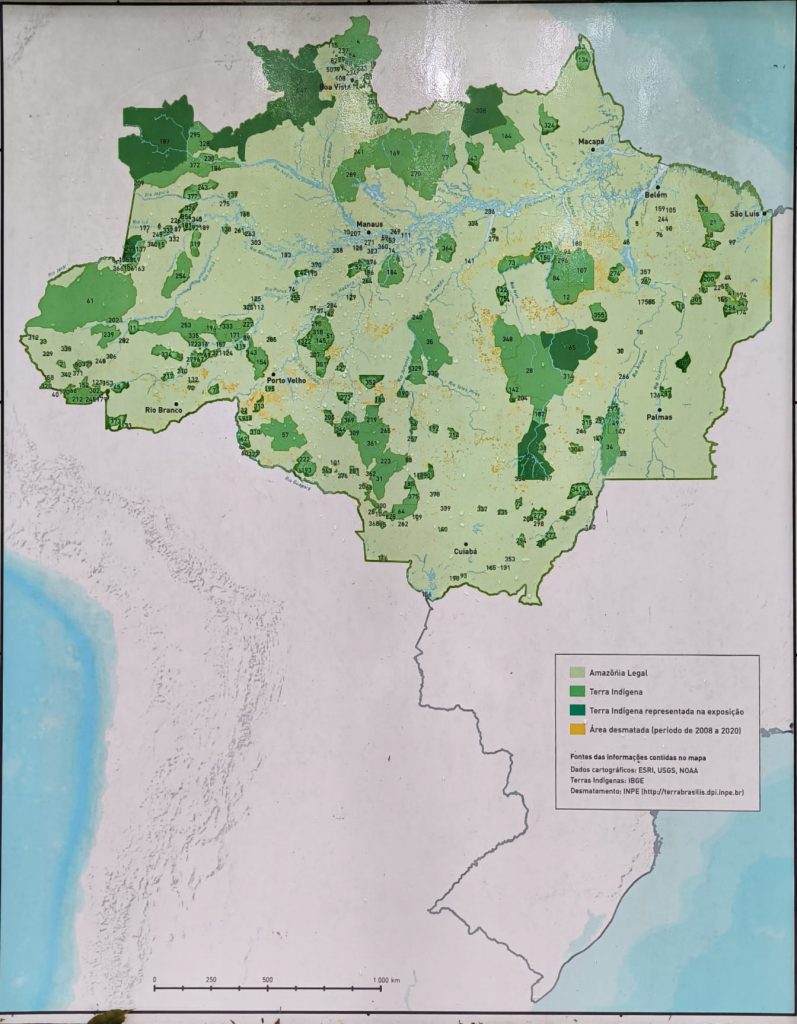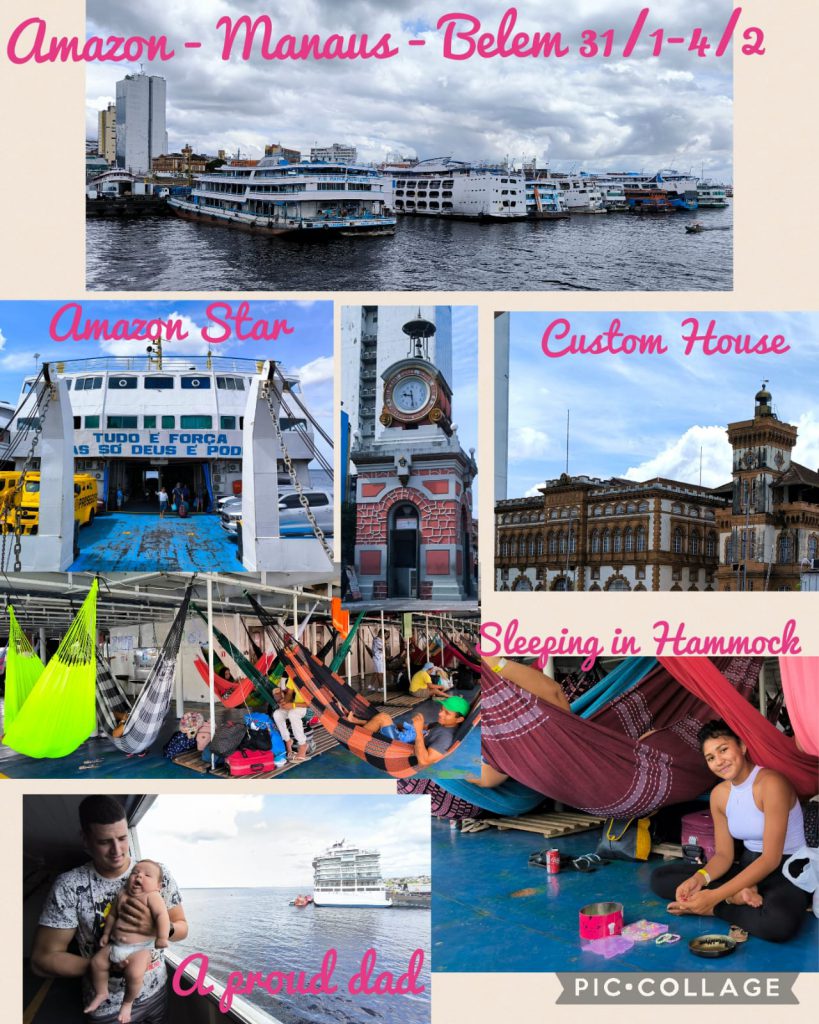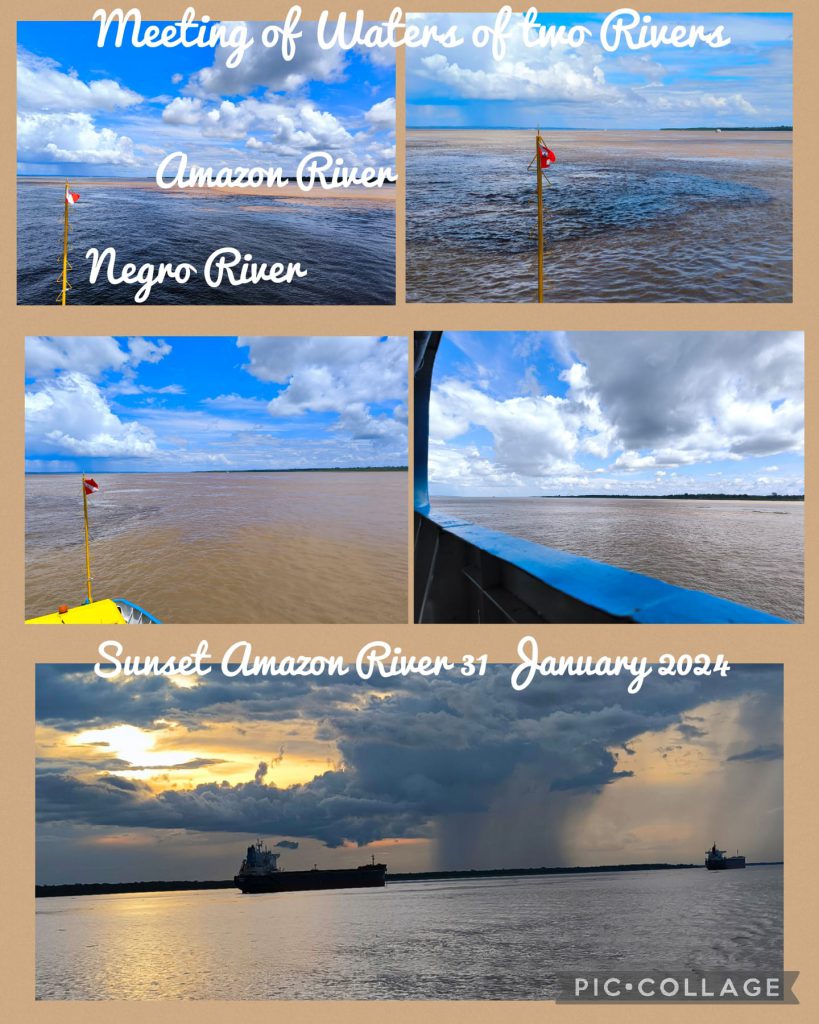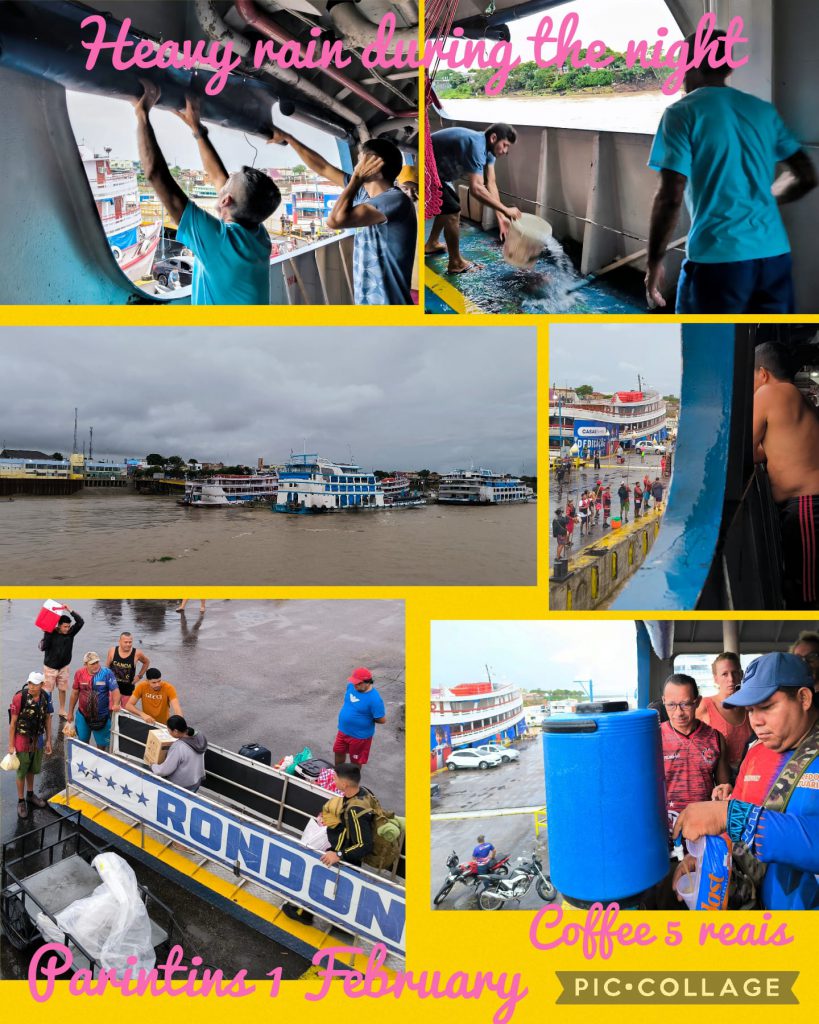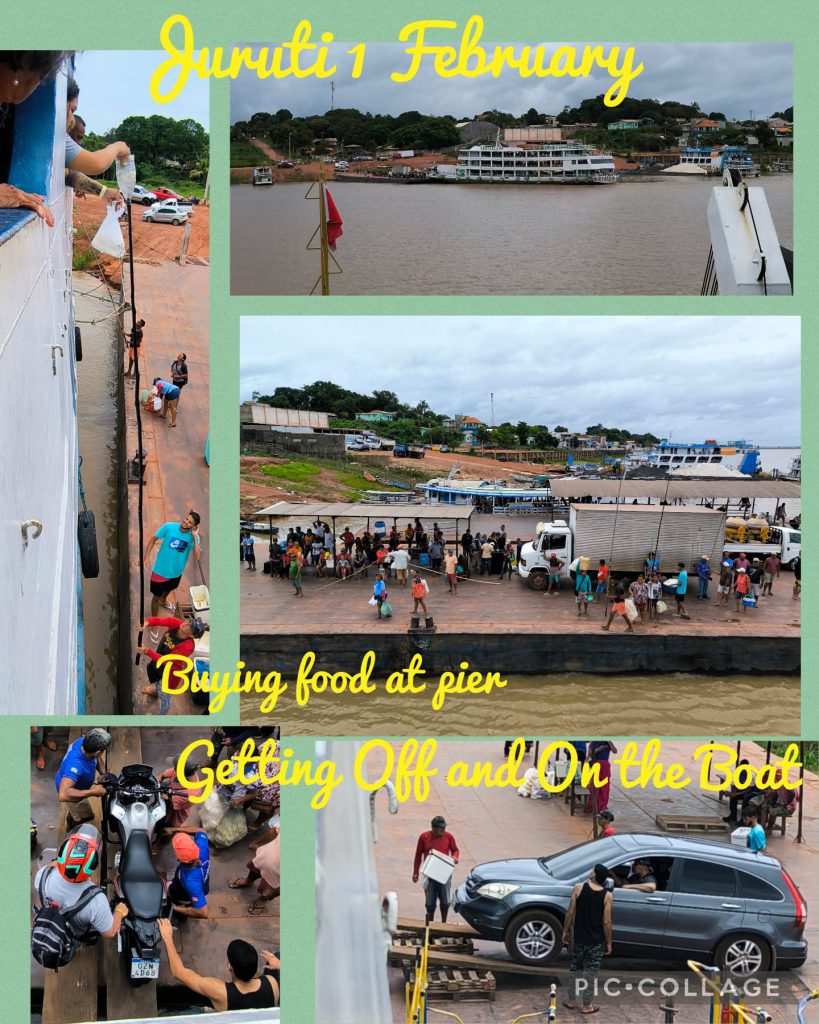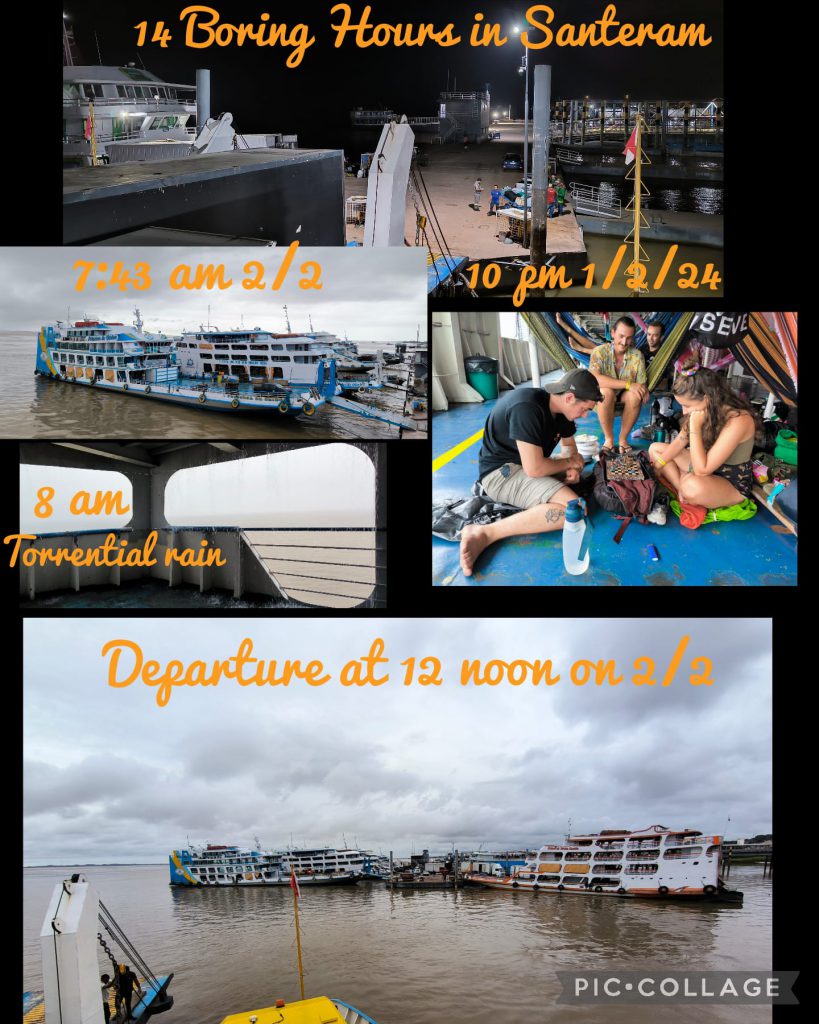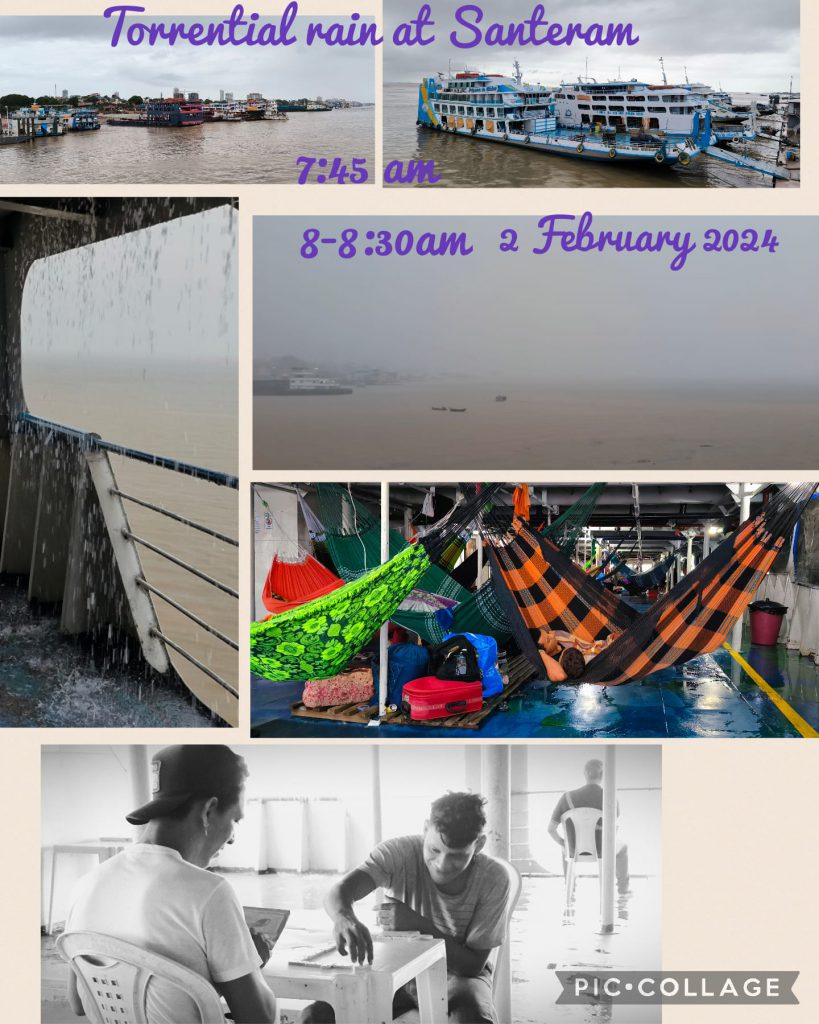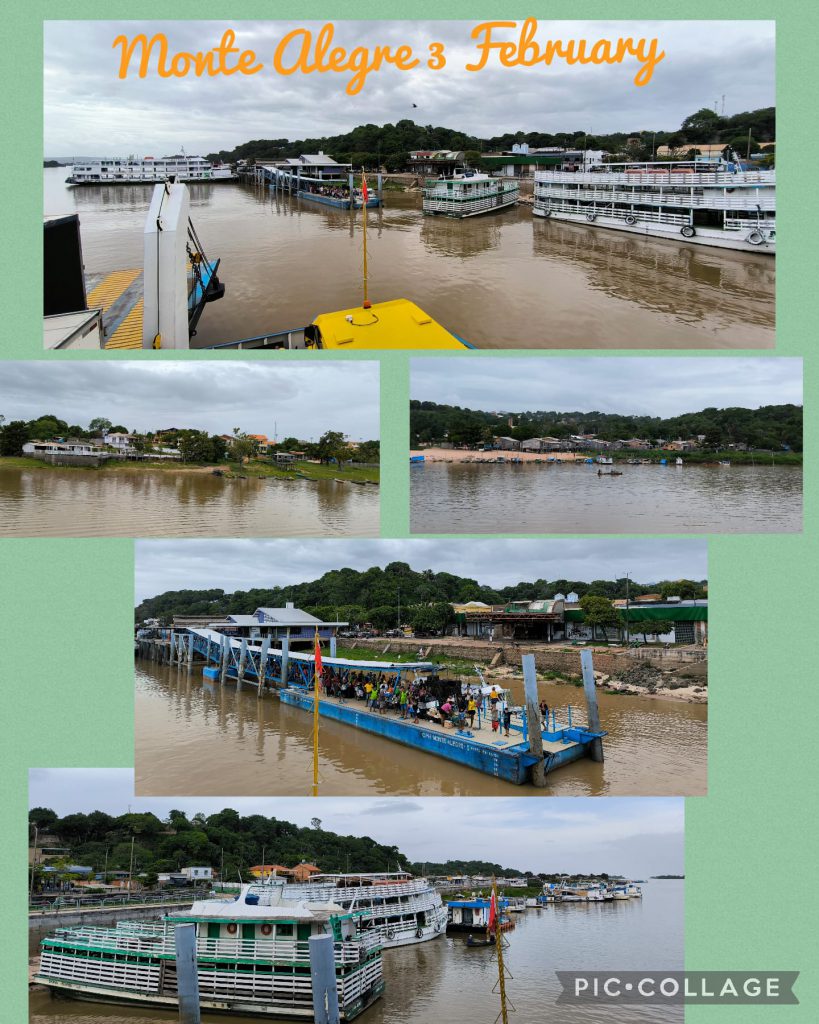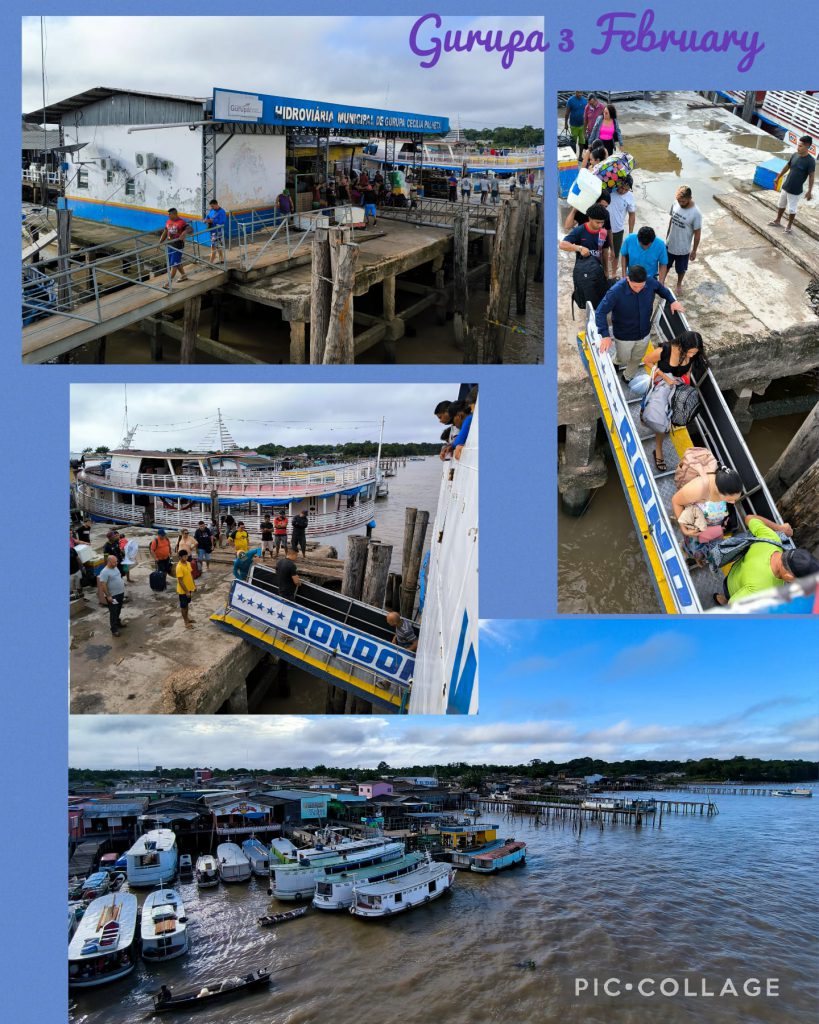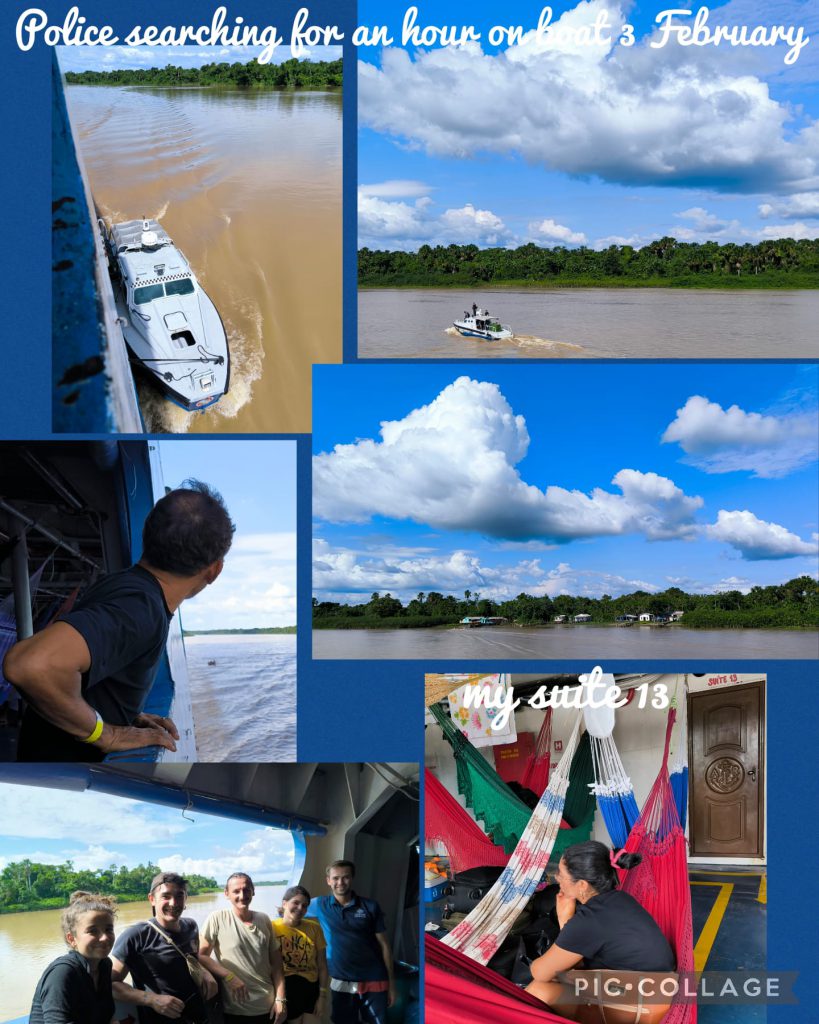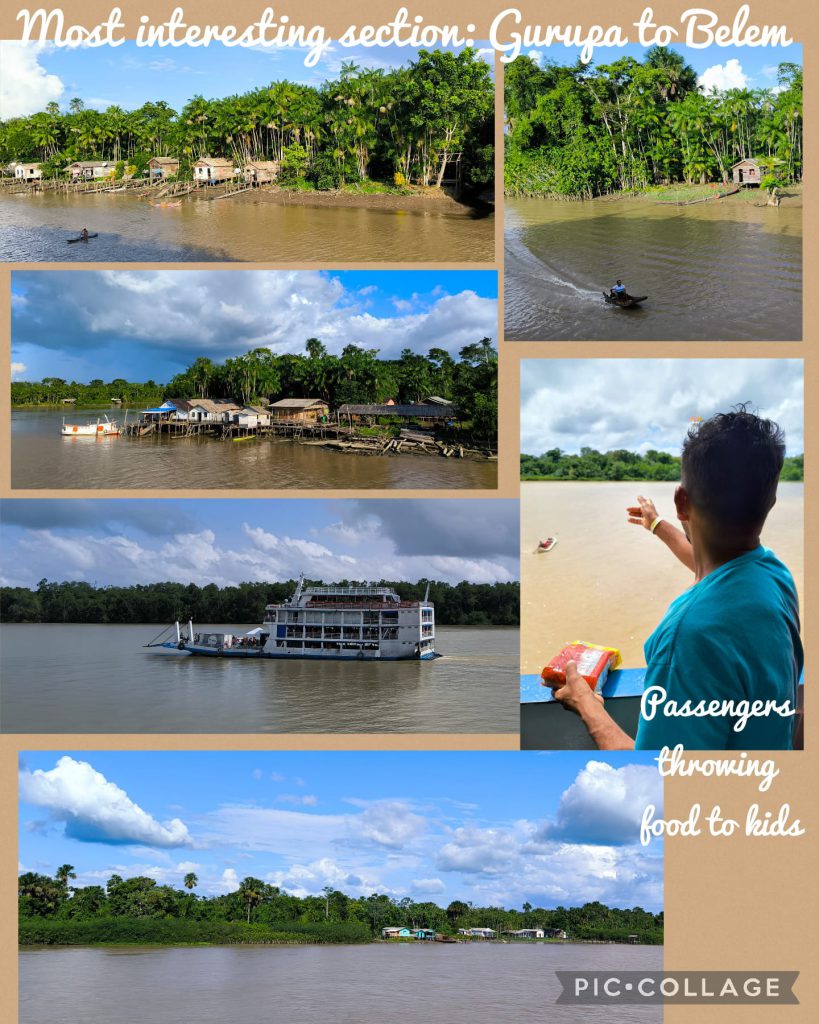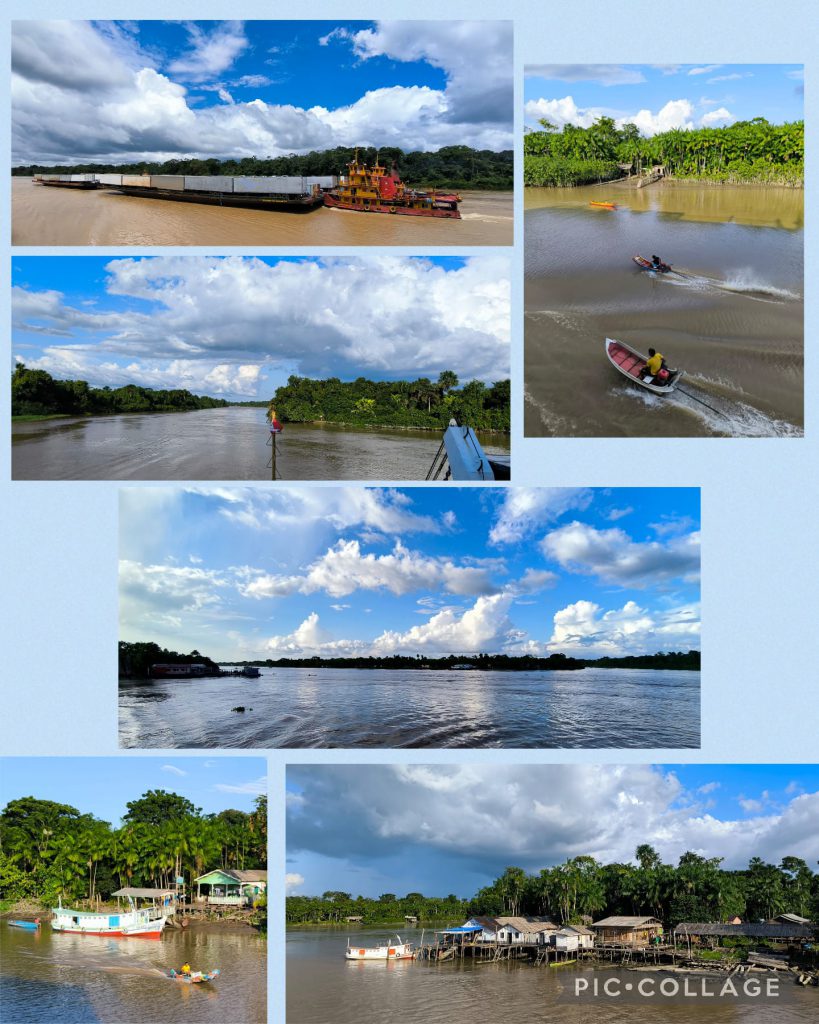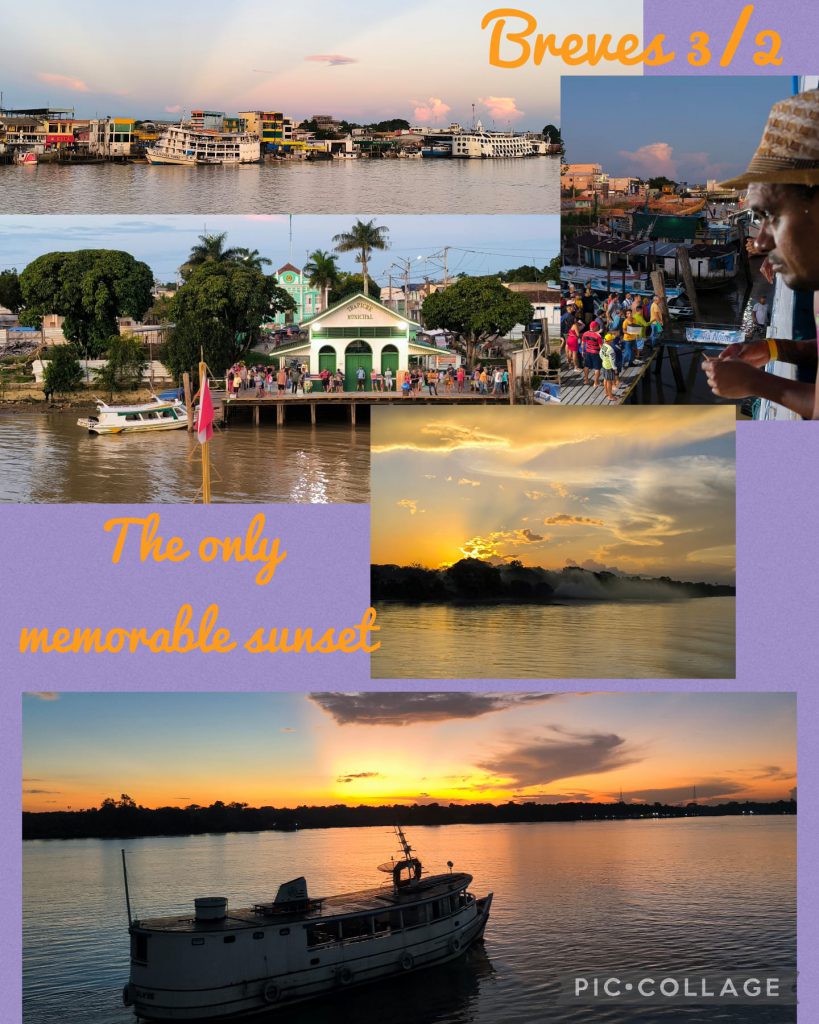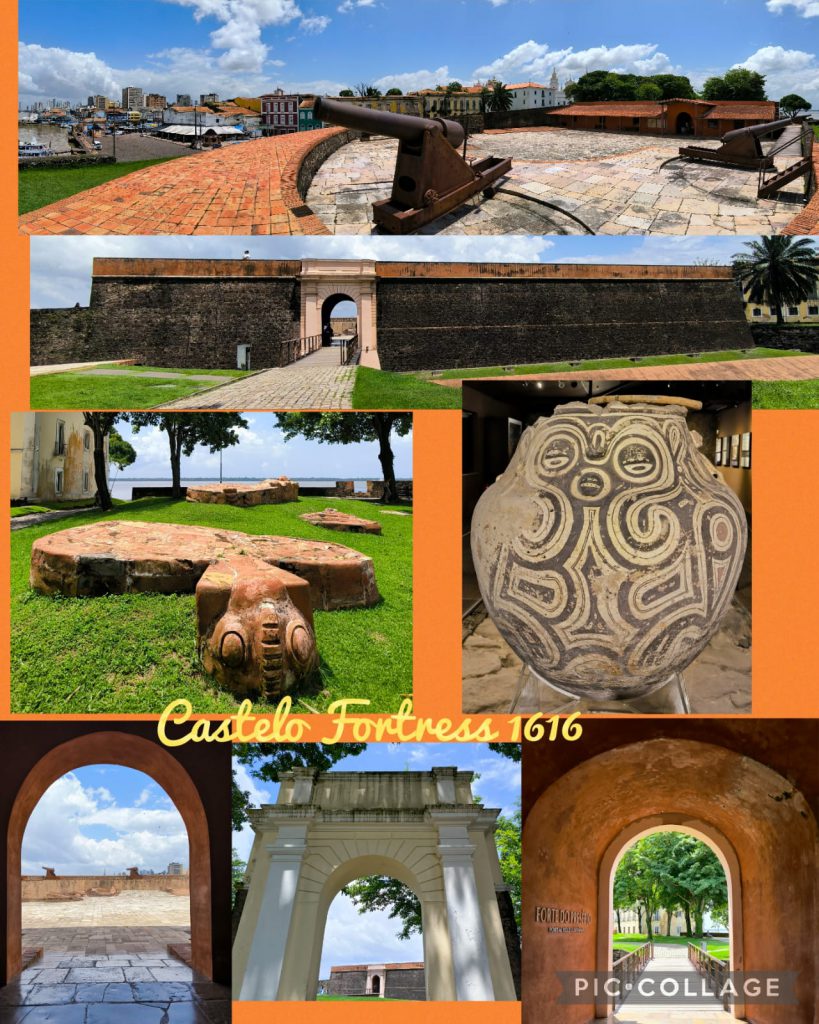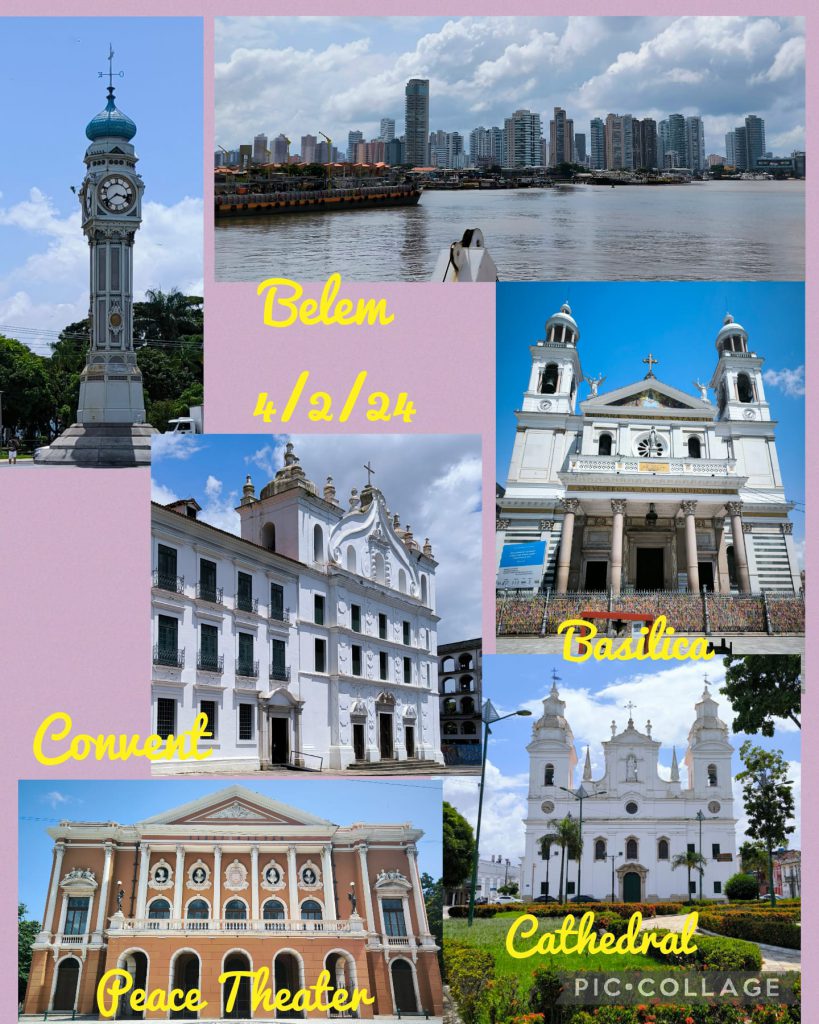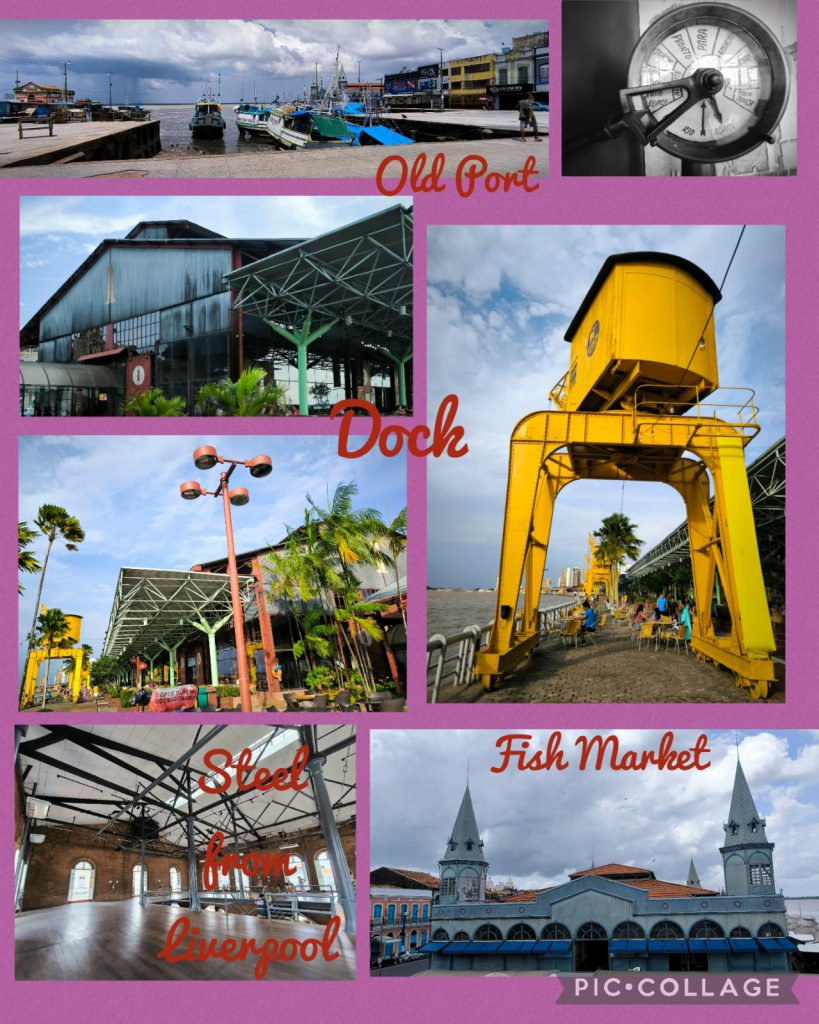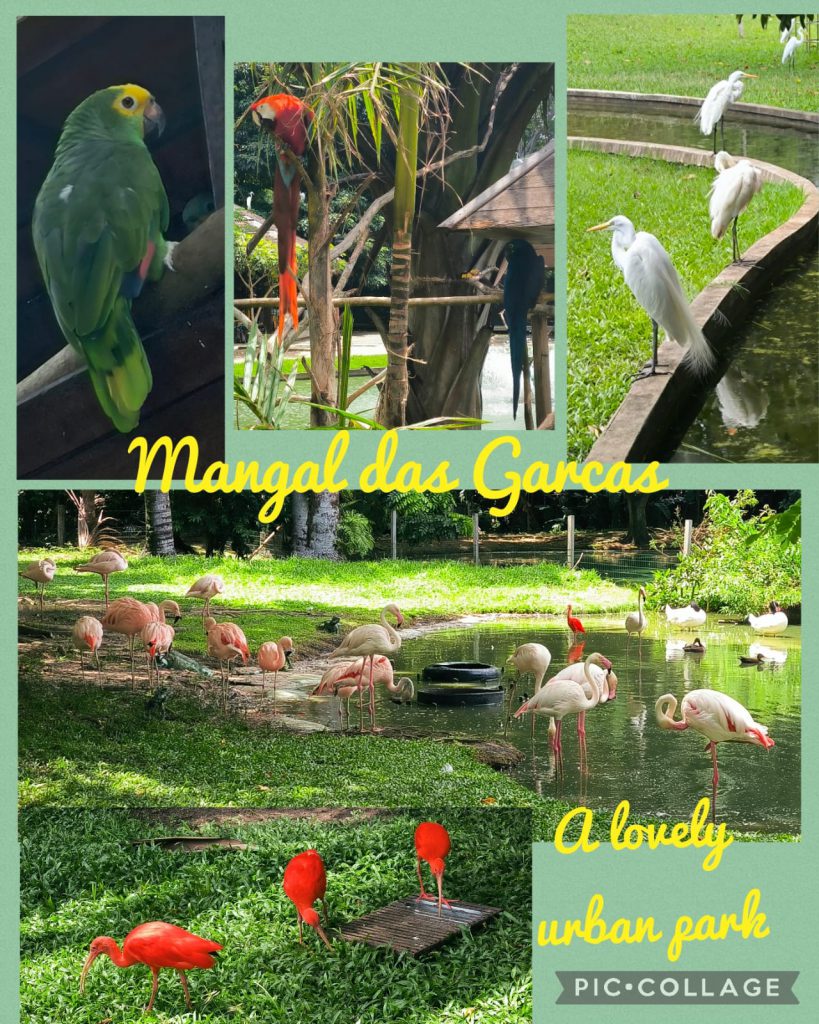Nowadays, I often travel for meeting my family and friends and reunions. This time, a friend would celebrate his 35th birthday on 27 April in Tokyo . As spring is a great time to see flowers in Japan, I took this opportunity to visit a few flower parks before joining my friends in Tokyo, Kamakura and Karuizawa.
Tokyo 23 – 29 April
I took a late morning flight and landed in the Narita Airport, Tokyo around 4:30 pm. The immigration service was very efficient (unlike the bad experience in Osaka last November) and I was on a bus heading to Shinjuku at 5:20 pm. I checked in a WPU Hotel which is very convenient and close to meeting points of the two day trips I had joined.
On April 24, I took a minibus tour (only nine passengers) to Mt Fuji on a rainy cold day. At the first stop – Fuji Motosuko Resort, we were given only an hour to visit a flower park known for Phlox subulata (ground pink). We paid an entrance fee of yen 1,000. While most tourists look for sunny days for selfies, I don’t mind all weathers: it is more atmospheric and moody with drizzle, mist and an overcast sky. The next stop was a spot for a postcard view of Mt Fuji. As it was raining, there was no view at all. We left after five minutes and stopped for lunch. All of us rushed in a mini-supermarket for bento / cup noodles / sandwich. Thereafter we were taken to the Gotemba Premier Outlets for two and a half hours! I headed to Konohana no Yu, a hot spring day spa which open-air baths overlook Mt Fuji. Though there was no view, the spring water proved to be good for my bones and muscles. At 4:30pm, we headed back to Tokyo. Most people on the minibus were disappointed. I took things easy enjoying the journey through mist, rain, spring green leaves and flowers.
On 25 April, I joined a tour to Hitachi Seaside Park in the morning and Ashikaga Flower Park in the afternoon. We set off at 7:30 am and did not return to Shinjuku till 6 pm. The bus was full with over 40 passengers. It took two hours to get to the seaside park: locals as well as tourists all come to see hemophilia. I found the crowd horrifying: I ran into people every single step. As I walked slowly I spent two and a half hours in a small corner of this expansive park enjoying the blue and purple hemophilia, yellow canola flower and watching people and their dog.
We had a bento/lunch box in the bus and arrived at Ashikaga famous for wisteria and rhododendron (azalea) at this time of the year. I spent a whole day in this park on my own in 2019. This time I was only given an hour to see the park. How could one really enjoy and appreciate the flowers when being surrounded by thousands of visitors? As a professional and flexible tourist, I made best use of my time revisiting the old and gigantic wisteria trees. The azalea was in full bloom with gorgeous colours. The park is indeed an extravaganza and the bright and colourful azaleas made me dizzy.
On 26 April, I moved to a hotel in Tsukiji where the famous fish market was once located. As I could not check in till 3 pm, I strolled in the area and had a fish bowl for lunch. I discovered that the Tsukiji Honganji was celebrating from 26 to 29 April the 850th anniversary of Honen (1173-1263) and the 800th anniversary of the founding of the Jodo Sect (Pure Land) of Buddhism in Japan. On the way back to the hotel, I stayed in temple and attended a ceremony. The hall was full and as the scripture was written in Chinese, I could follow the chanting. When I got back to the hotel after 3 pm, Alice also arrived from Hong Kong. We walked around Ginza with a view to finding a nintendo switch (a birthday present for Alan) to no avail. We googled and decided to take the metro to Shibuya which is a vibrant area full of young people. It was an eye-opening experience for me to see this famous game shop in a hip area. Alice and I had a beer after we accomplished our mission before joining Robert, Alan, Reiko, and Tracy for an excellent 8-course dinner at Habukatei in Shinjuku-ku.
Today was the big day for Alan. Robert, Alice and I spent a relaxing and most enjoyable afternoon to experience the neighbourhood in Omotesado Hills. I like the leafy, trendy, and relaxing atmosphere. We began with lunch at Afternoon Tea, an institution in the area famous for cakes. Then we visited a boutique shop to buy watches. We ended up in another shop buying pottery and drinking sake! In the evening, we had a sumptuous 8-course dinner in a French restaurant to celebrate Alan’s birthday. What a great day!
On 28 April, I spent a day with friends in Kamakura. We visited a friend’s holiday home in Enoshima with a lovely sea view on one side and Mt Fuji on a clear day from the other side. After spending a leisure morning strolling around and having a Thai lunch, we headed to Genjiyama Park to meet architect and ‘minka‘ expert Yoshihiro Takishita. His passion for wood and preservation of minka are admirable. We spent two hours talking about architecture, minka and art. Inspiring! We returned to Tokyo and had beef for dinner. But I had too much meat which upset my stomach.
Karuizawa 29 April – 1 May
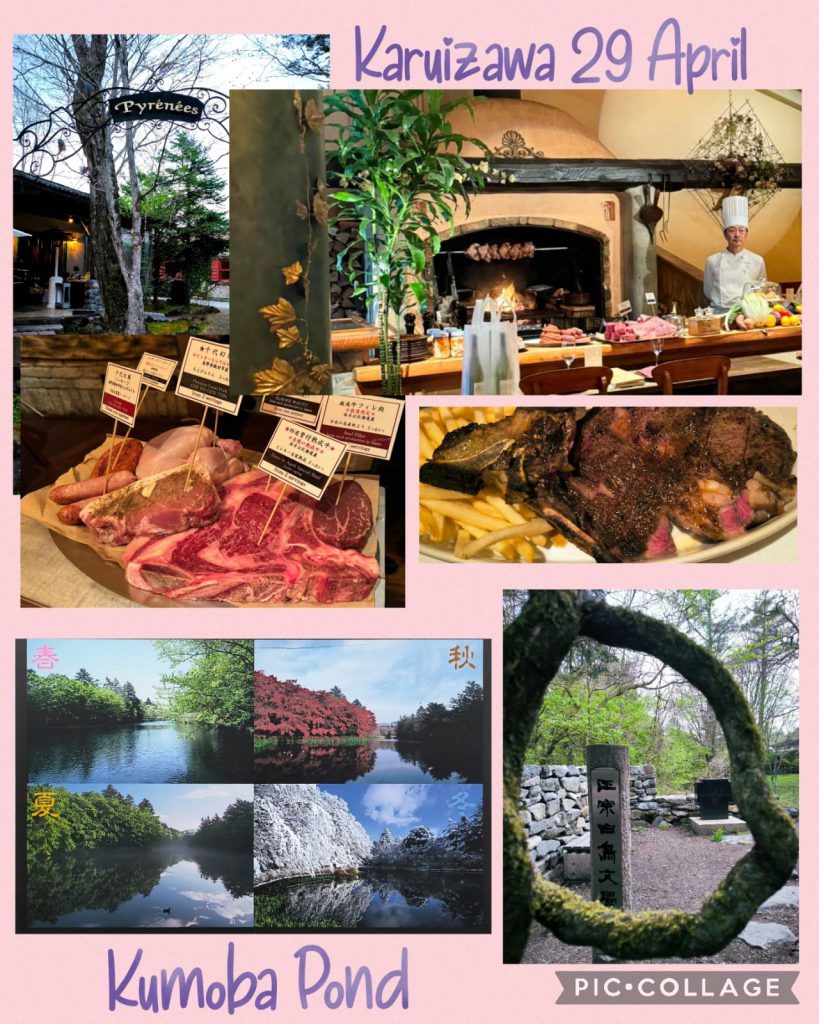
I got up early from a sleepless night and attended a morning ceremony at Tsukiji Honganji from 7 to 8 am. Only a small number of Buddhists came and I once again could follow the chanting. The setting, clothes, decorations, music and rituals are different. I returned to the hotel doing nothing till I checked out at 11 am. I went straight to the Tokyo train station to wait for the 2 pm train to Karuizawa as I was in no mood to walk around. Tracy and I arrived in Karuizawa before 3:30pm. This was my second visit and I walked to the Kumobo Pond which still looked lovely. At 7:30pm, Robert, Alan, Tracy and I had another sumptuous dinner with wine, grilled beef and chicken at a nice western restaurant called Pyrenees.
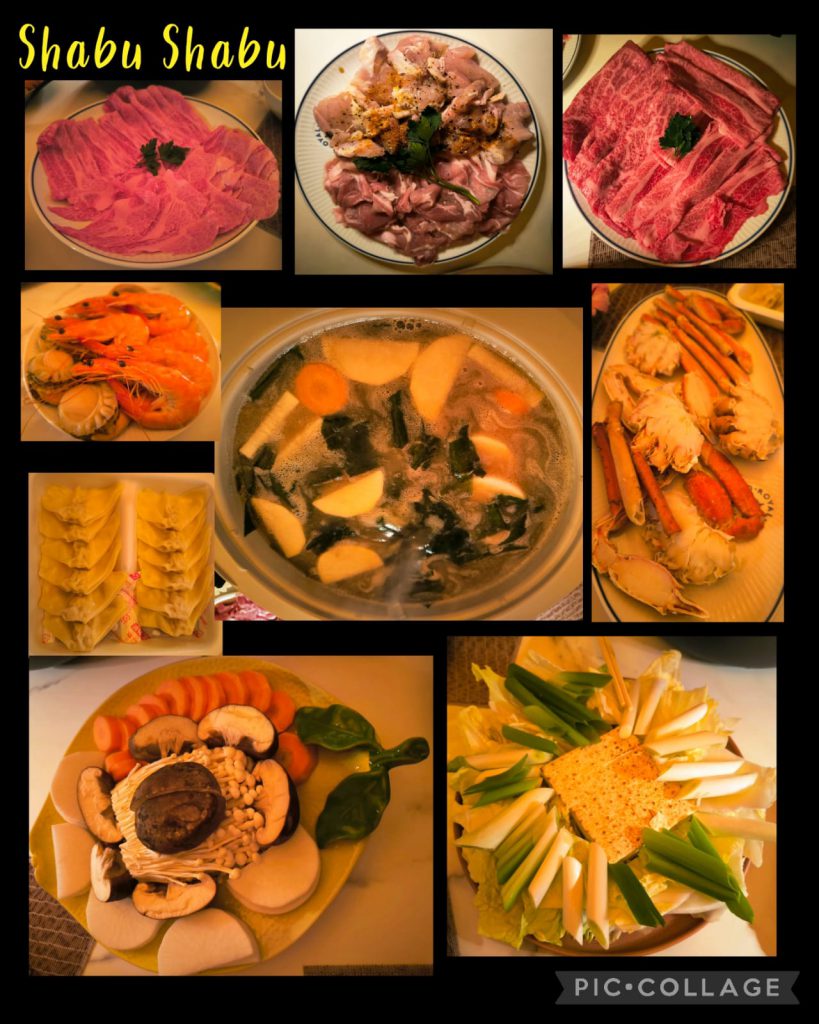
We started the day on 30 April with drizzle. Despite the weather, we had a great busy day. We started off with a brunch finishing 1.5kg of soba in a typical noodle restaurant in Ginza shopping street in old Karuizawa. Then we visited the Shiraito Waterfall measuring 3m in height and 70m in width, in a lush forest. The next must-see is the Kumanokotai Shrine located at 1200m at the border of Nagano and Gunma Prefectures. I saw three elegant dogs that I have never seen before . The last stop was the Stone Church built with stone and glass in 1988 by American architect Kendrick Bangs Kellogg in honour of Uchimura Kanzo, the Japanese Christian evangelist who founded the Nonchurch Movement in 1901. It is now a popular wedding venue. We were delighted to enjoy a nice cup of coffee in Bakery and Restaurant Sawamura that was opened in 2015. In the evening, Robert invited Tracy and I to his new vacation home which is a dream house! We had delicious shabu shabu paired with nice white and red wine. A great day!
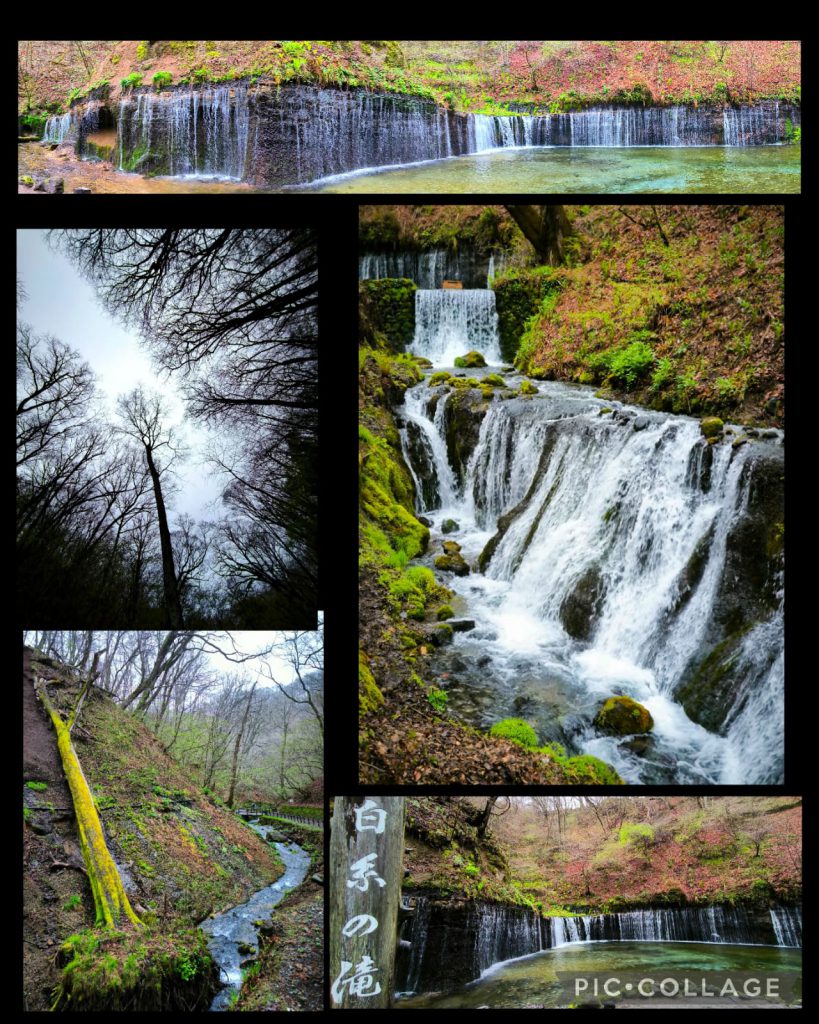
Shiraitor Waterfall 
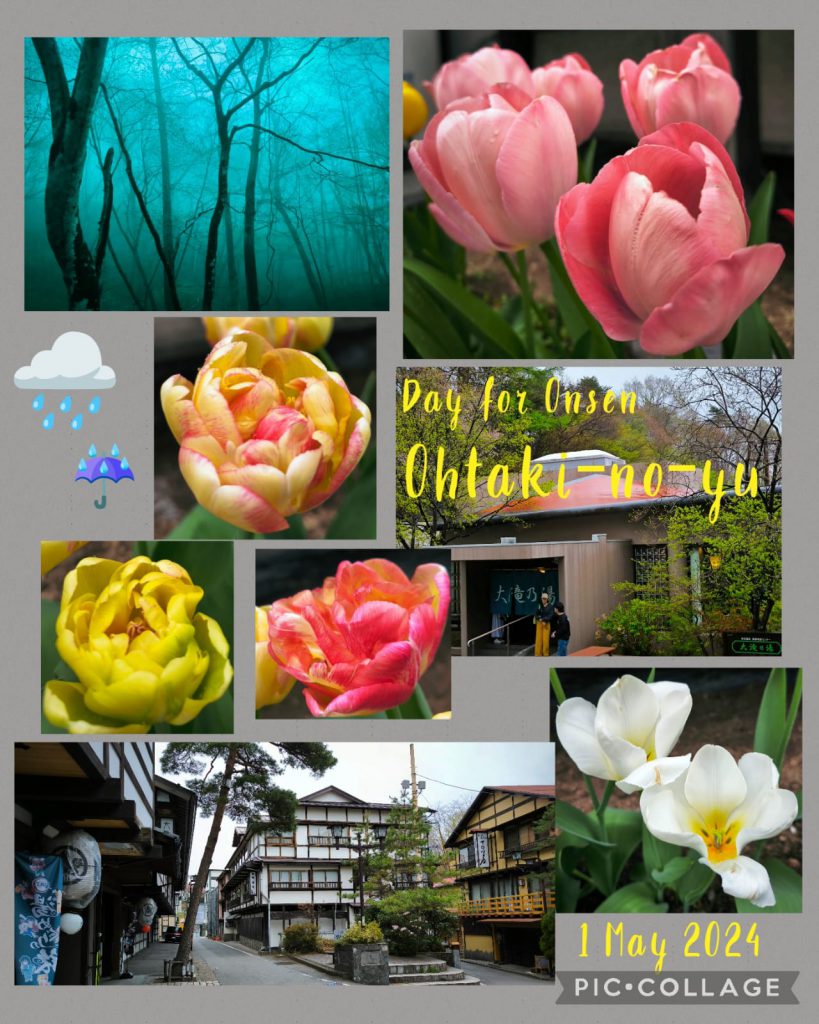
The weather on my last day in Karuizawa was bad, cold and miserable. I took the 8:04 am bus to Kusatsu Onsen in Gunma Prefecture which is one of Japan’s three most famous onsens (the other two are Arima Onsen in Hyogo Prefecture and Gero Onsen in Gifu Prefecture). Kusatsu Onsen boasts the largest flowing water volume of all hots springs. The water is one of Japan’s most acidic. It is a small town with lots of hotels and eateries.
The first place I visited was the Kosenji Temple located up in the hill above Yubatake. The temple celebrates the glory of Kusatsu Onsen and has many monuments including a famous Edo poet Issa Kobayashi (1763-1827). Once again, I paid respect to Kobo Daishi here. I walked around the amazing Yubatake. Then I wandered around the narrow lanes, sampling the local pudding before finding my way to enjoy a soak in Ohtaki-no-yu. It charges a high entrance fee of yen 1100. But I am not impressed and only stayed for an hour. The onsen experience in Mt Fuji is much better. When I left, it poured with rain. As I had no umbrella, I took shelter in the cafe having a drink and noodles for half an hour. I planned to take the 2:50 pm express bus back to Karuizawa and decided to walk in the rain to the bus terminal. The rain was so heavy when I got back to Karuizawa. Having got myself an umbrella, I went shopping buying a T-shirt, a pair of pants and a windbreaker in a small local shop run by an elderly lady. She looked so happy to see me and I spent almost an hour there! A highlight of my day!
May 2 Tokyo- Hong Kong
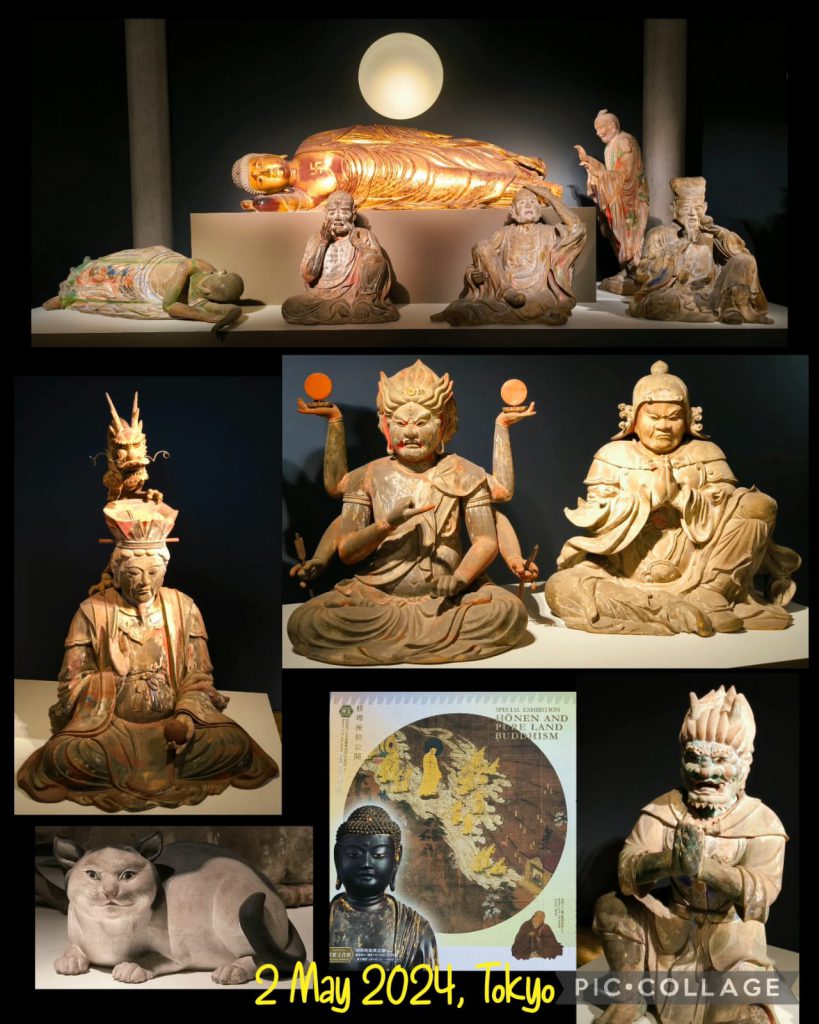
My plane would depart at 5 pm. I decided to take the 8:17am train to Ueno so that I could visit the garden or a museum in the morning. It worked out well and I spent two hours looking at the special exhibition “Honen and the Pure Land” in the Tokyo National Museum, to mark the 800th anniversary of the founding of the Jodo sect. The exhibition is indeed impressive tracing the history of the Jodo sect through an extensive collection of national treasures and cultural properties owned by Jodo sect temples across Japan. The oldest exhibits dated back to the 13th century. They include invaluable notebooks, illustrated biographies, paintings, sculptures, calligraphy and Buddhist scriptures etc. Japanese are perfectionists: the meticulous way they have preserved these Buddhist treasures is most admirable. As a Buddhist, I could have spent a whole day with an audio guide to better understand the Jodo sect and to fully appreciate the excellent exhibits. But I had to leave around midday to take the Keisei Skyliner to the airport. Everything went smoothly and I landed in Hong Kong as scheduled at 9 pm.

